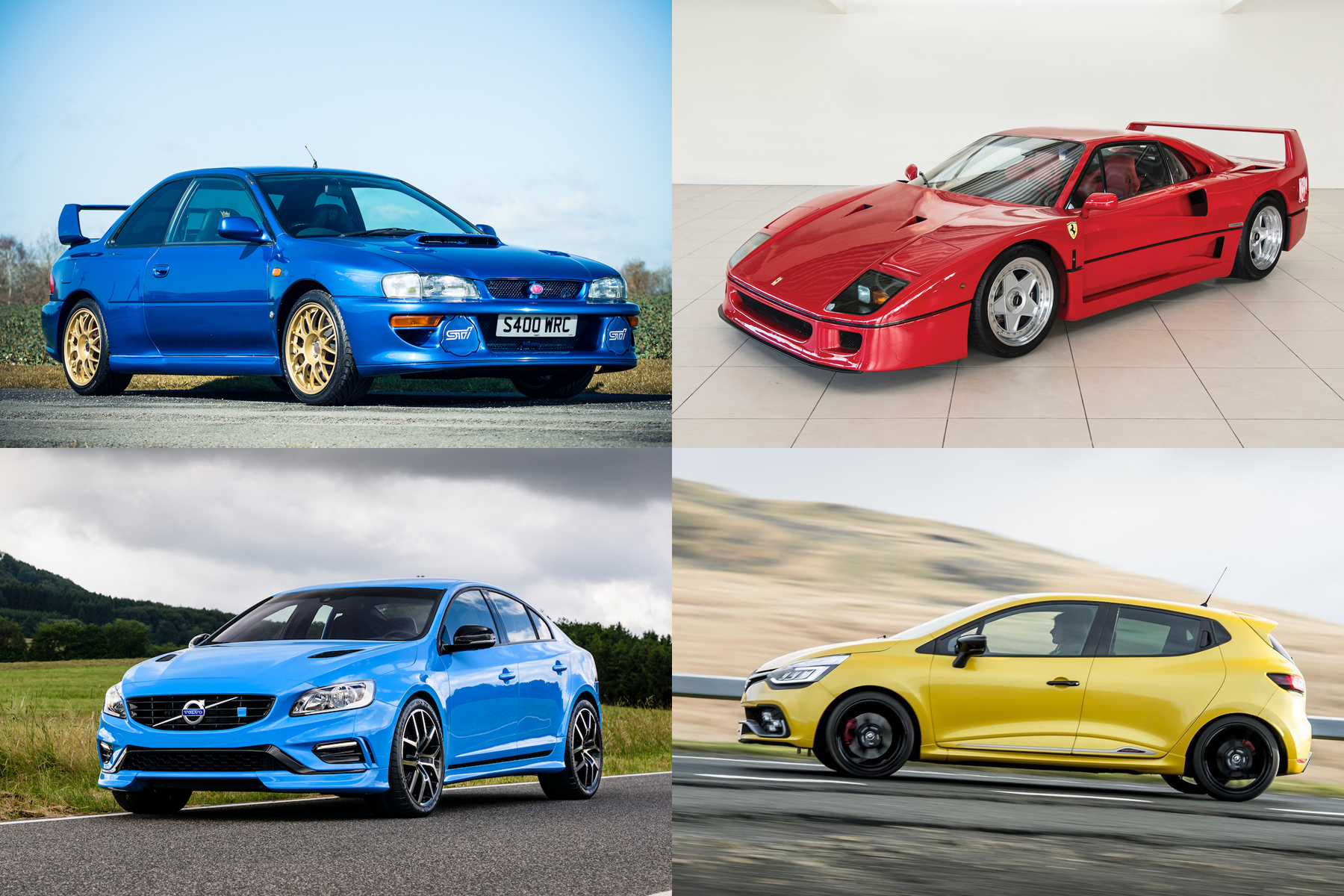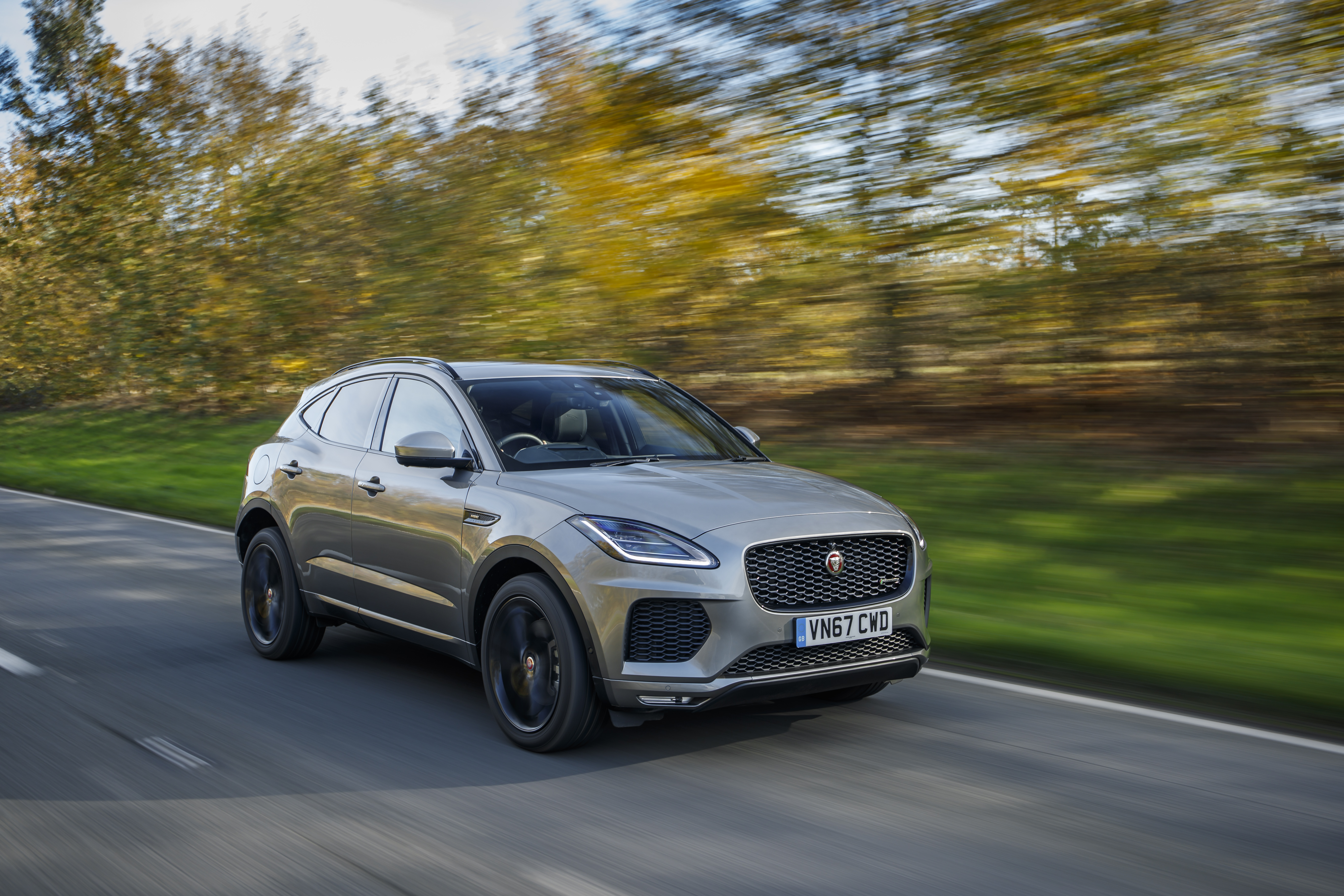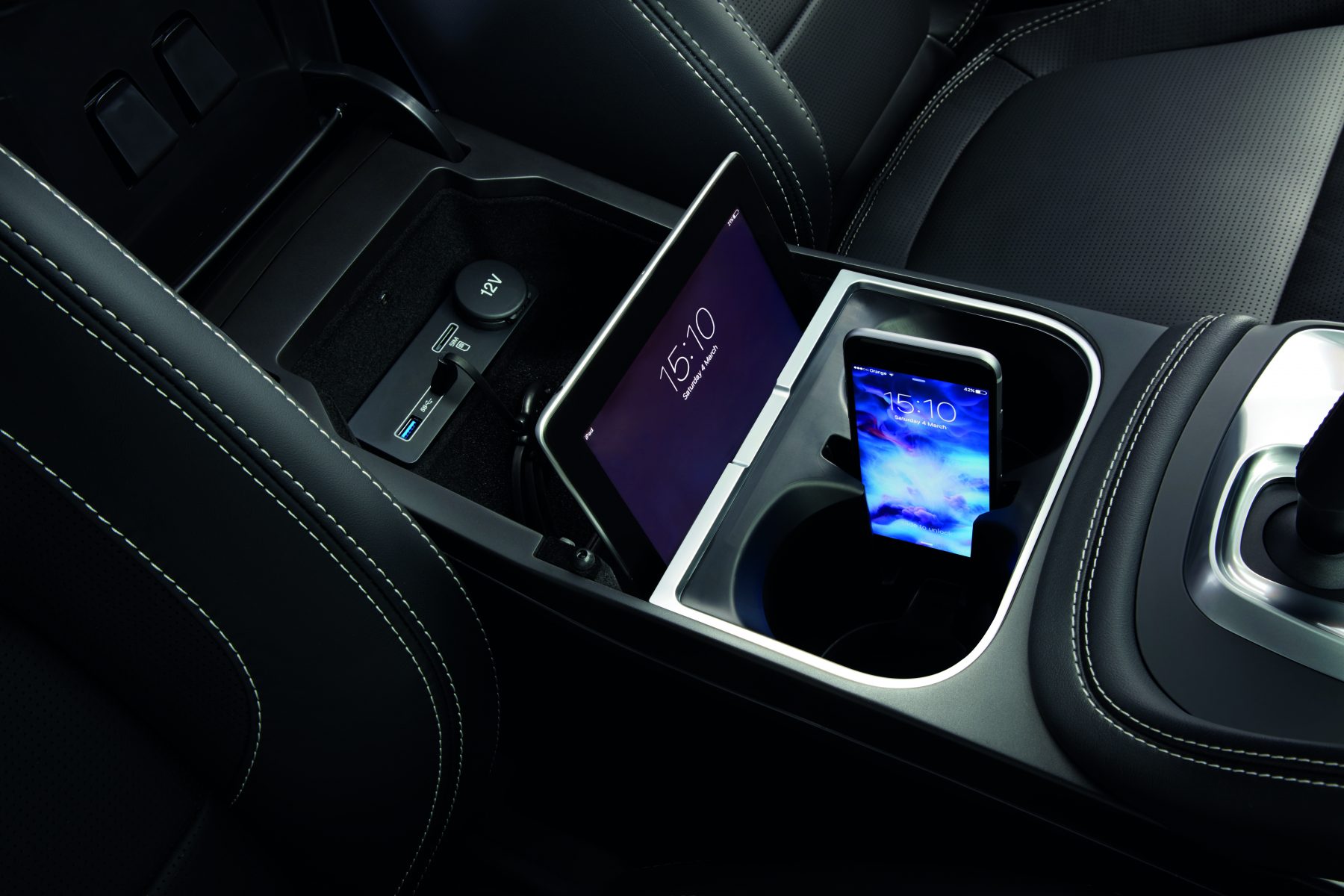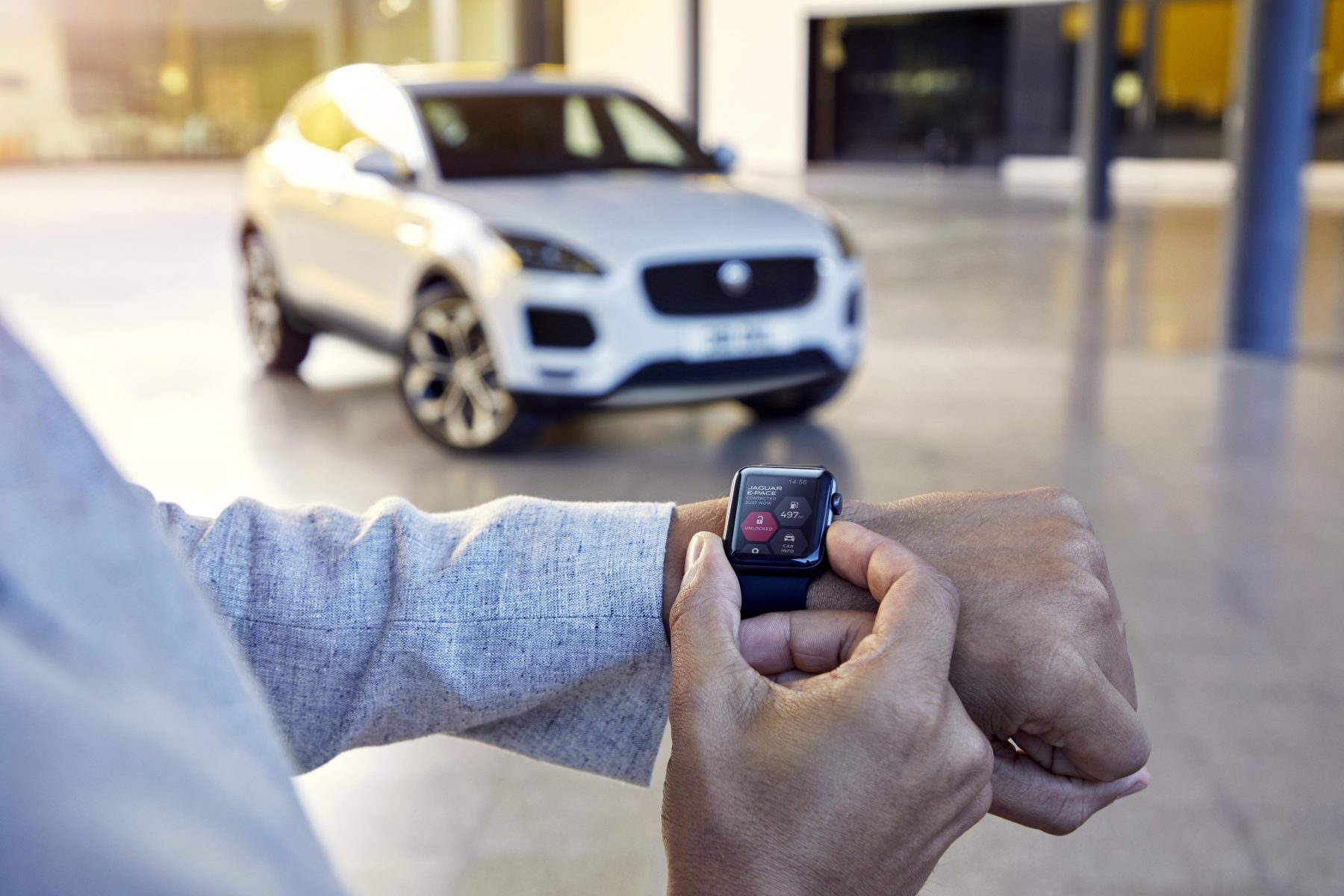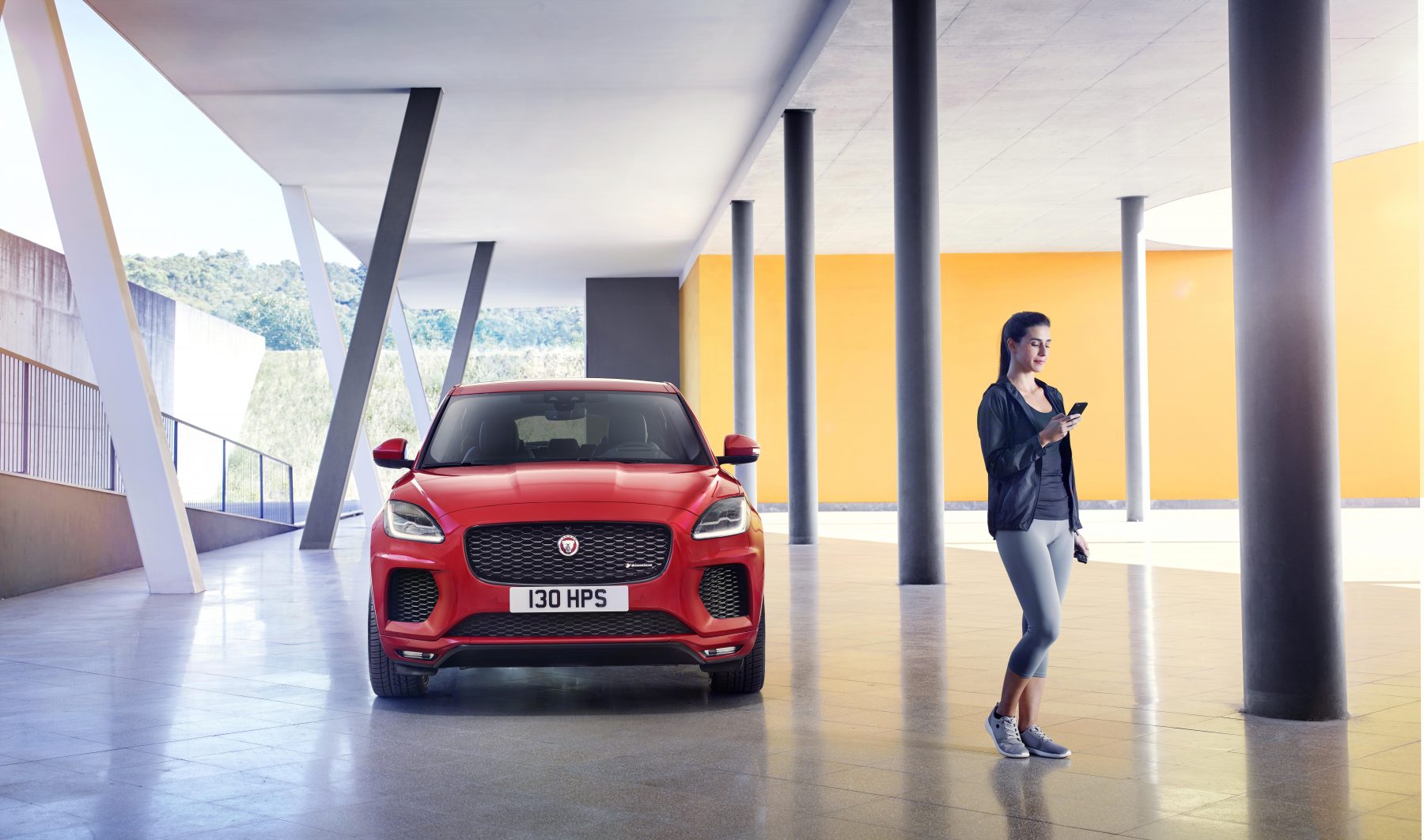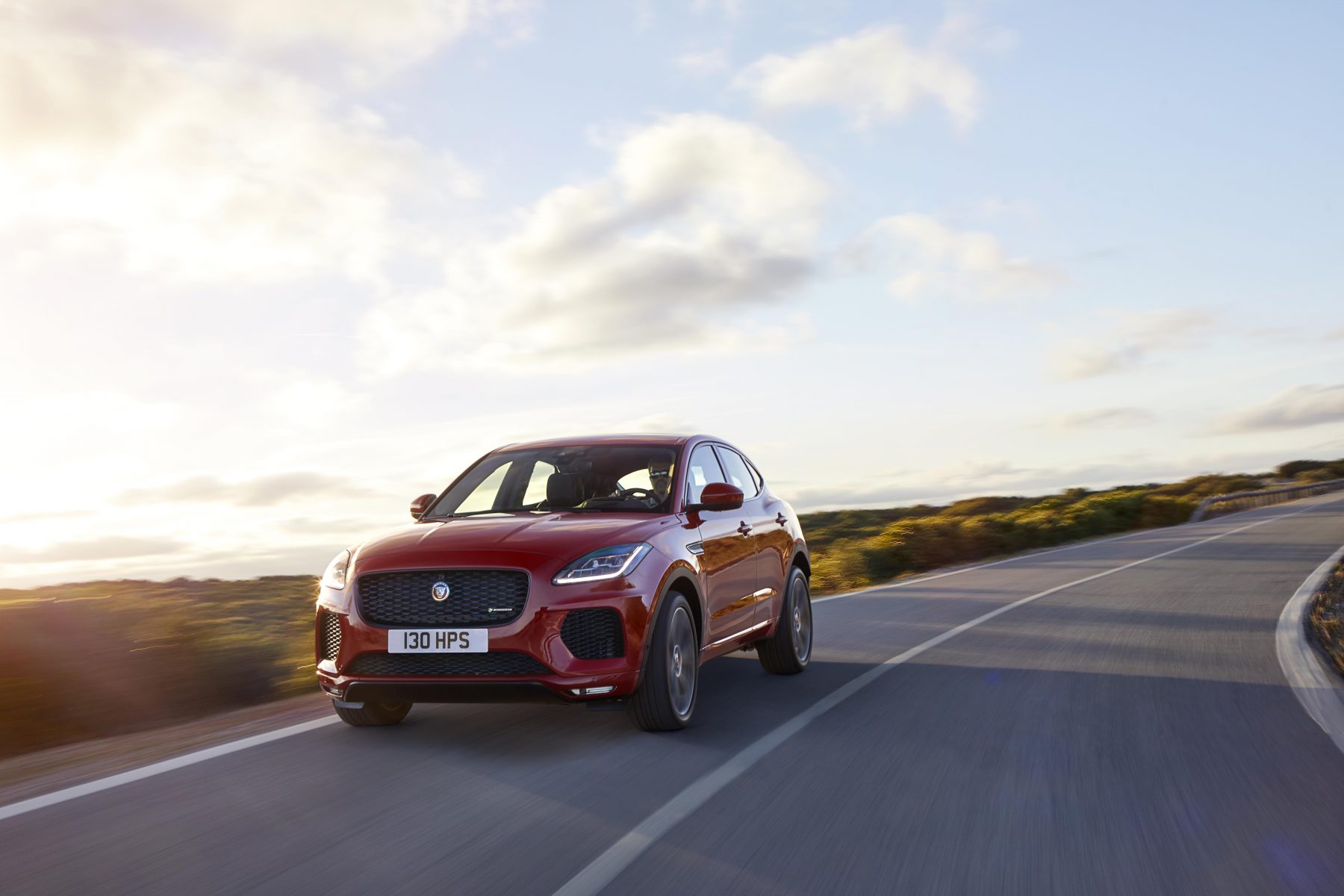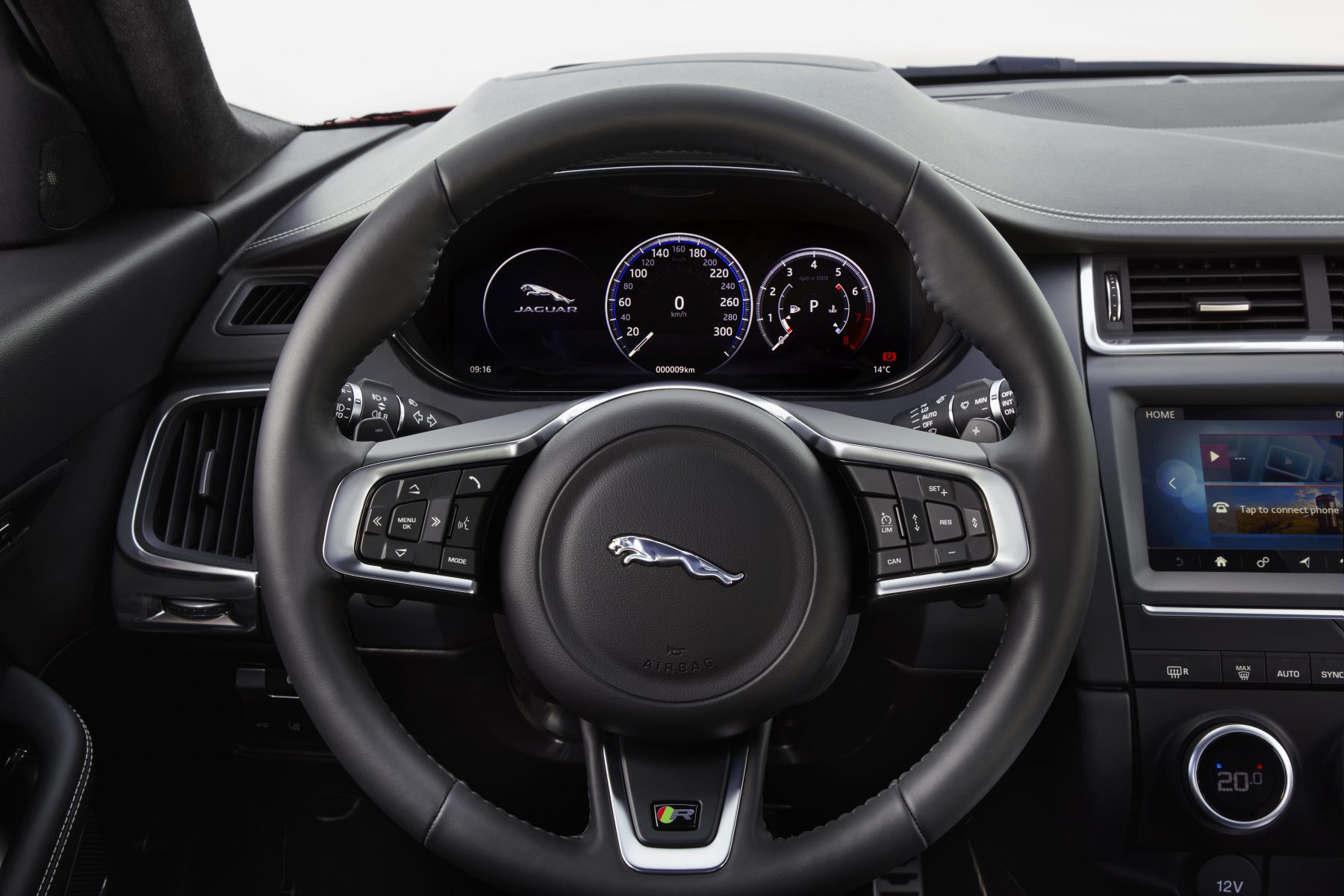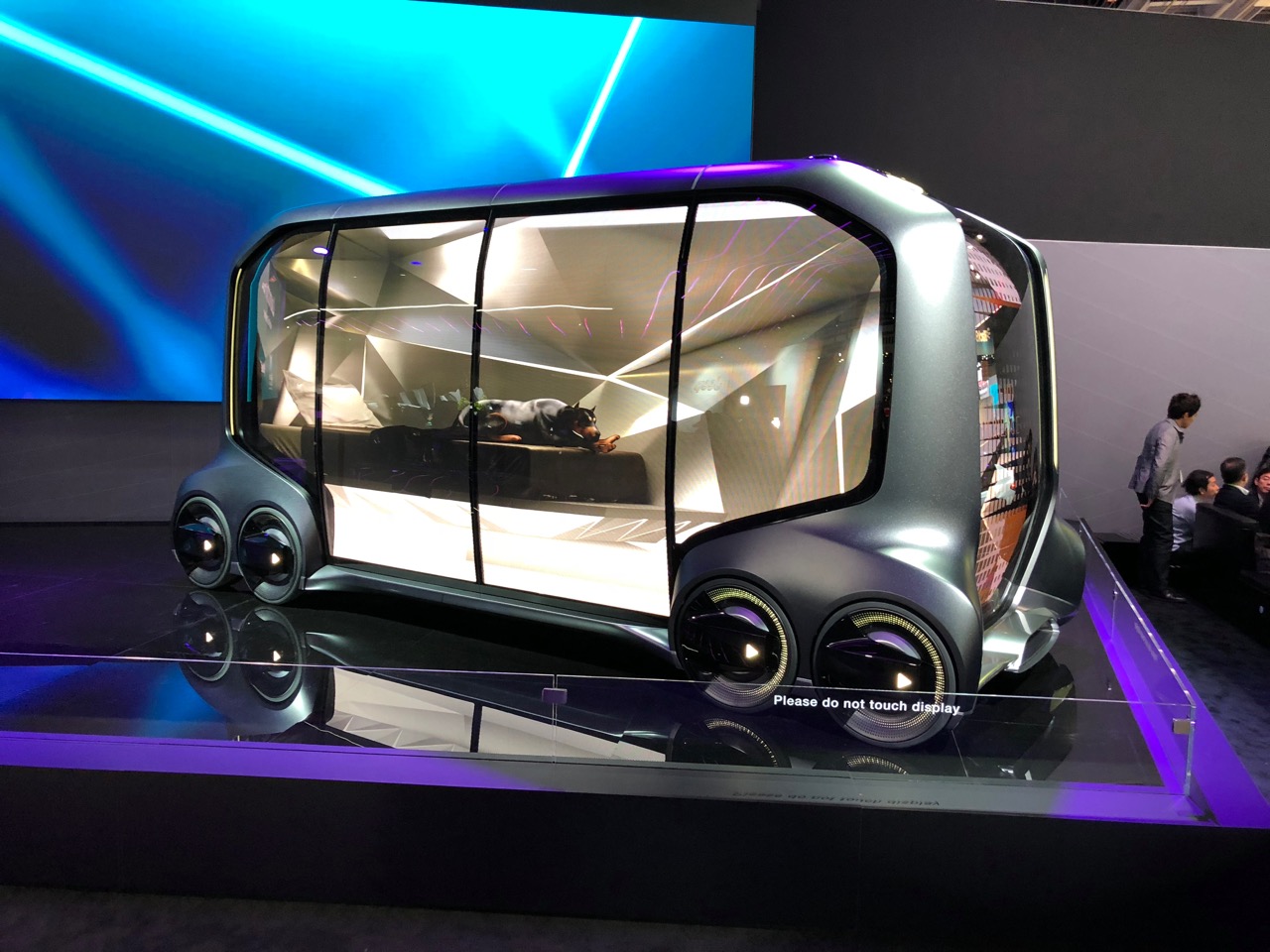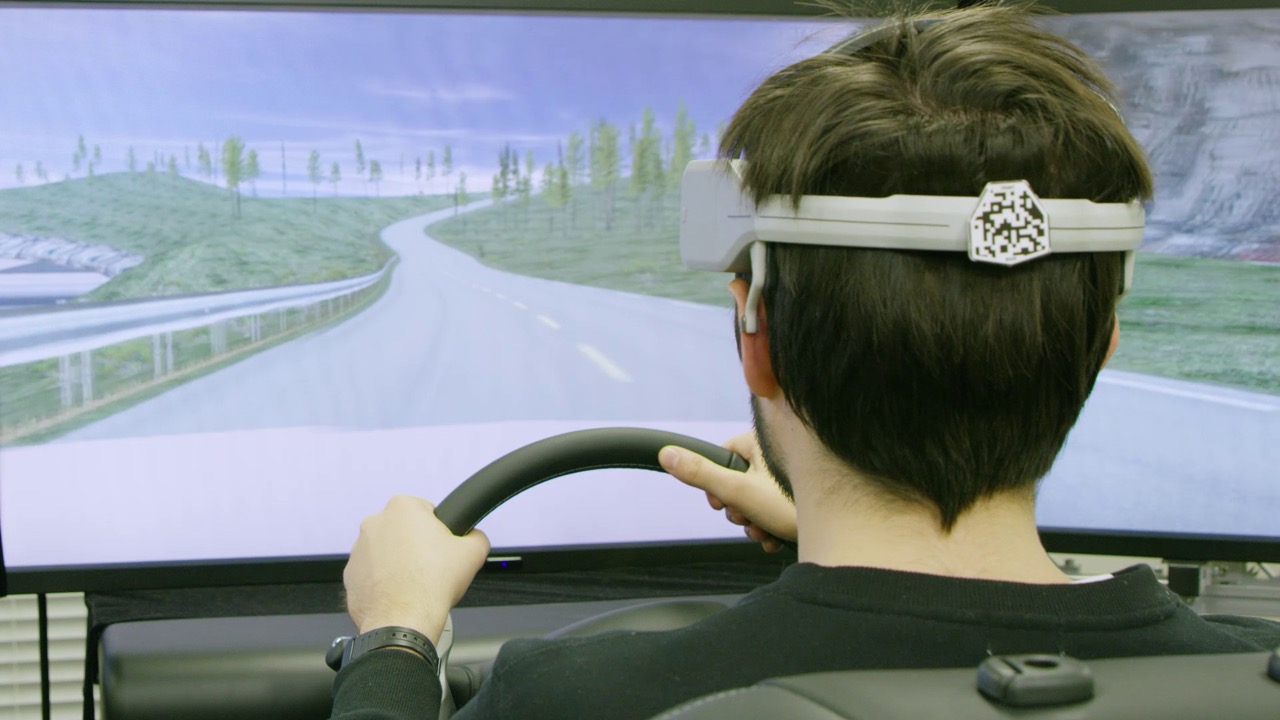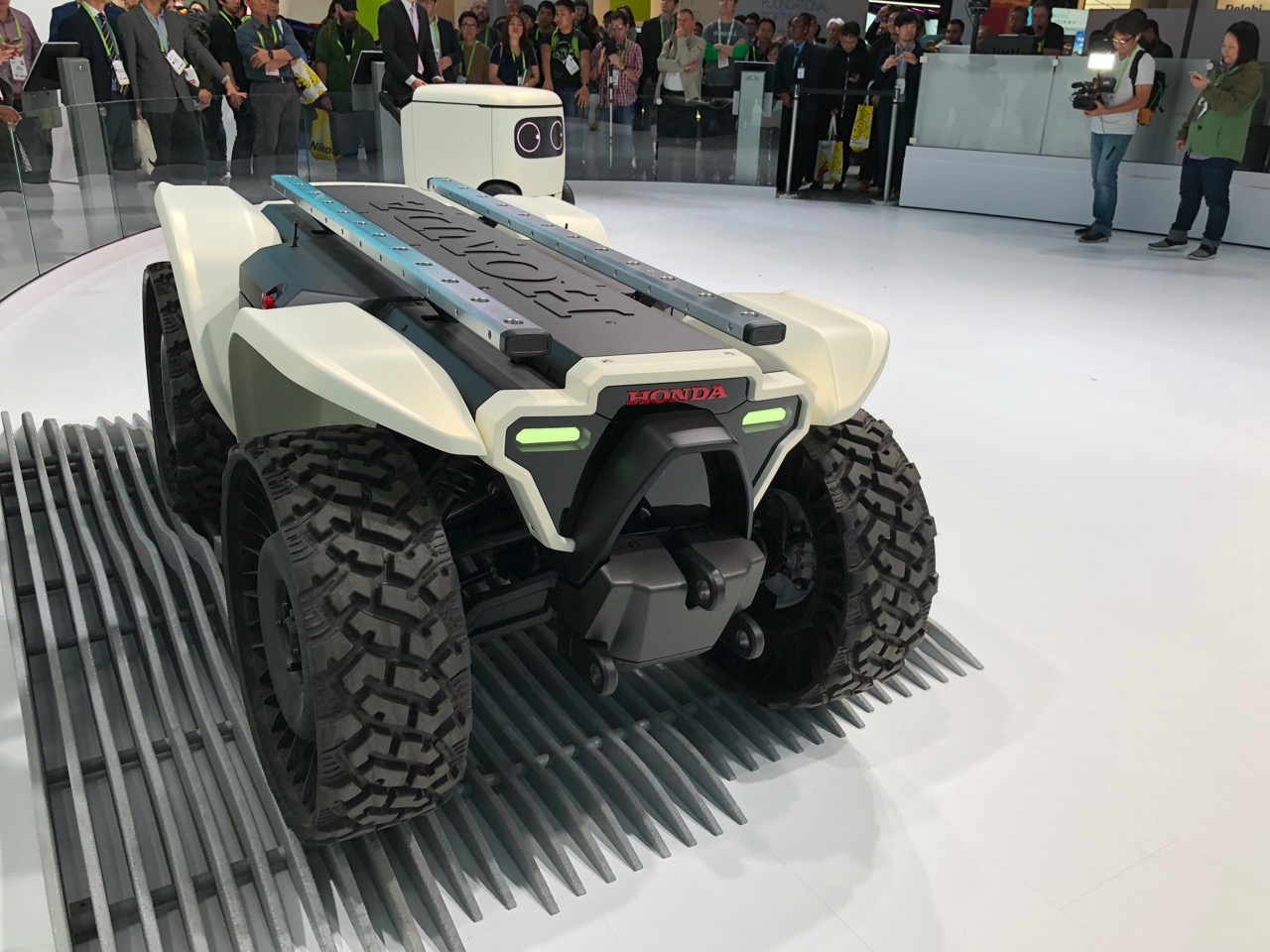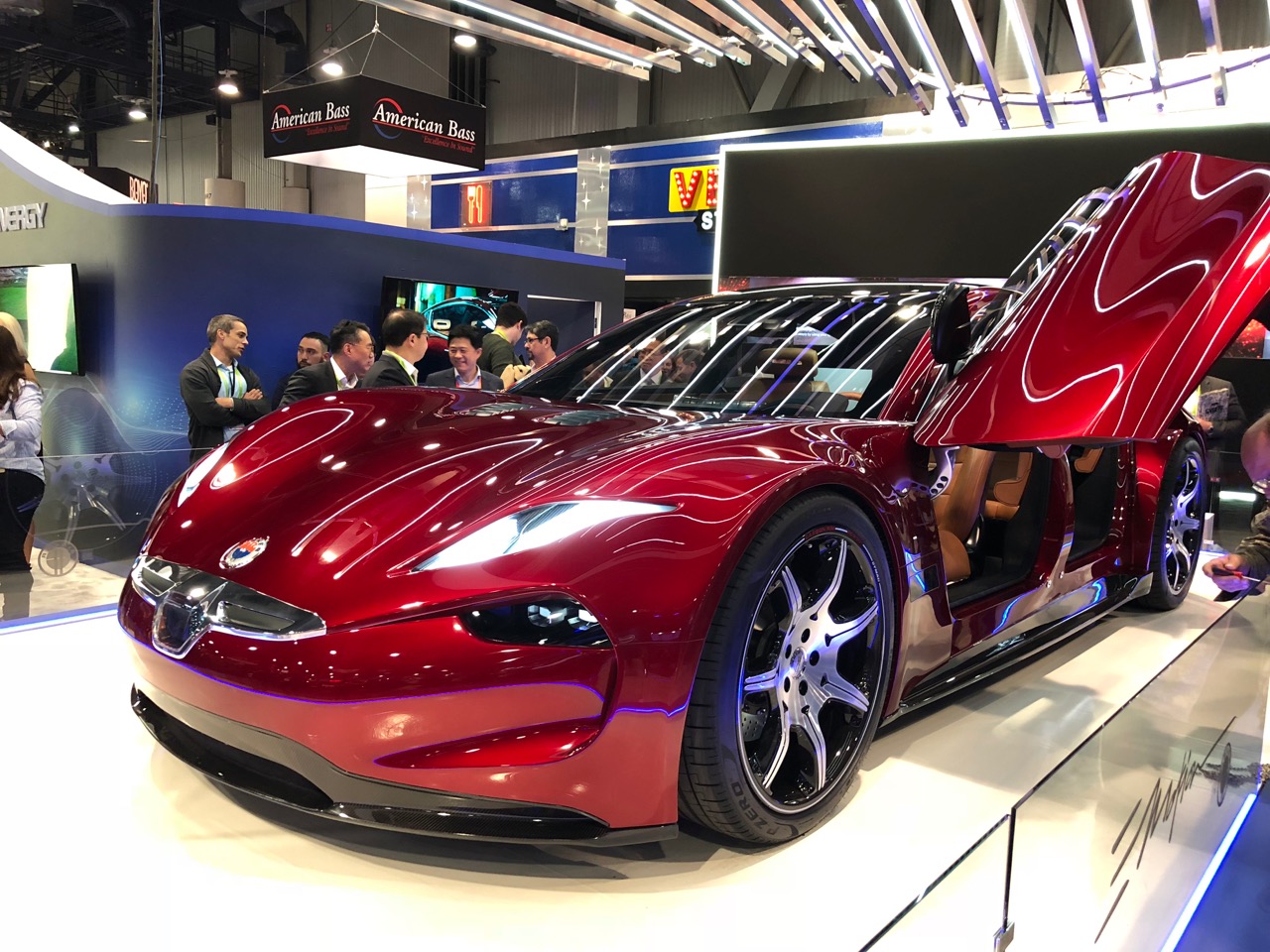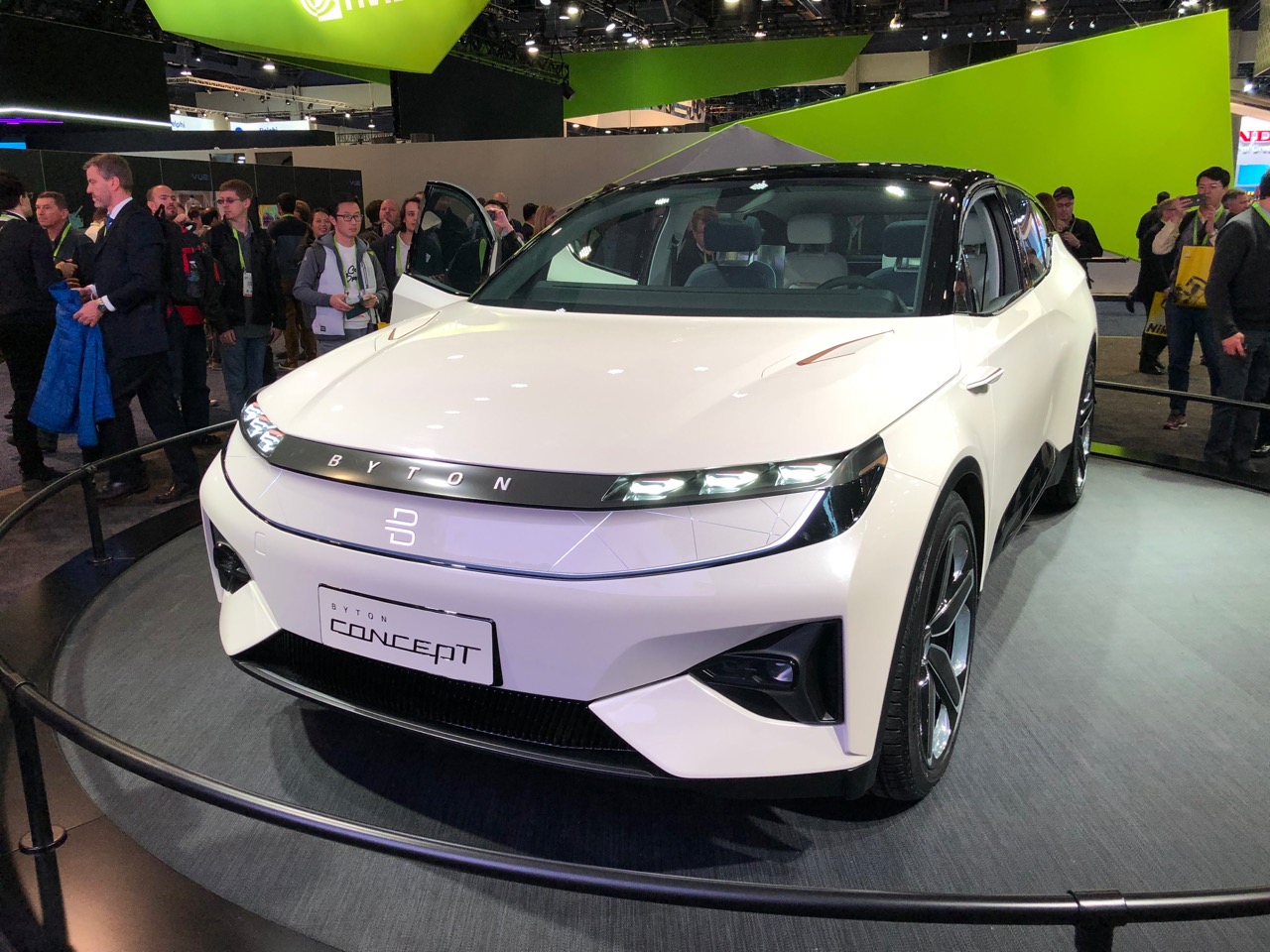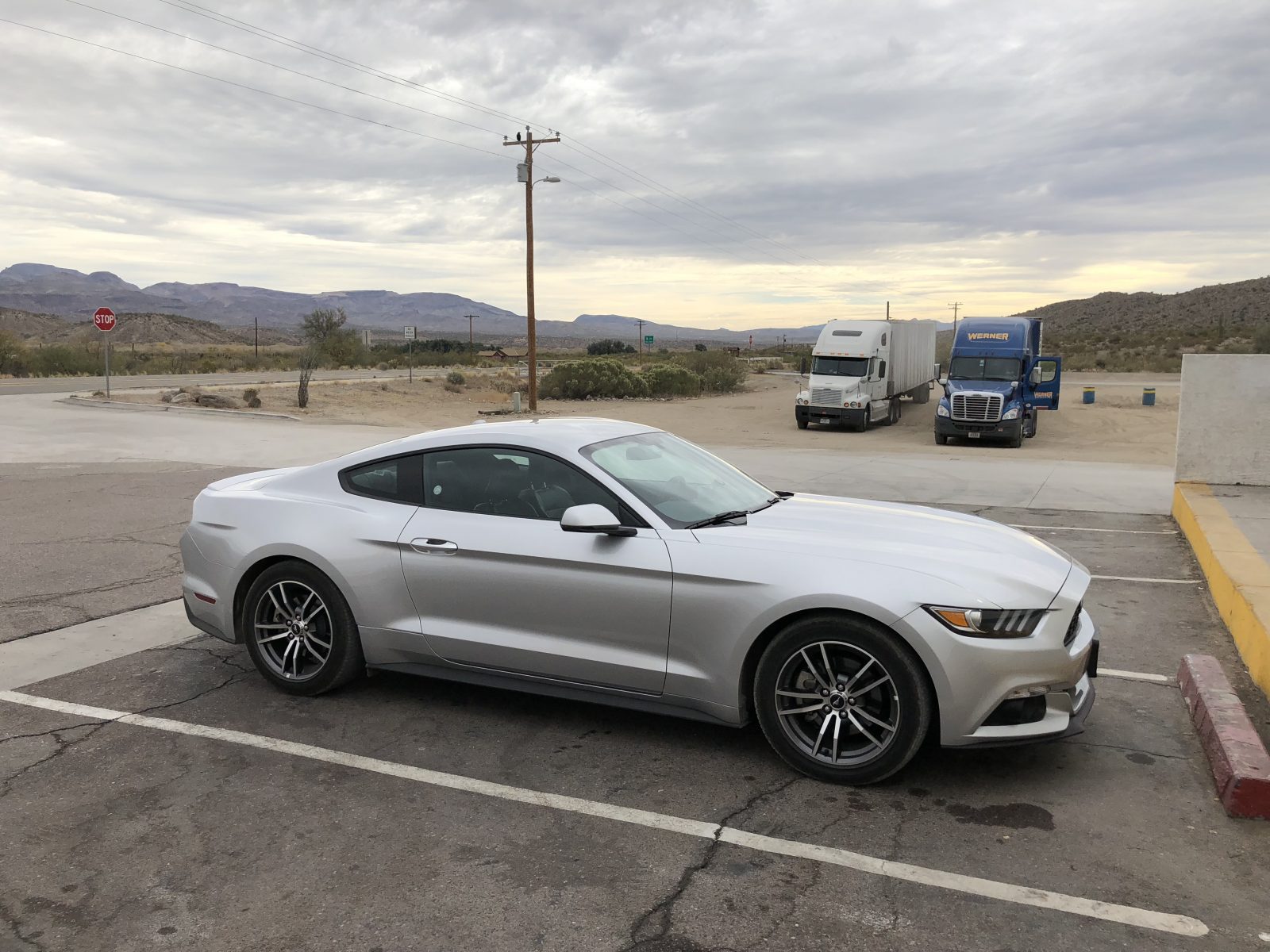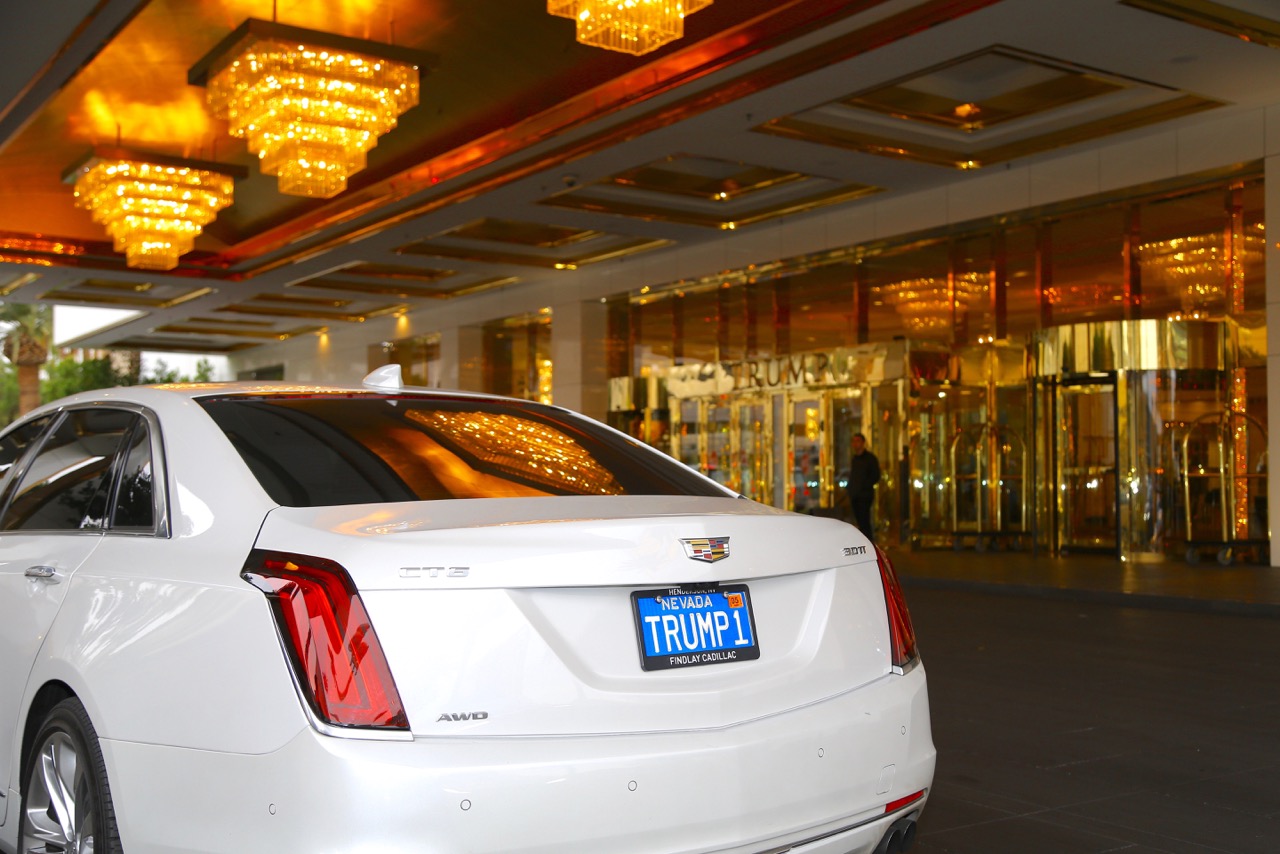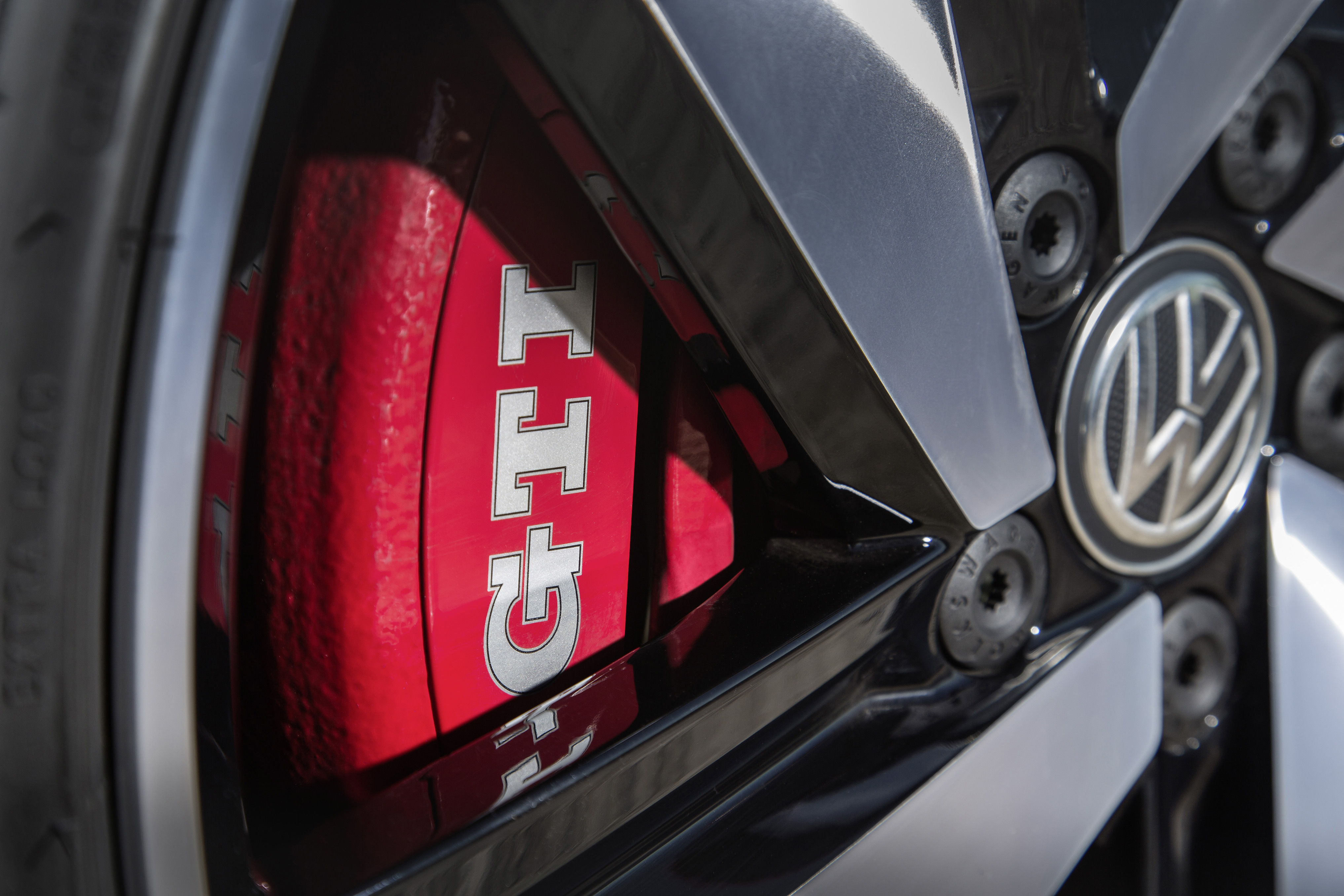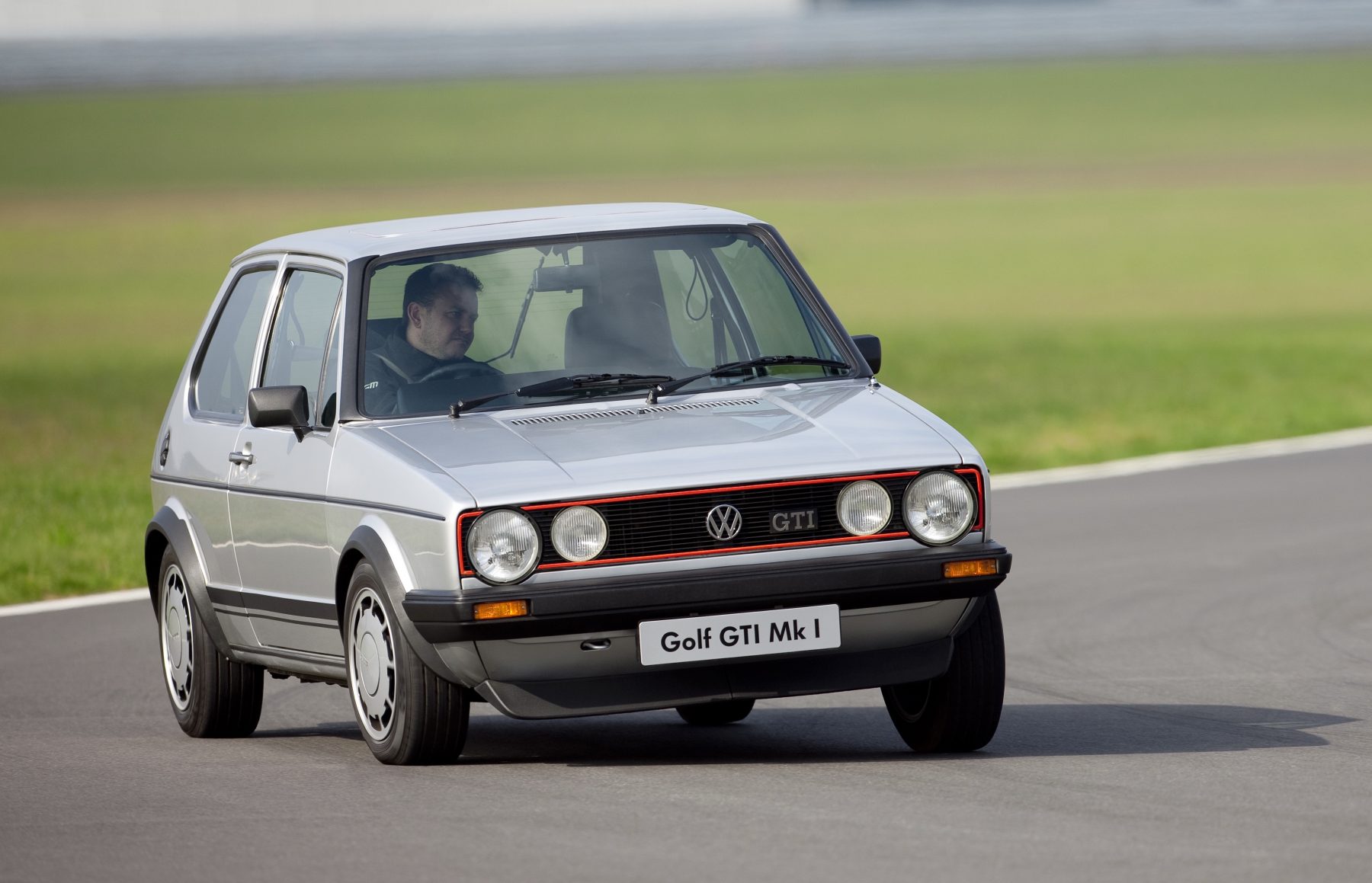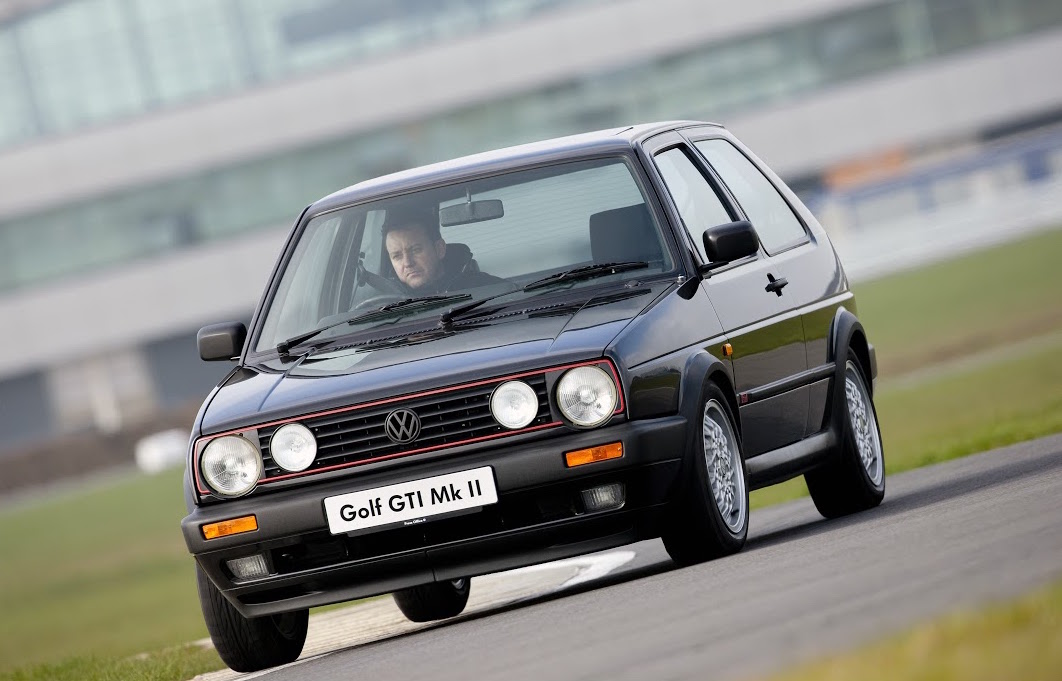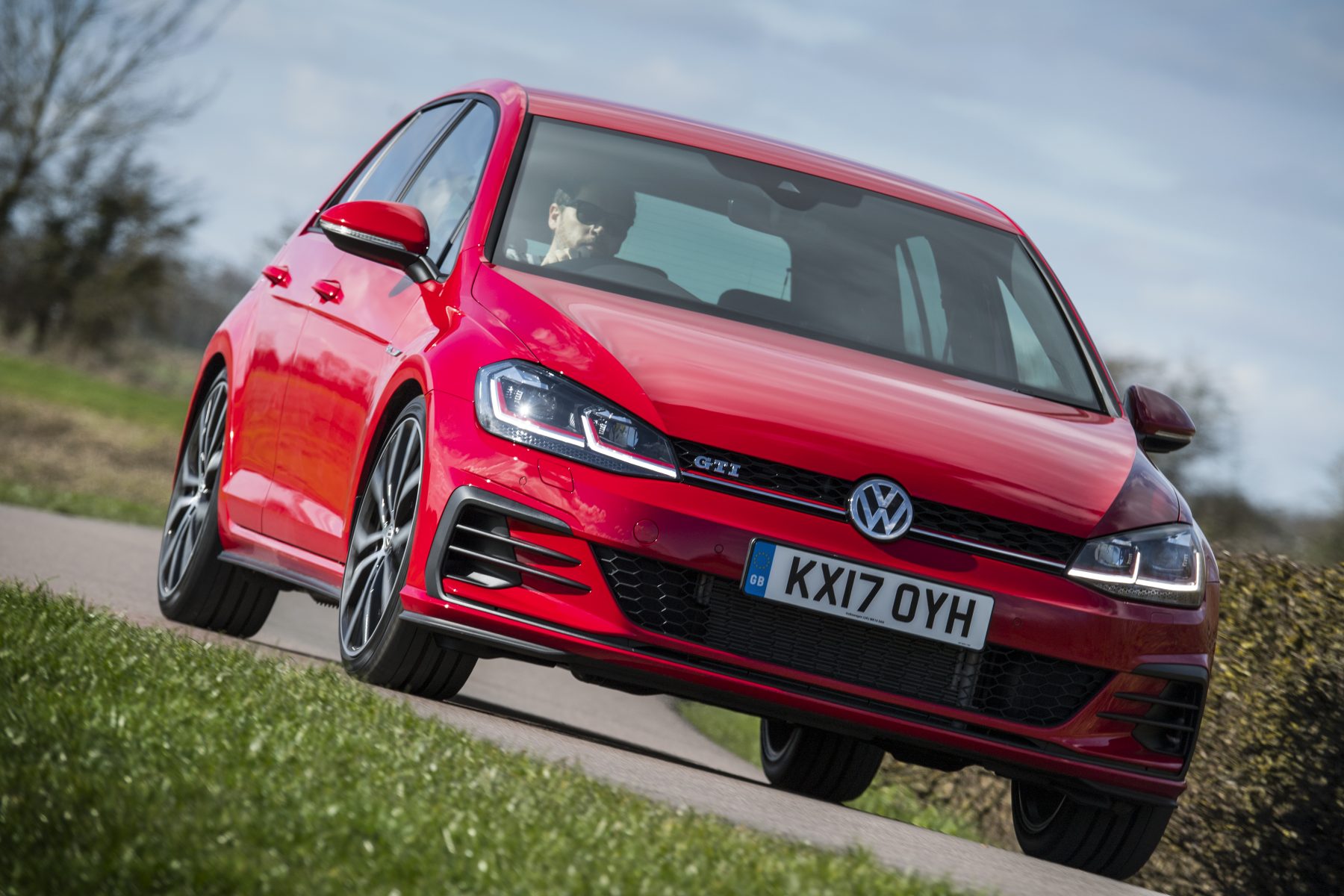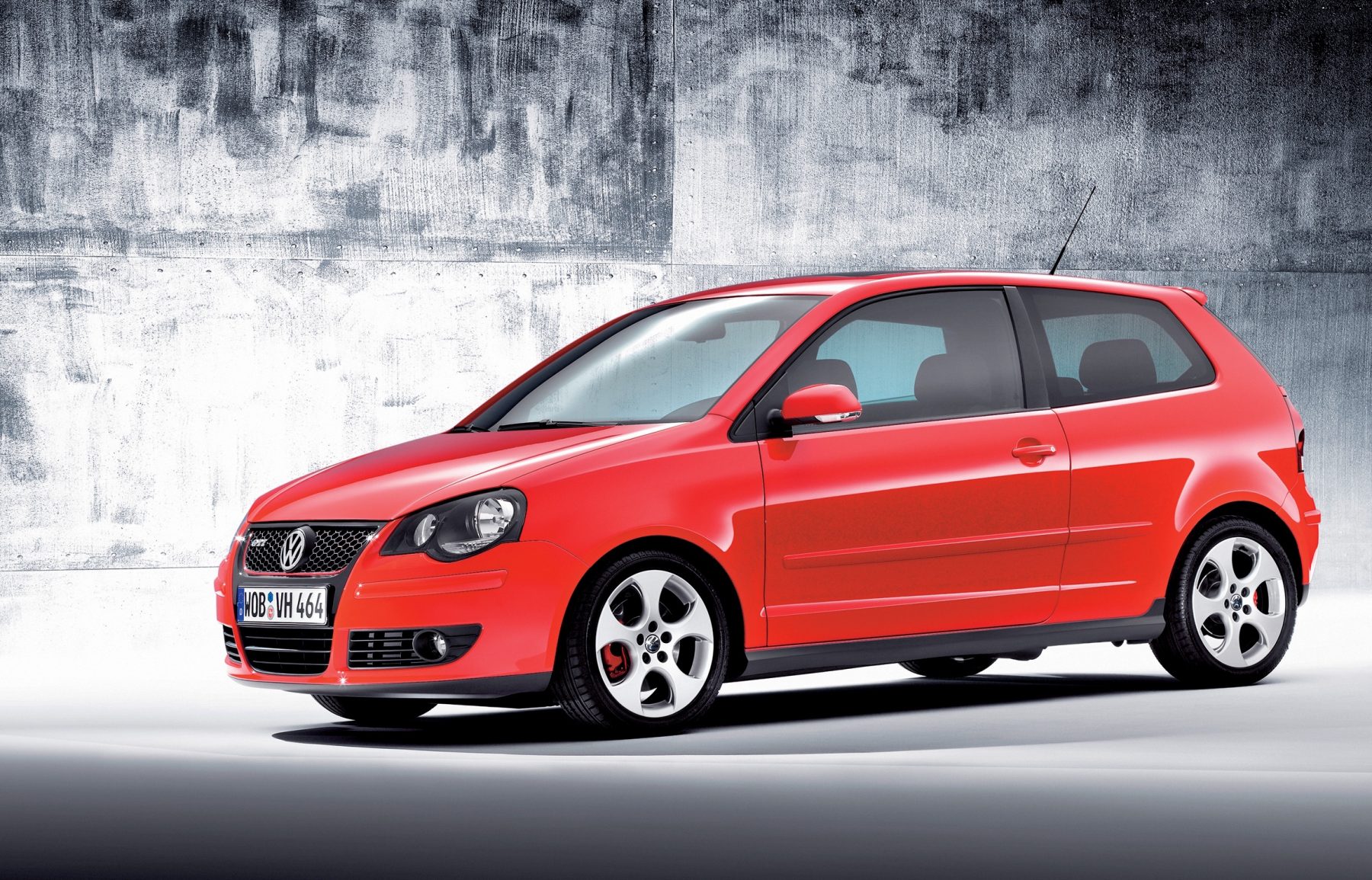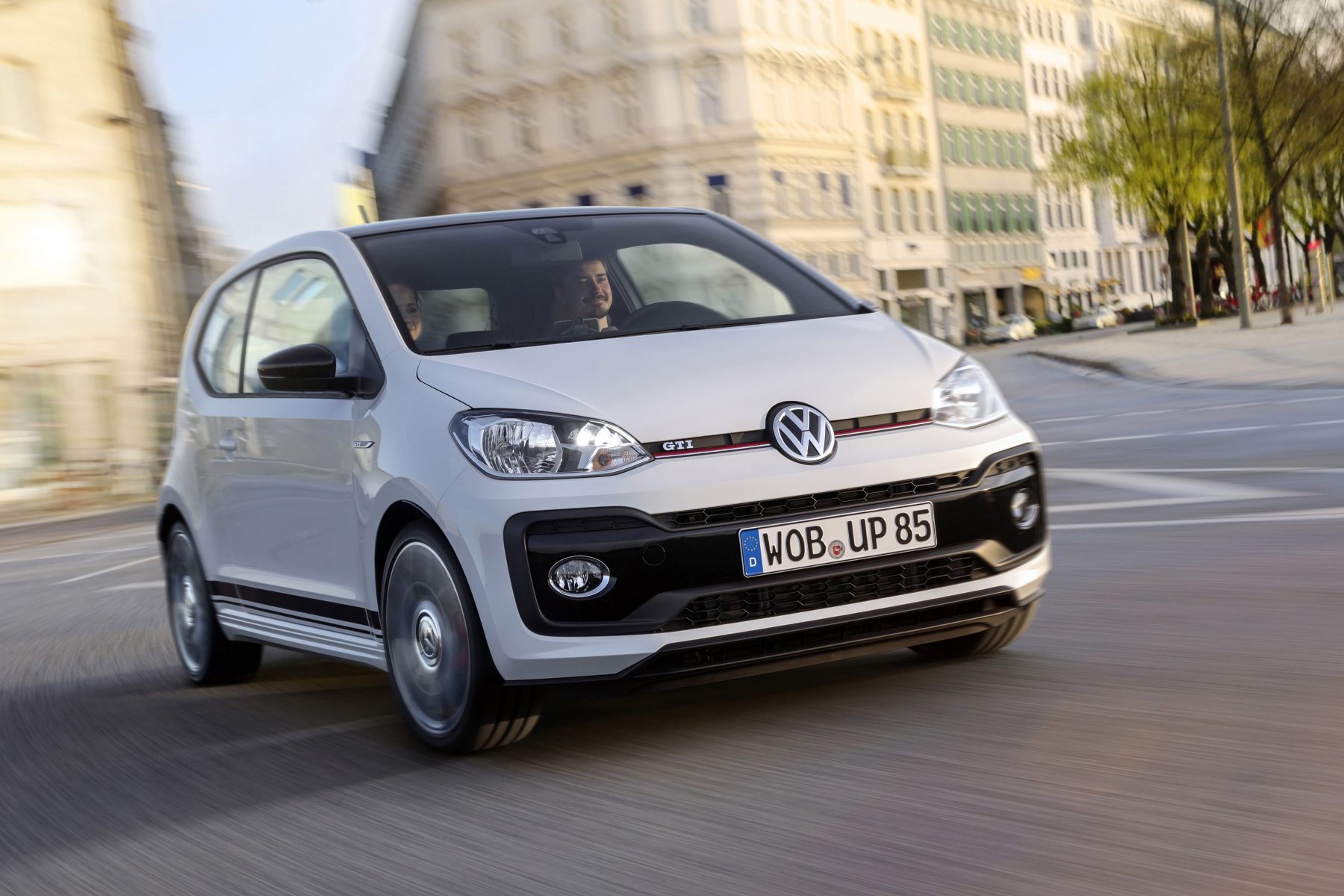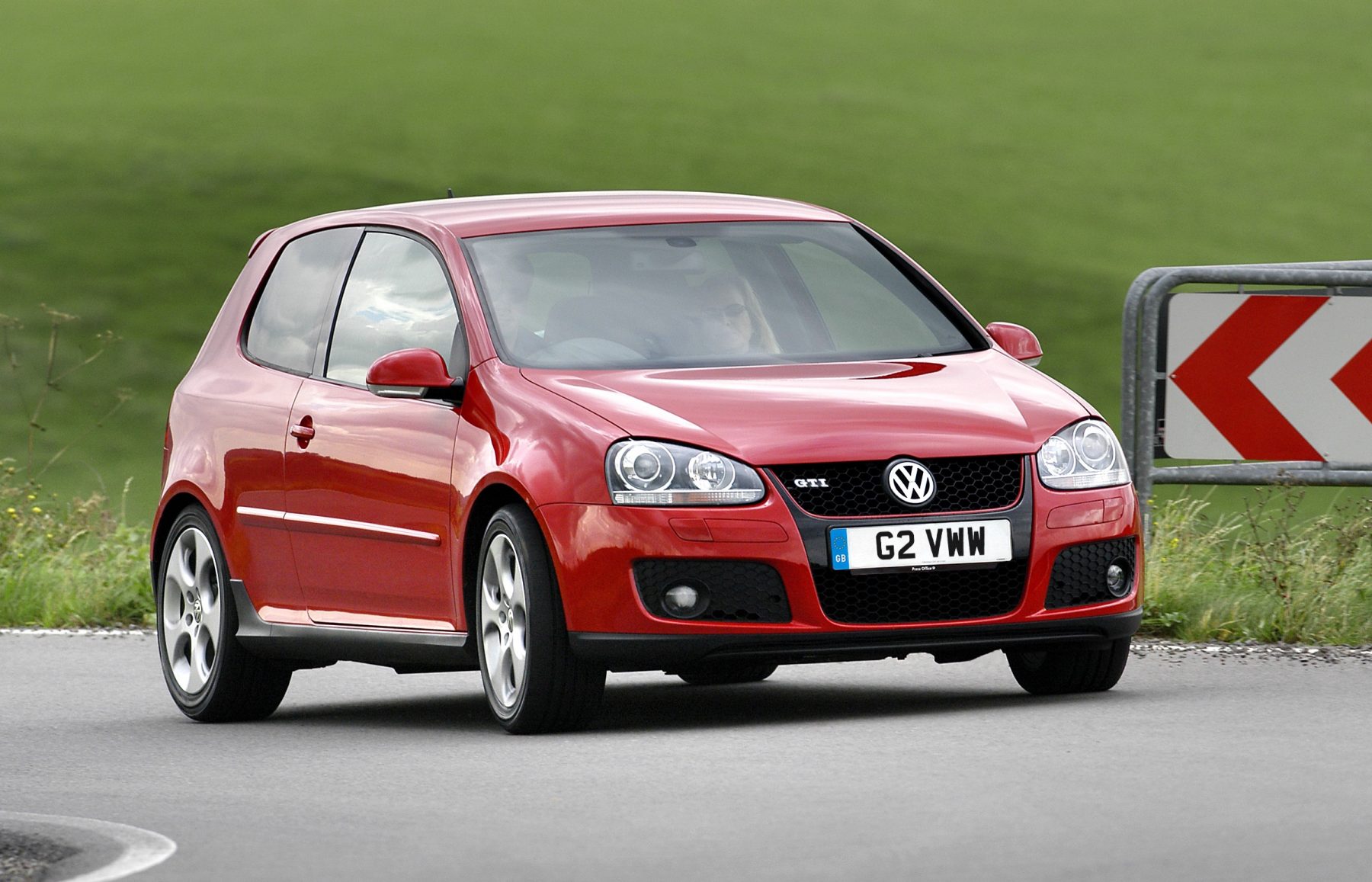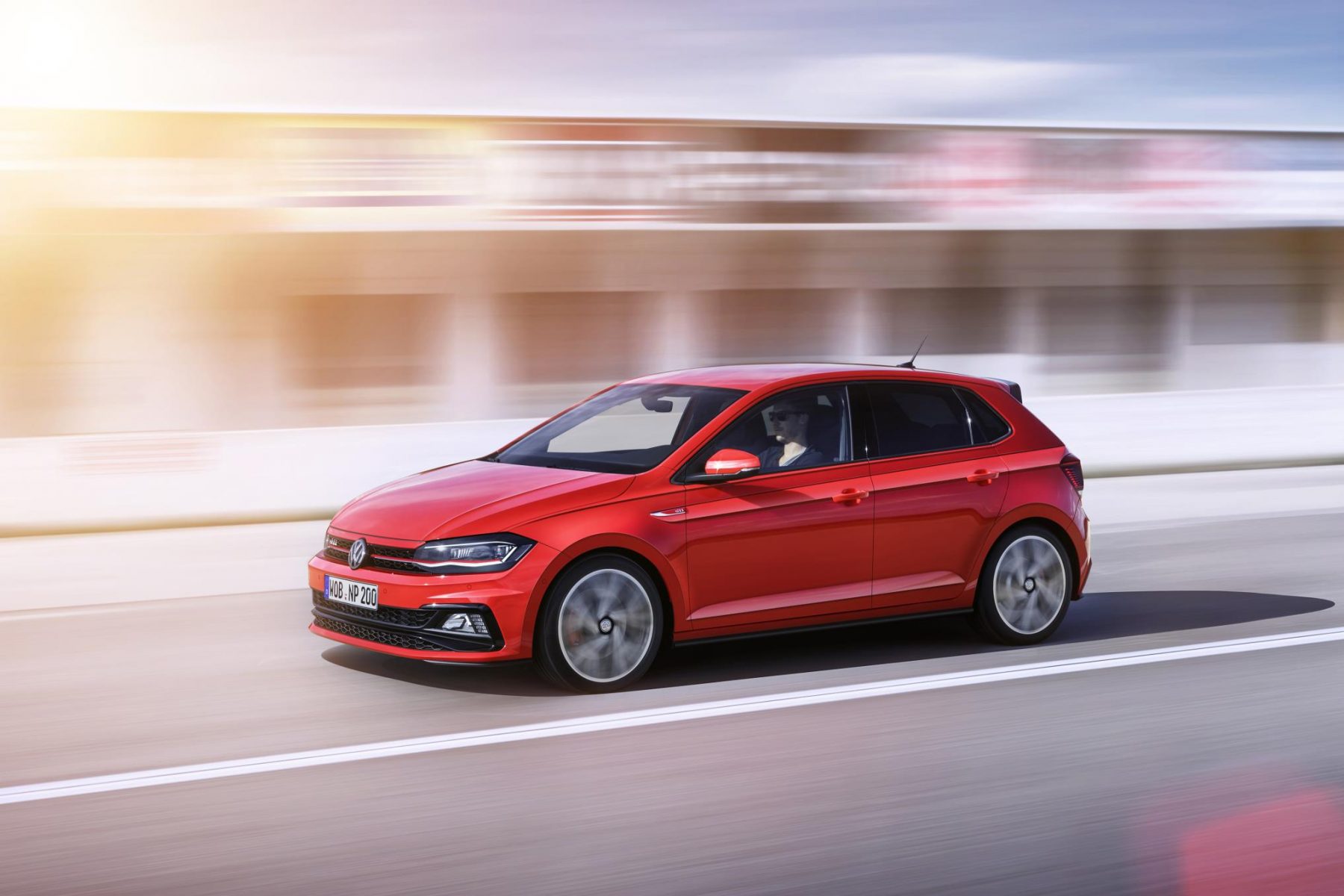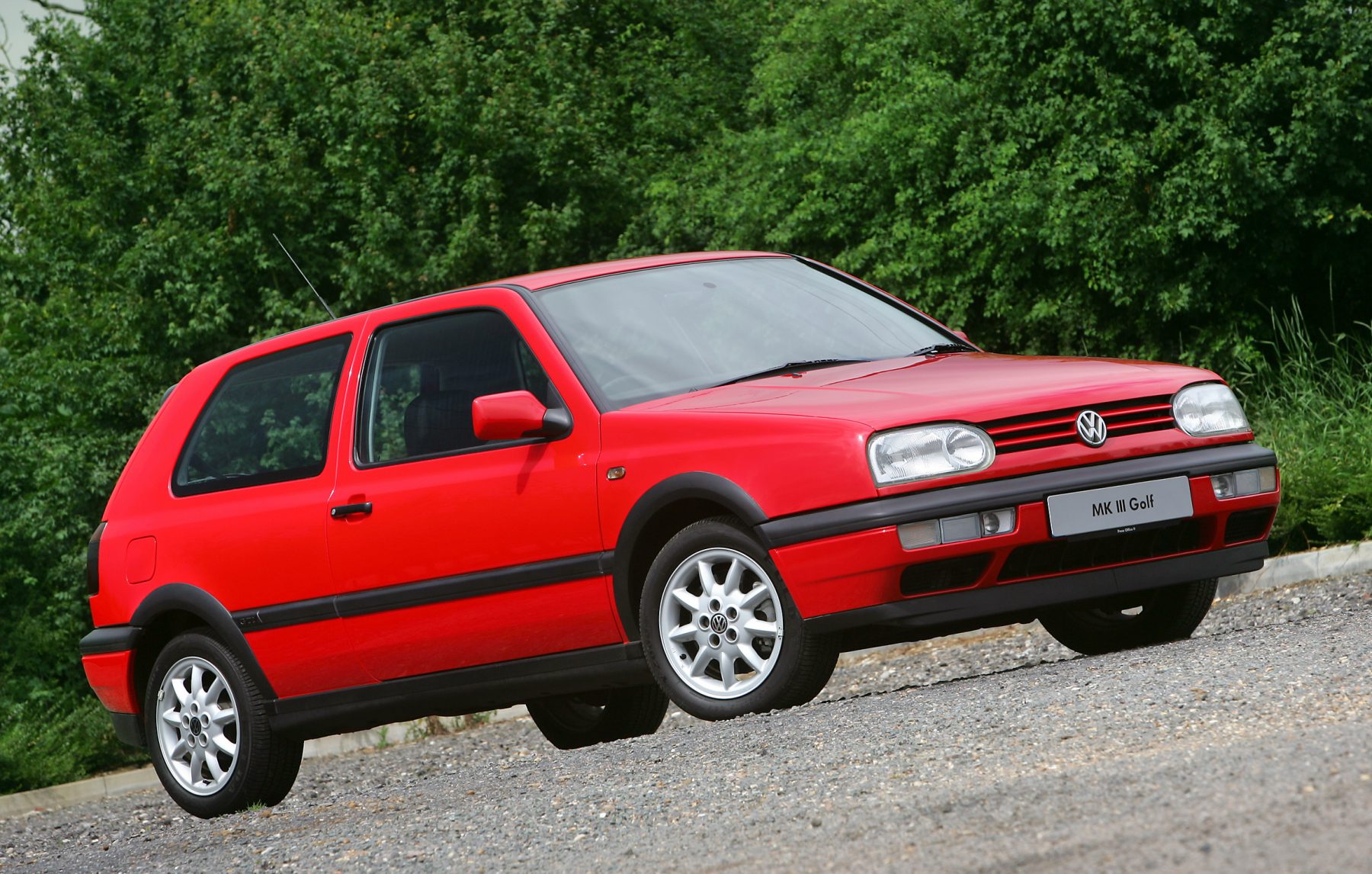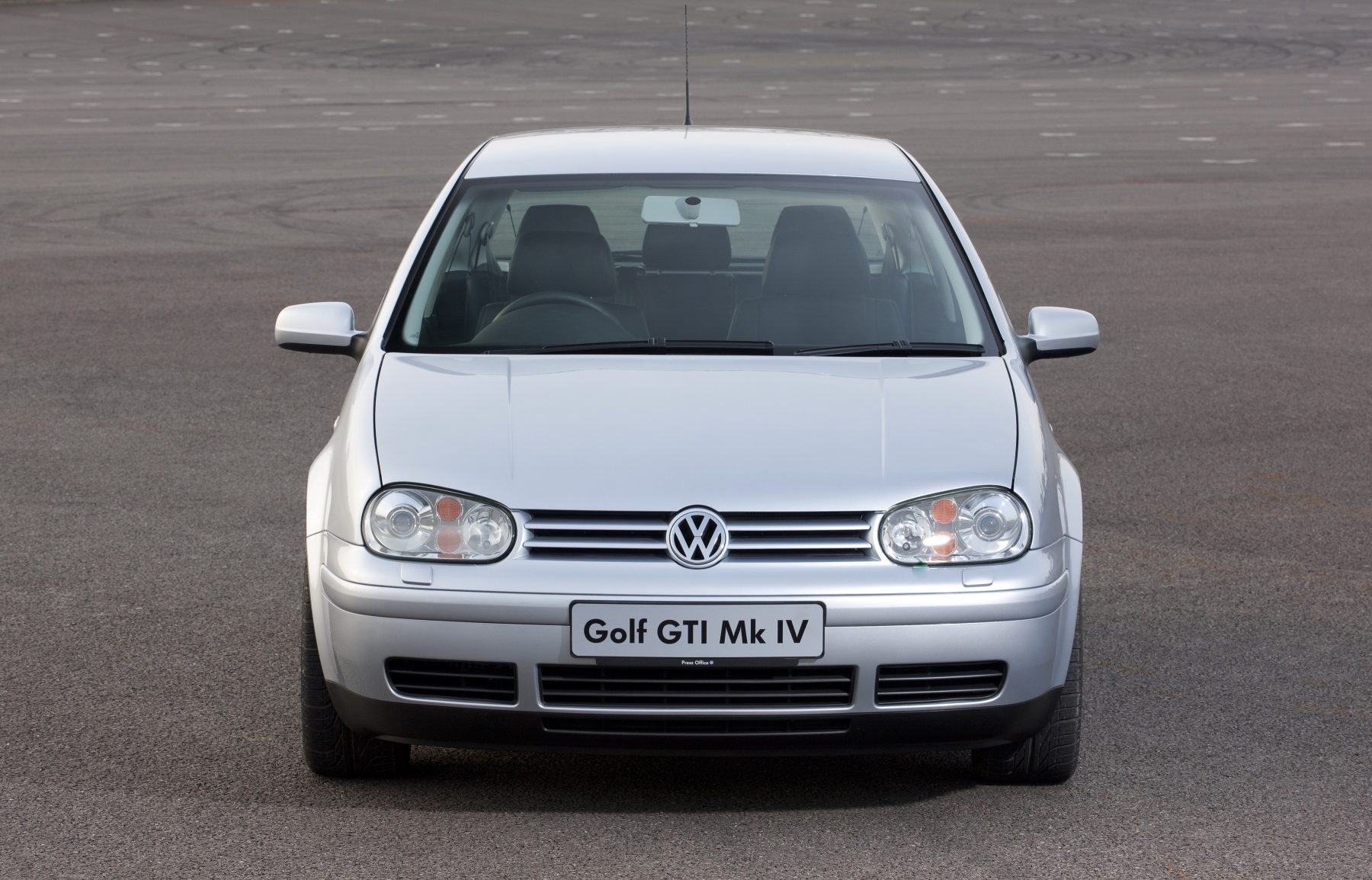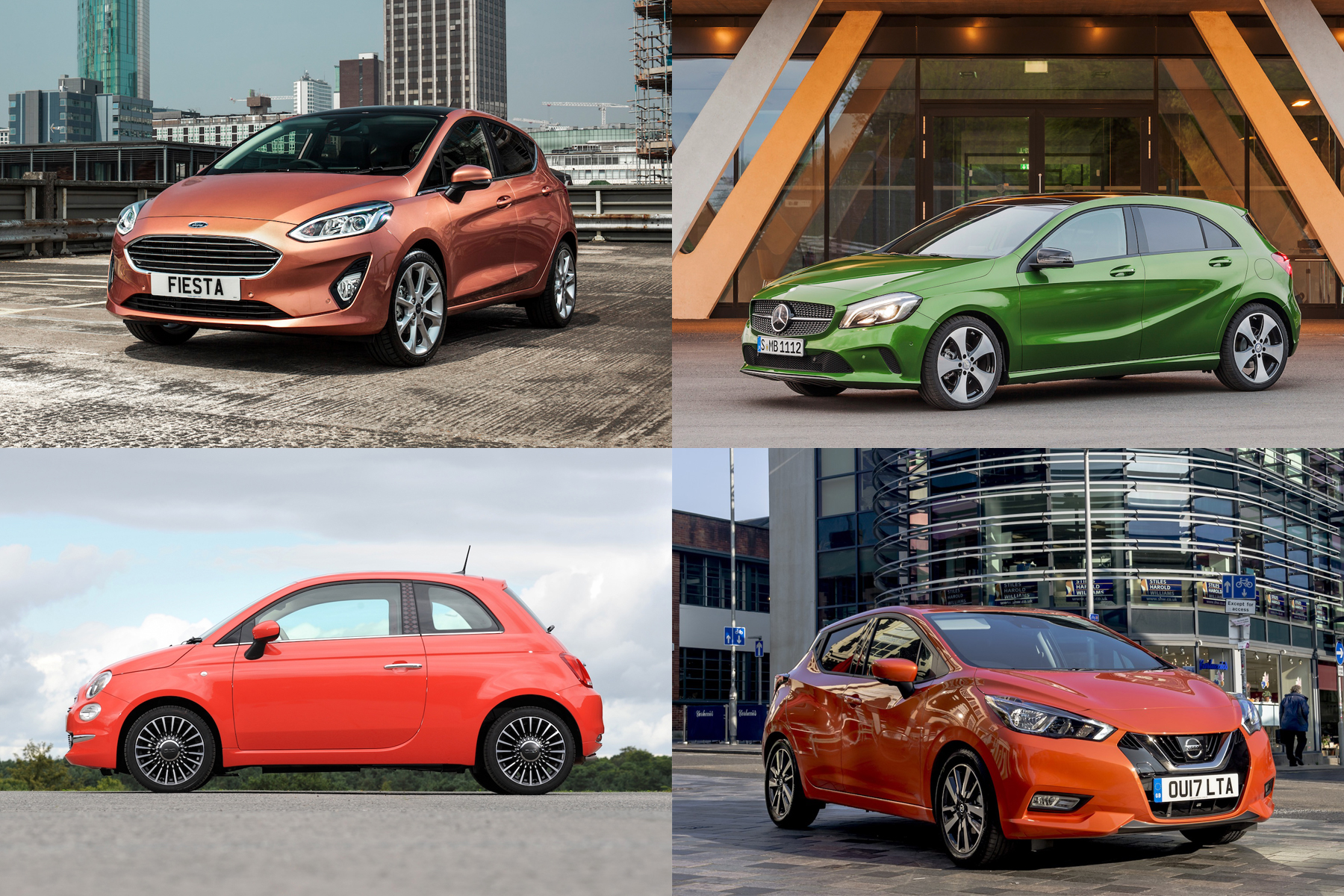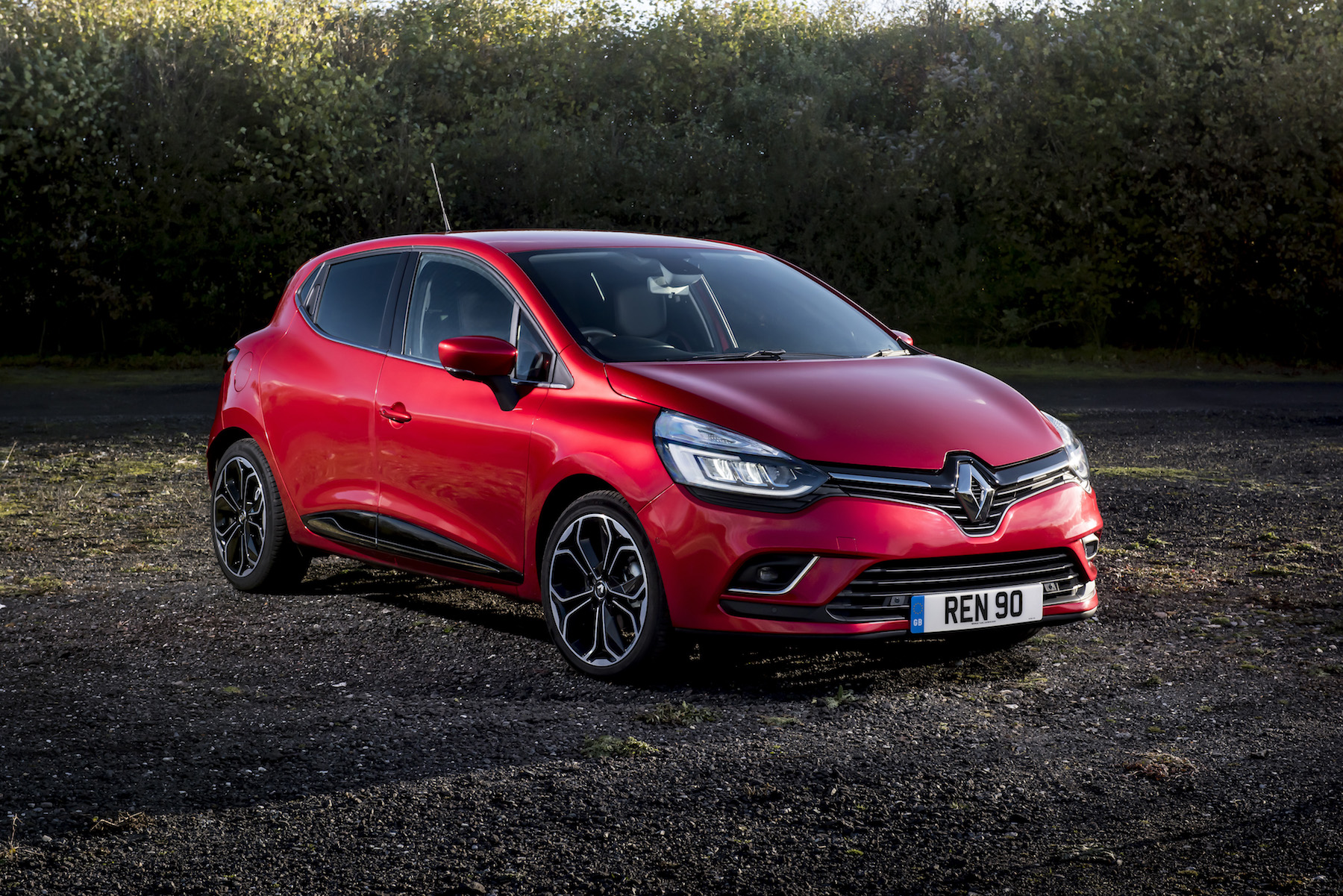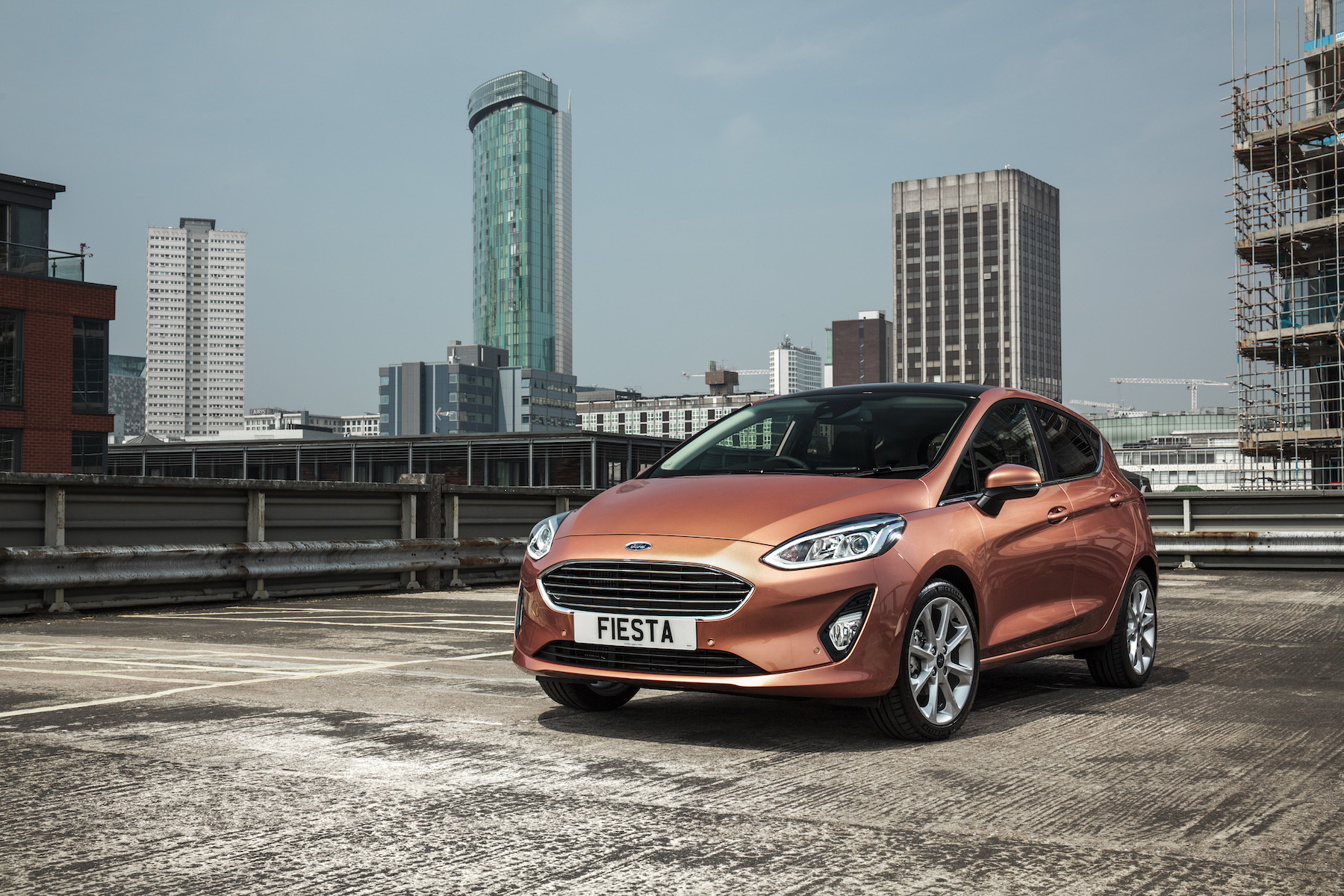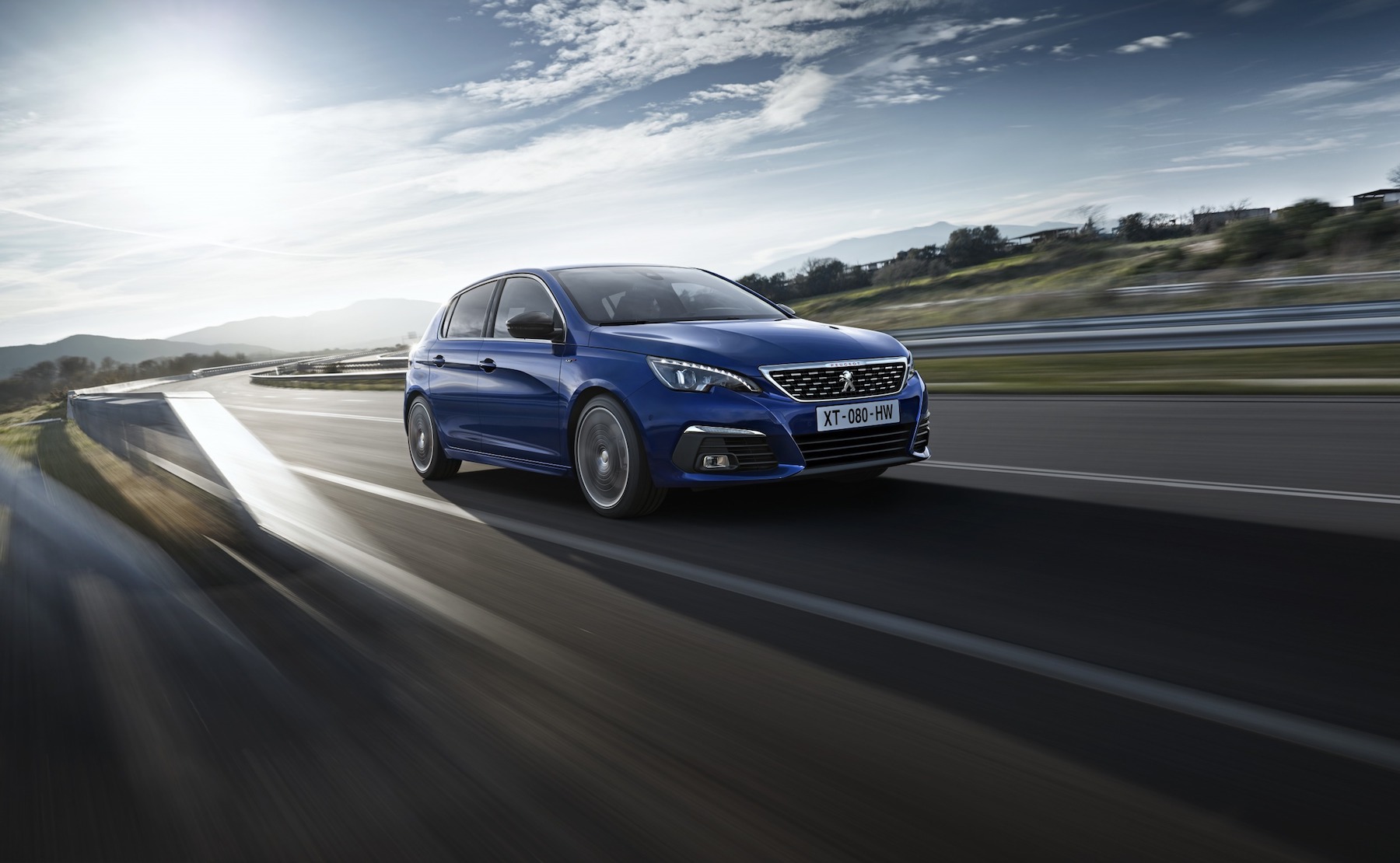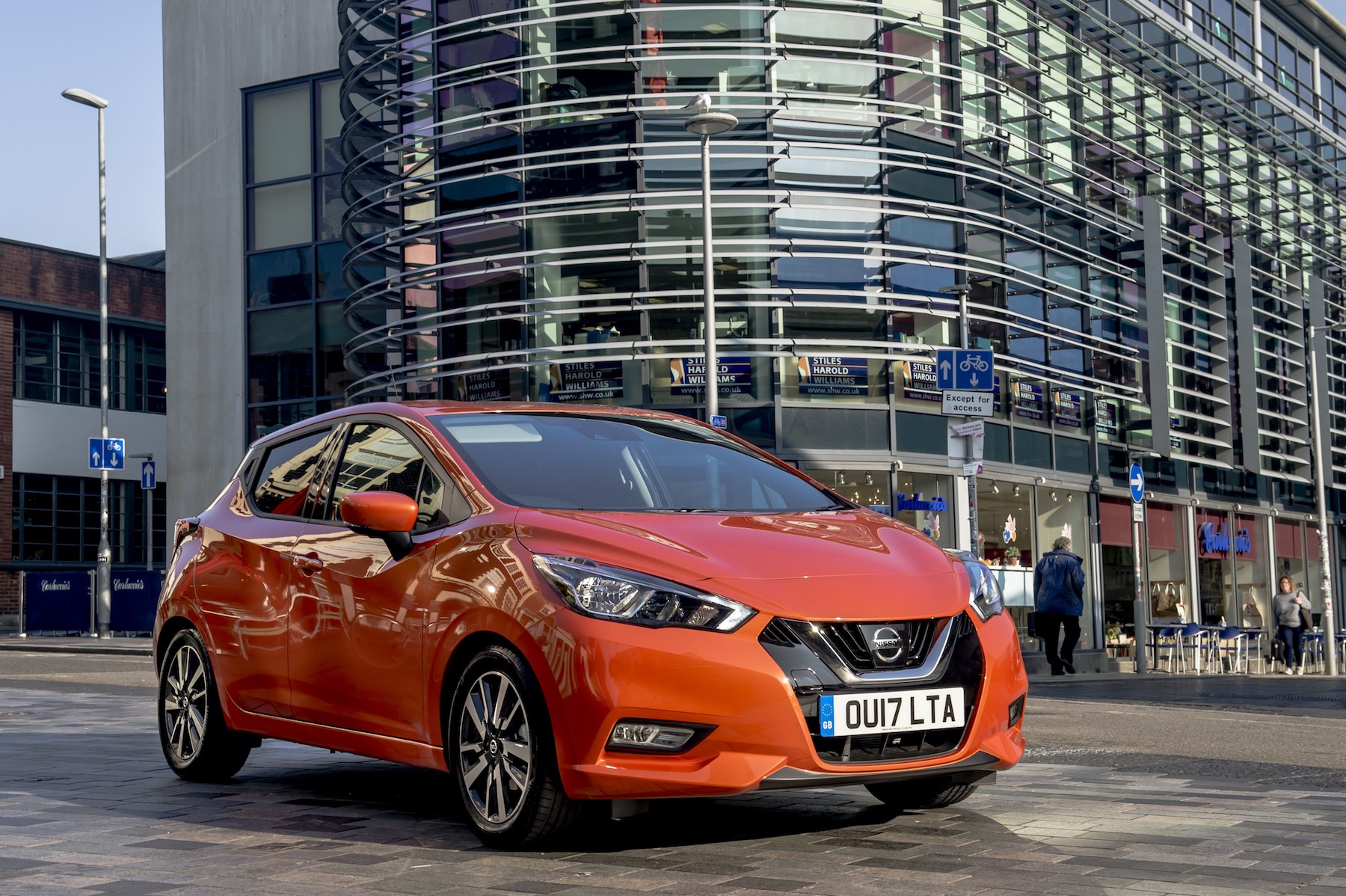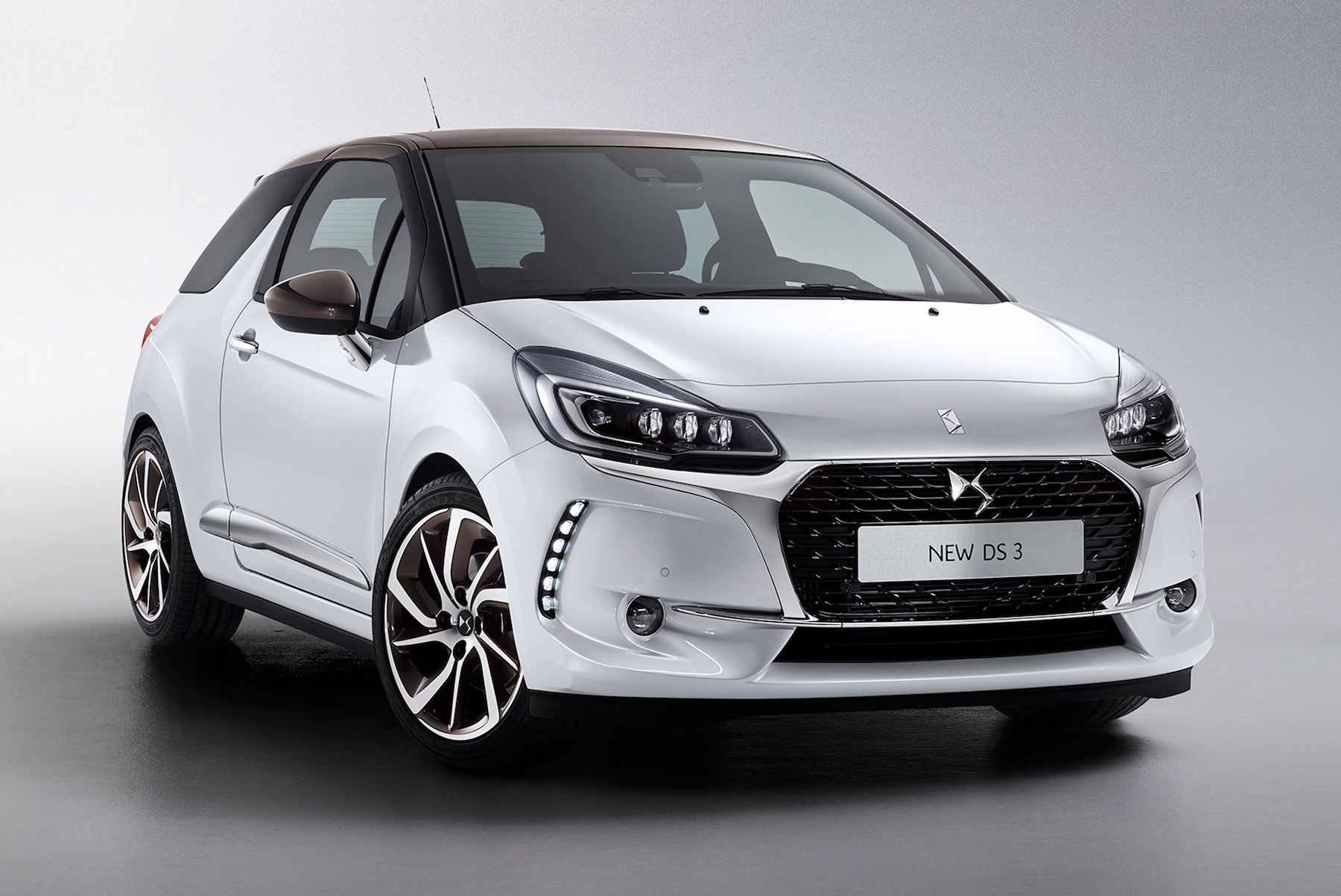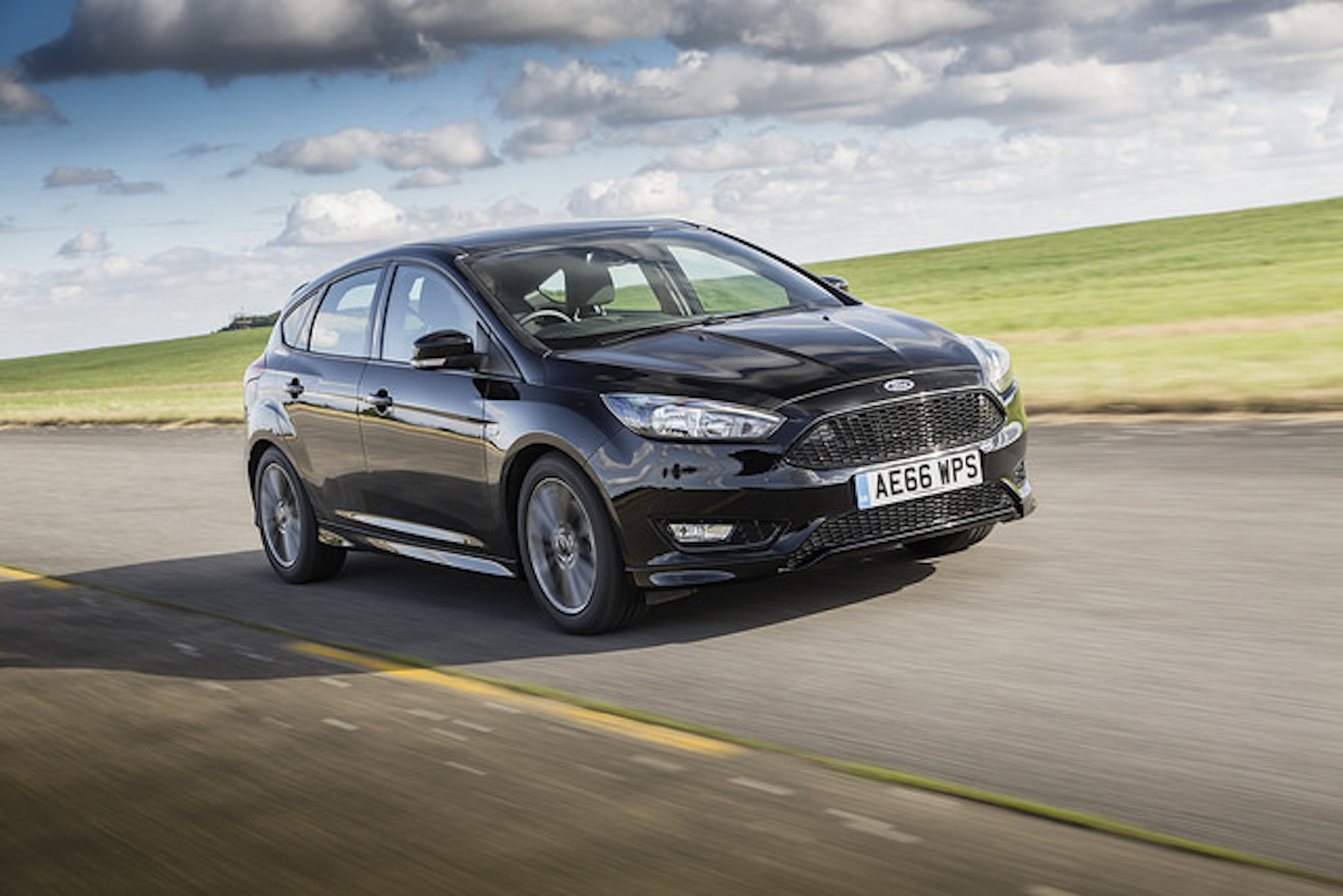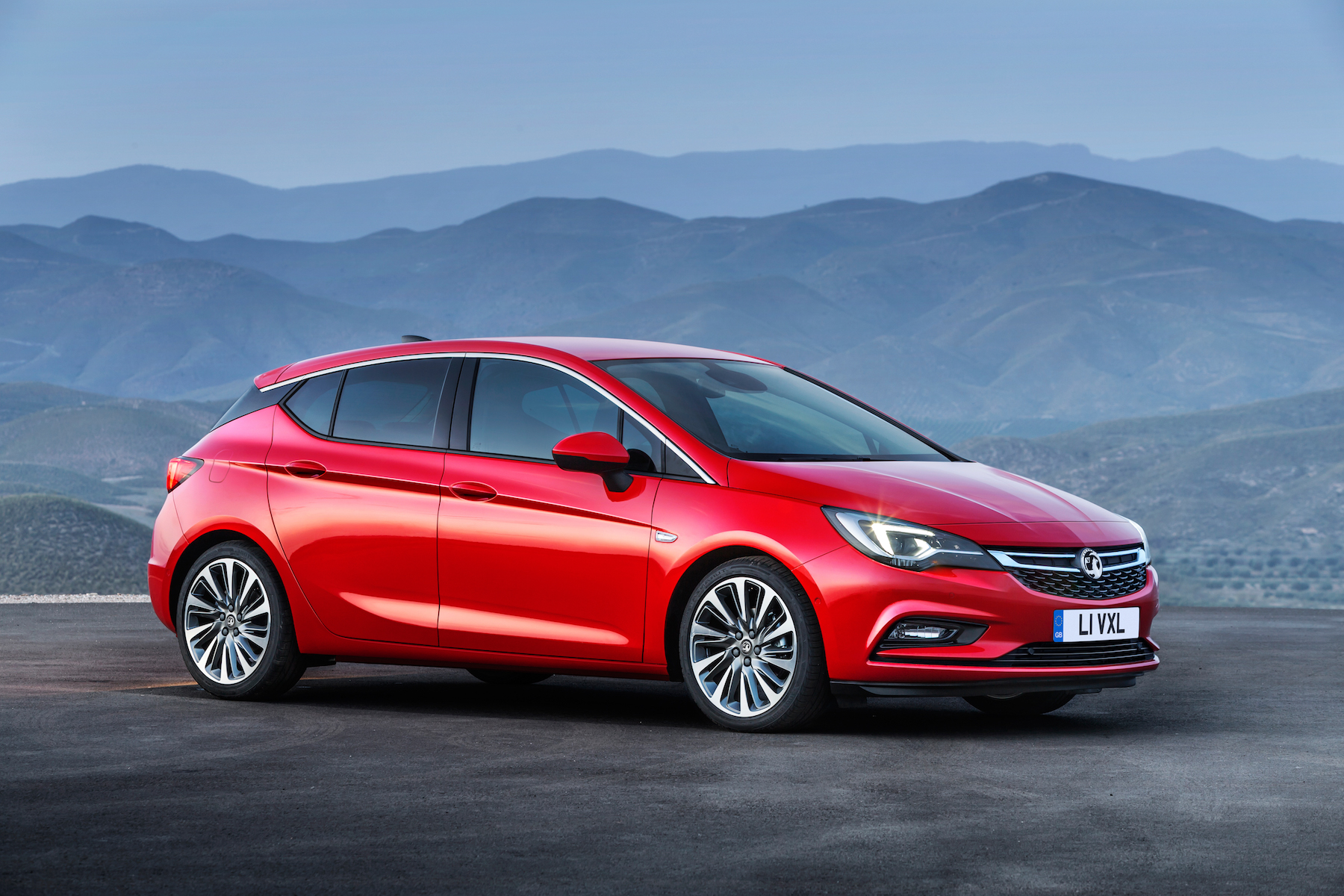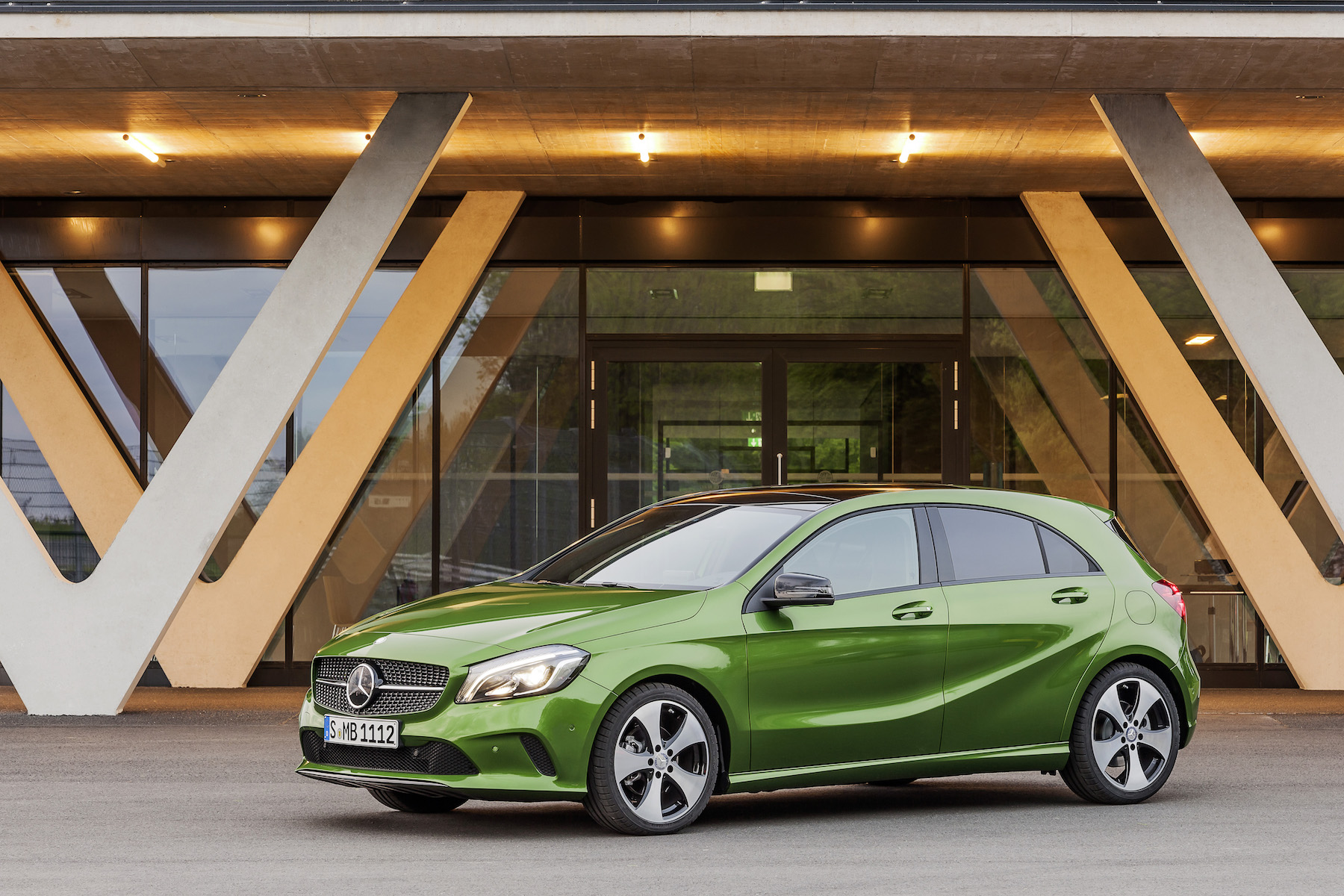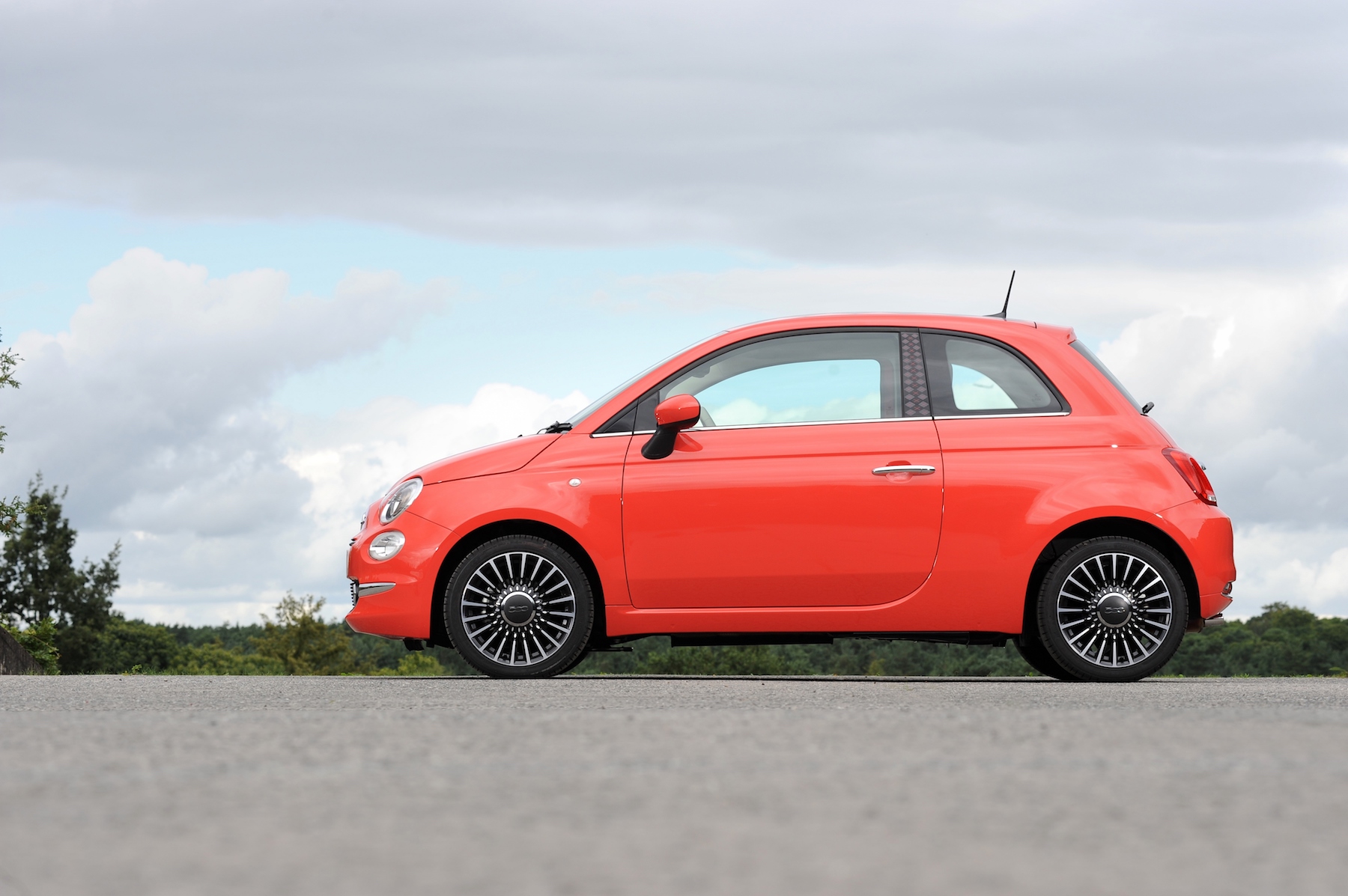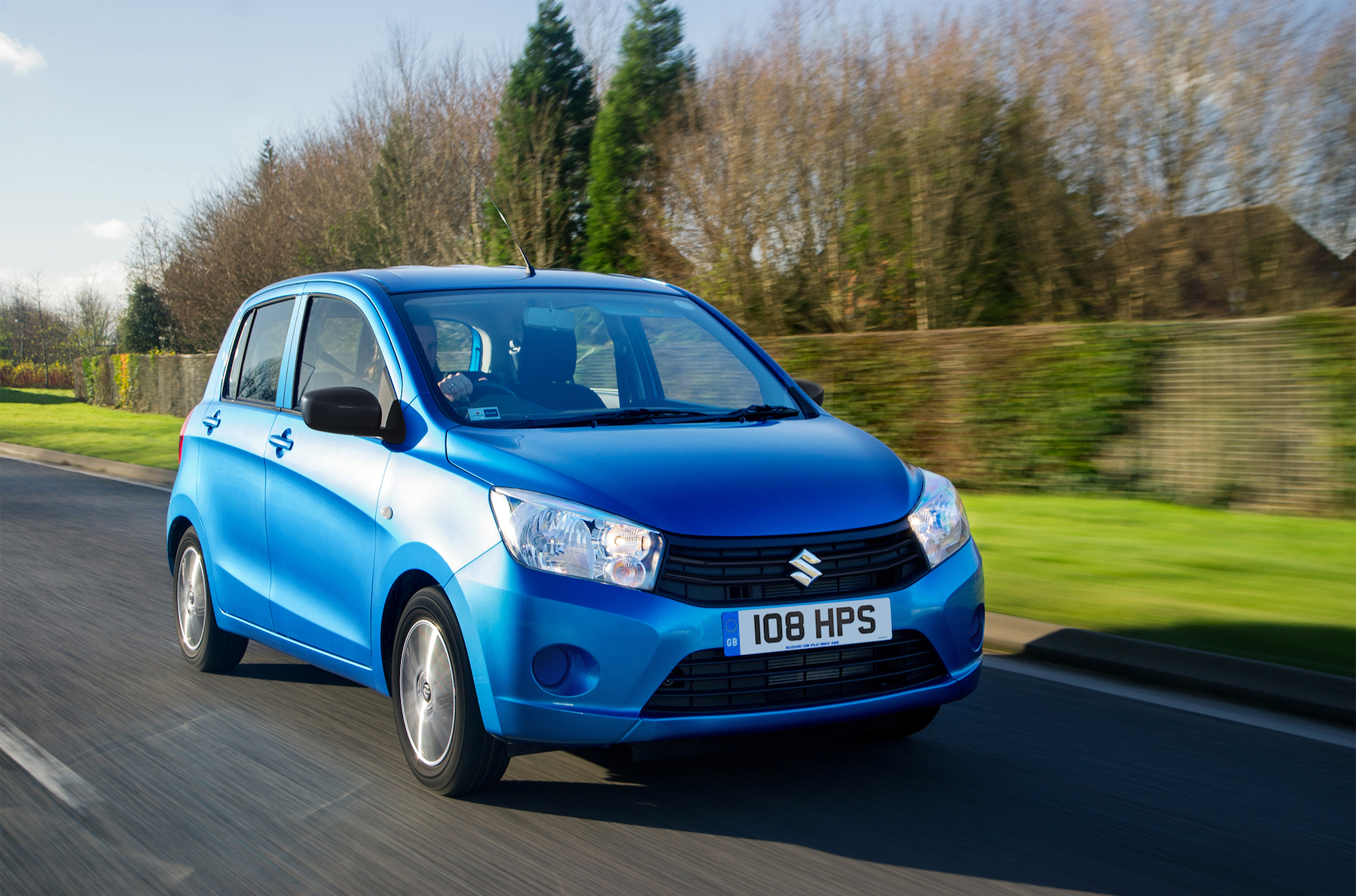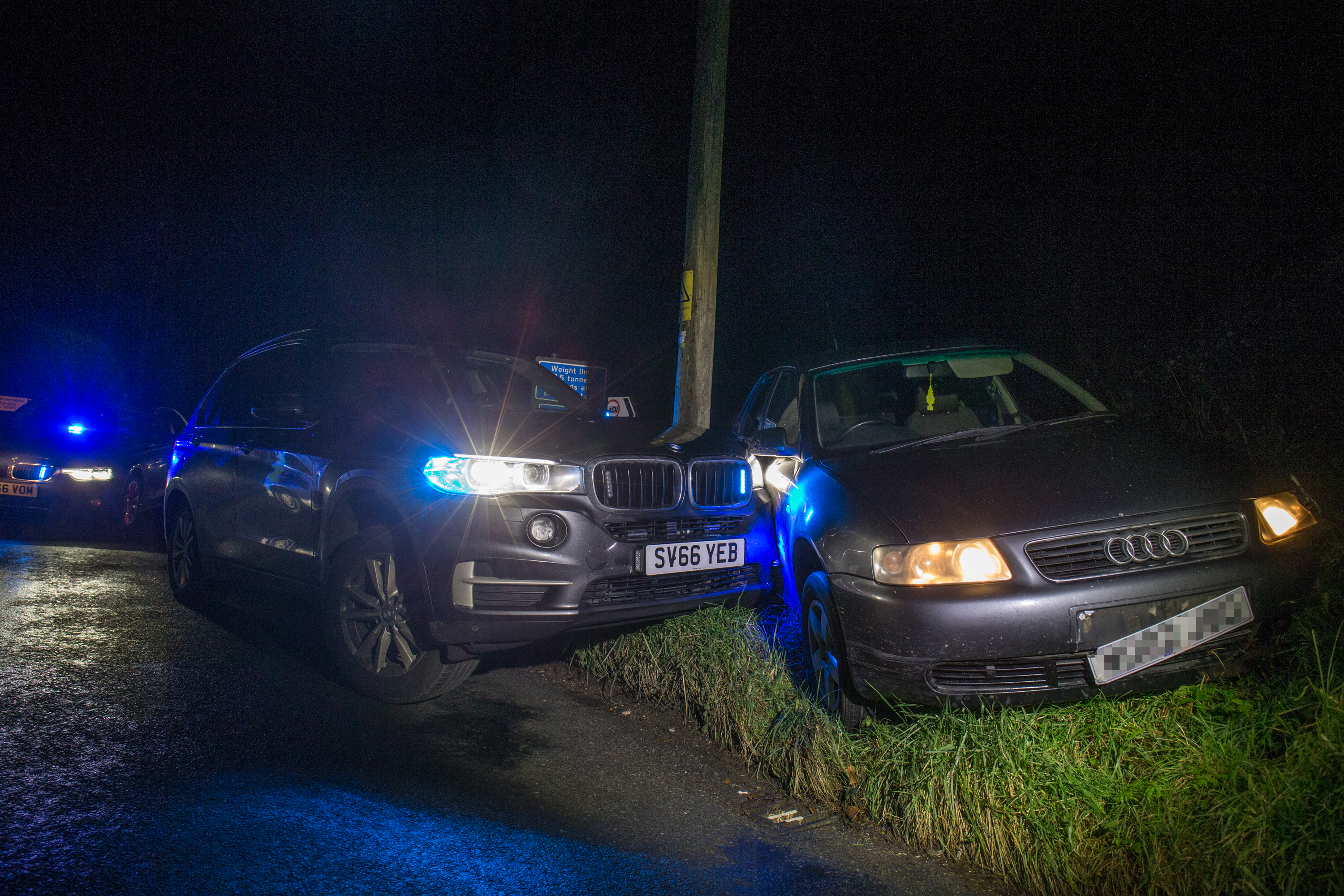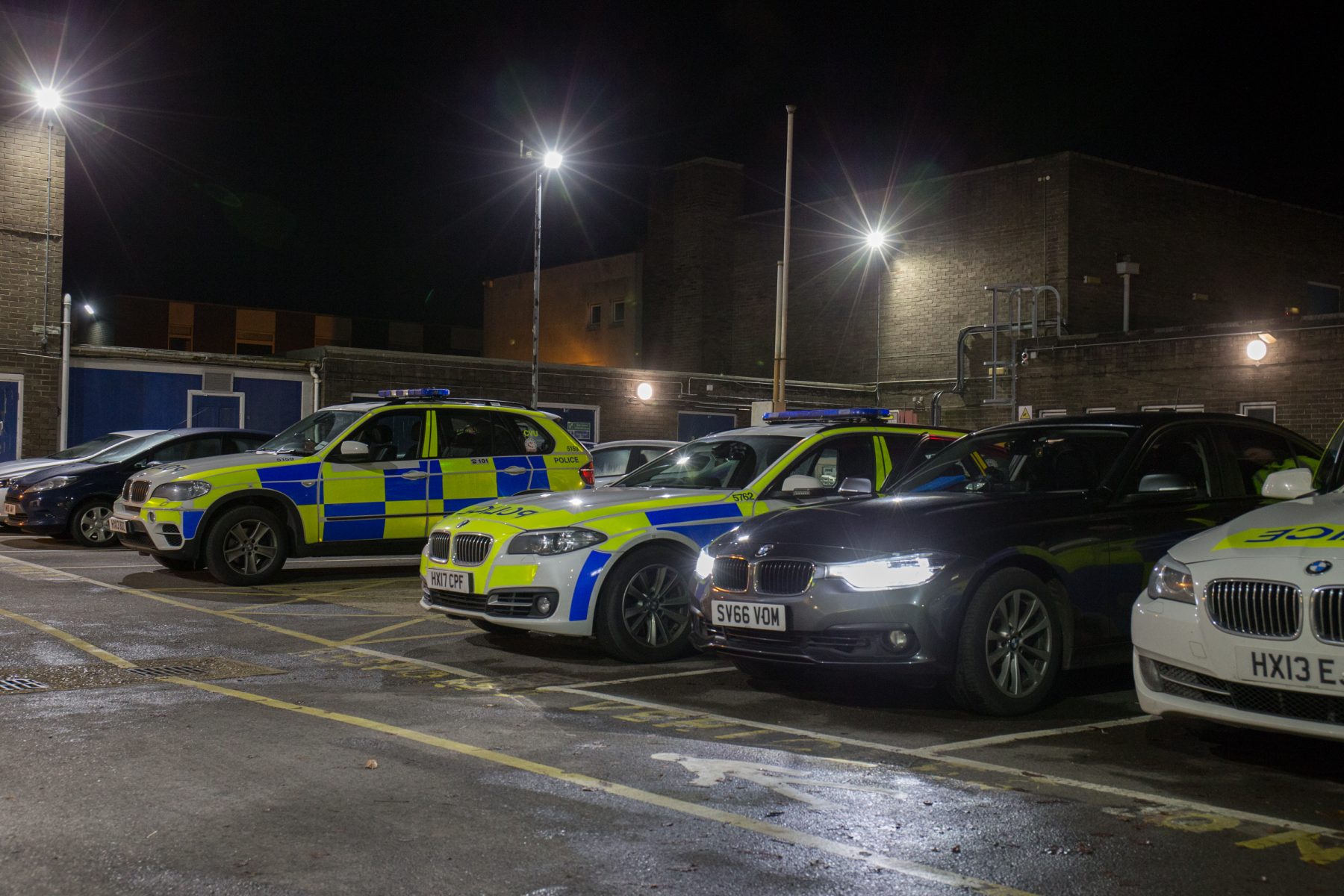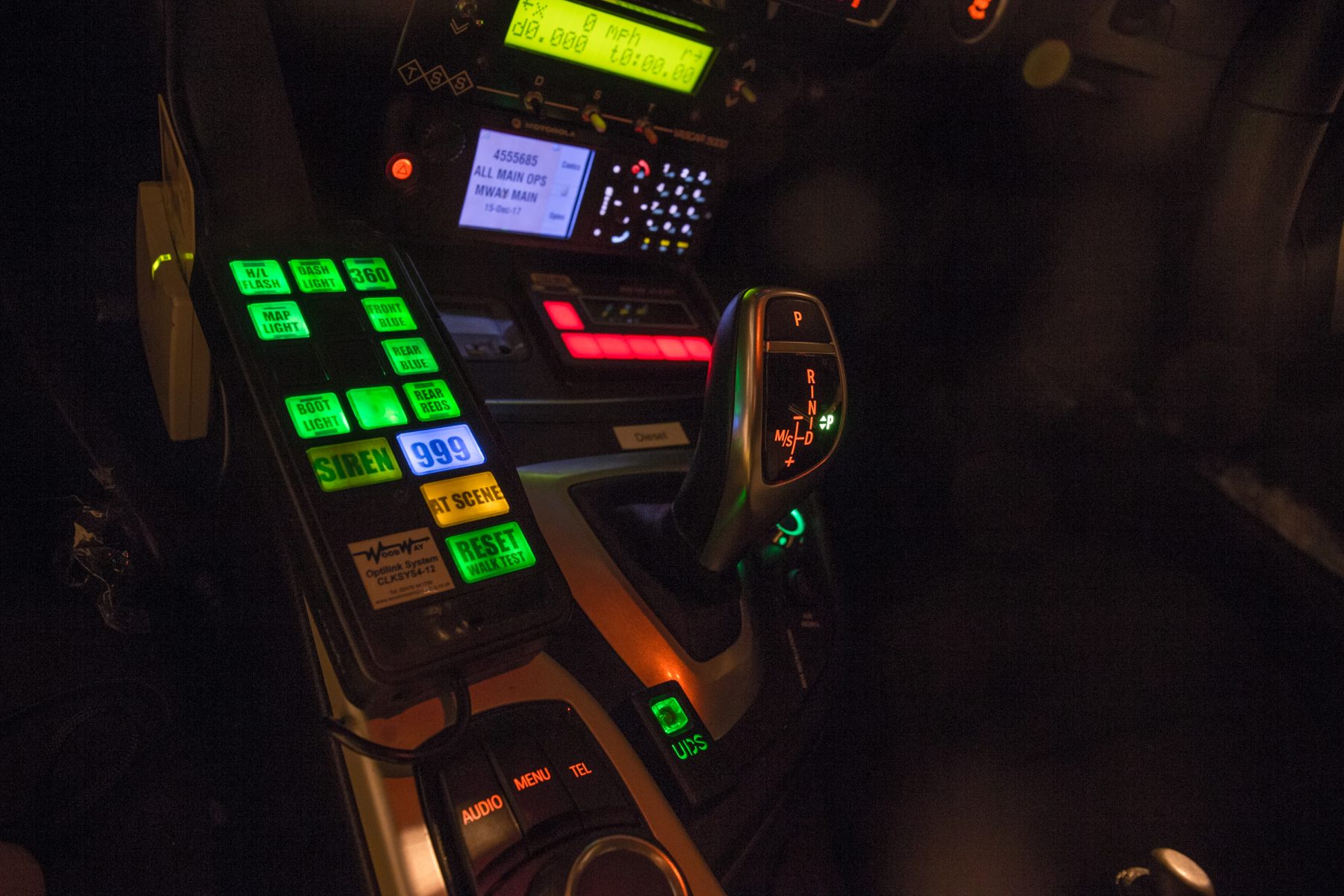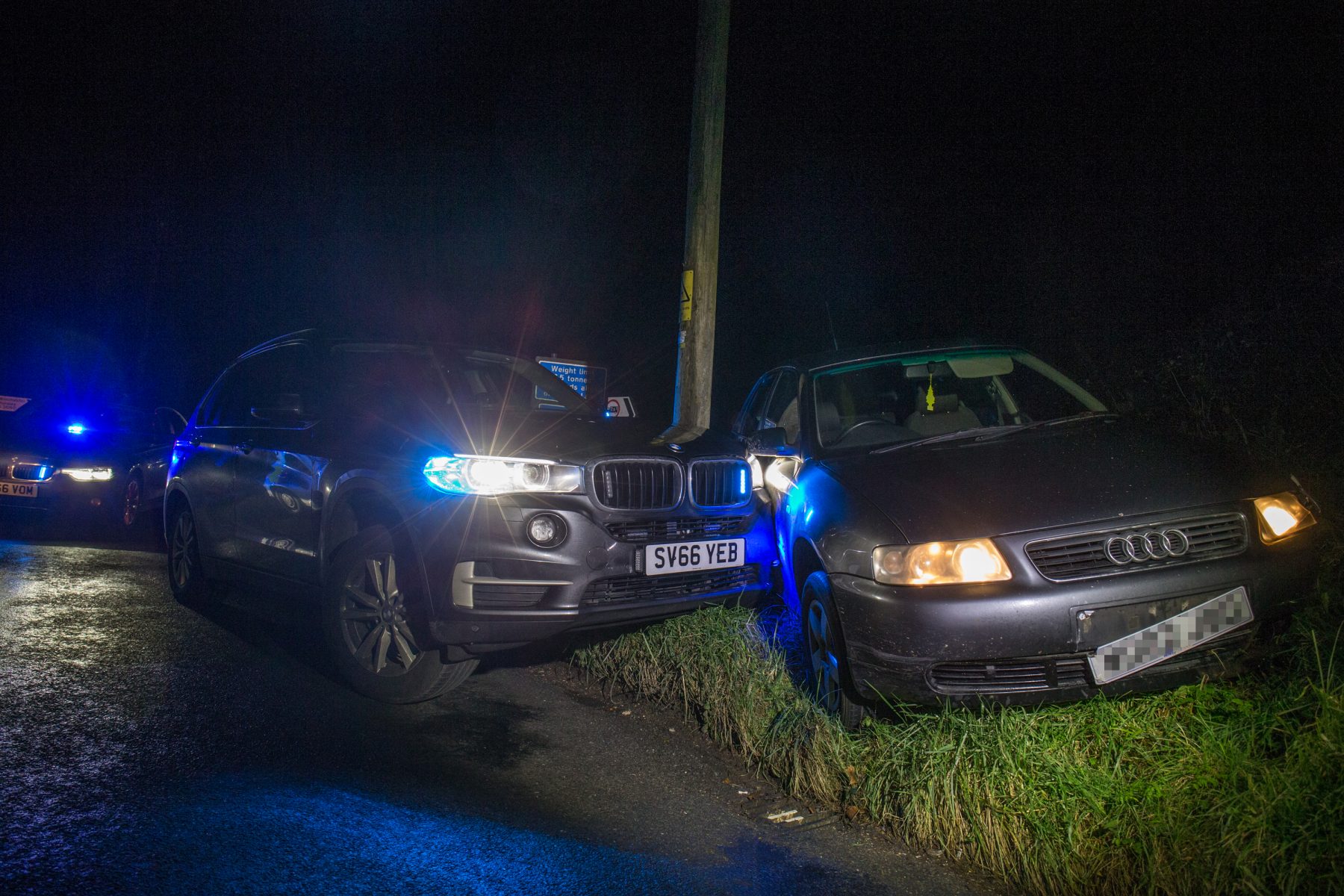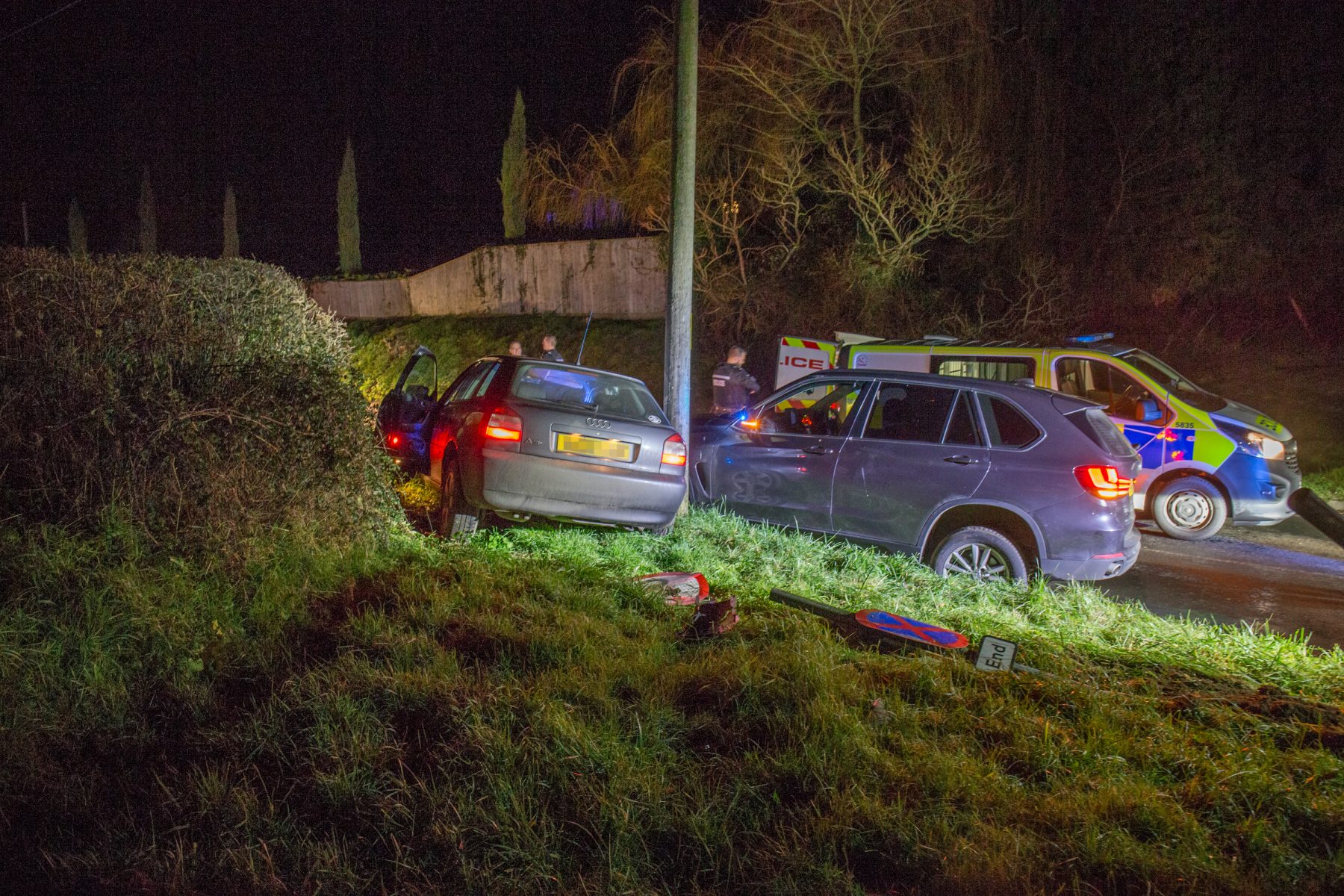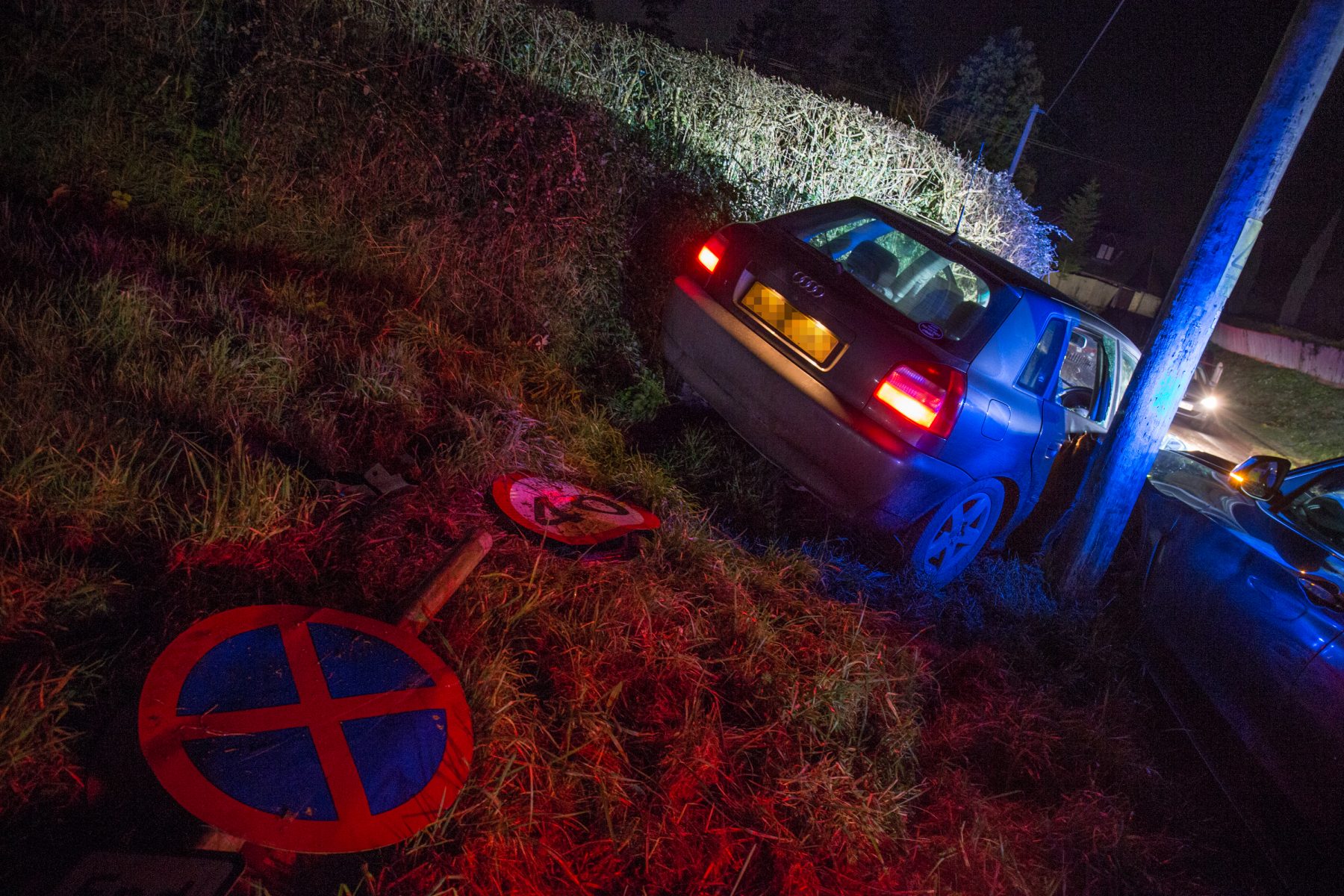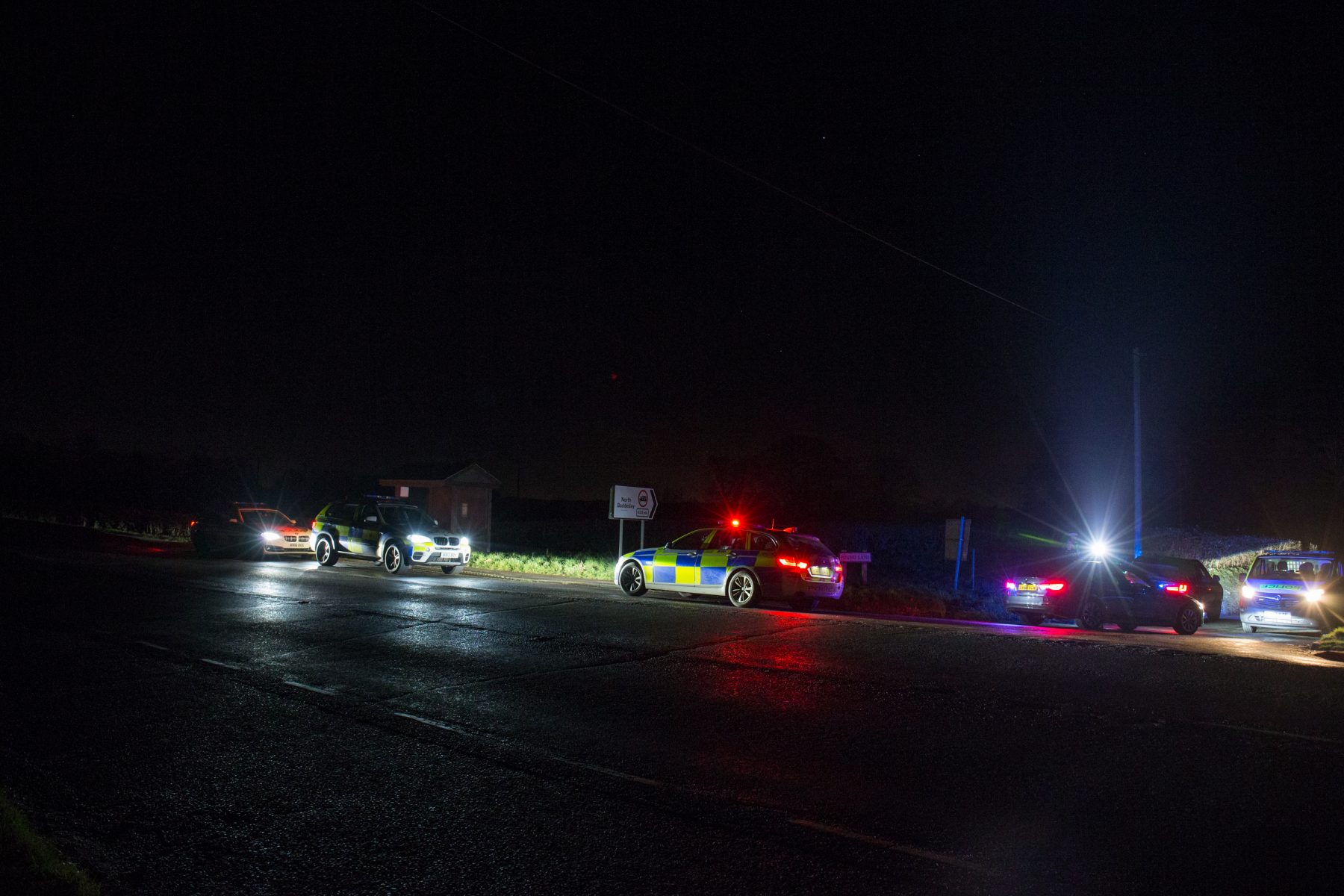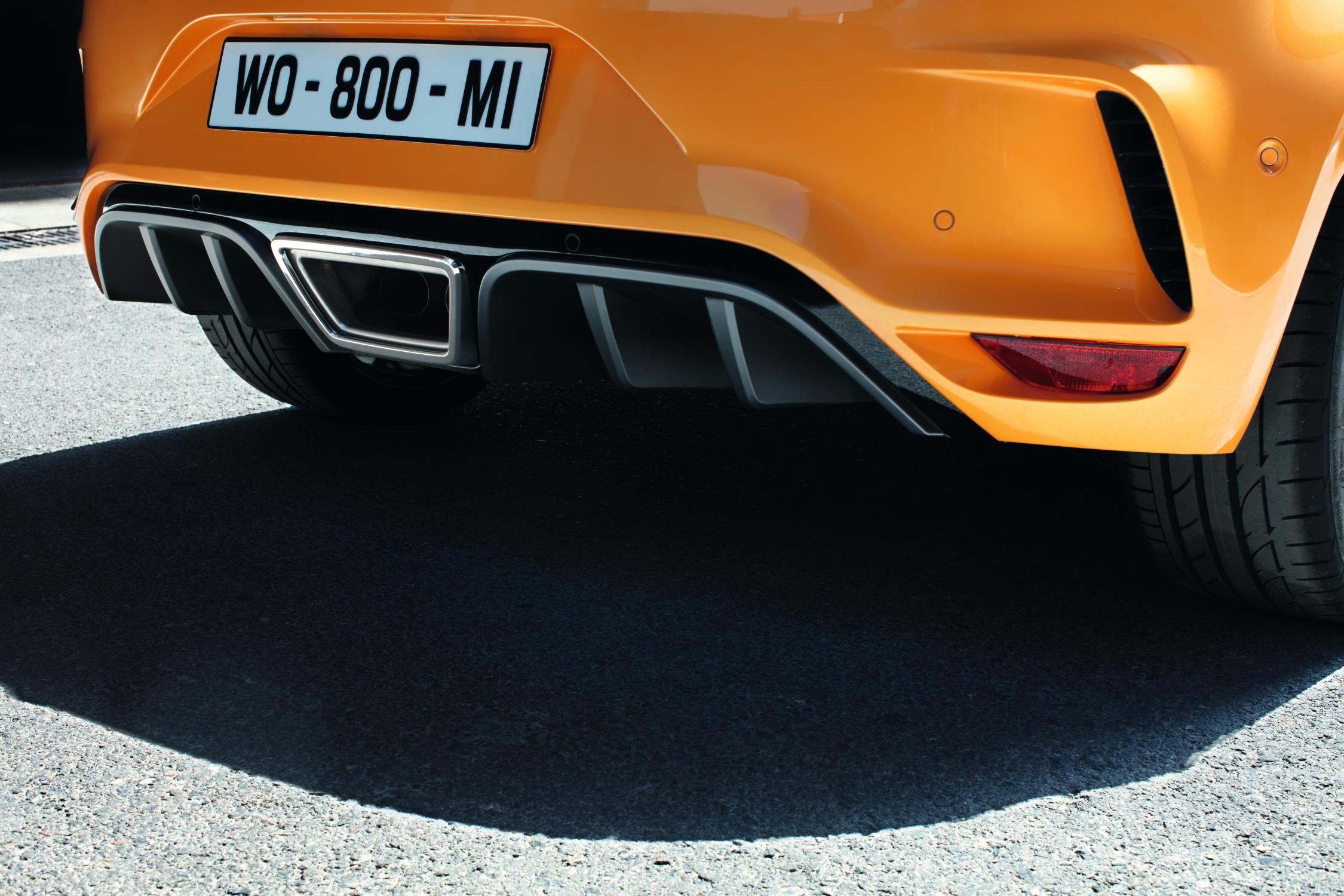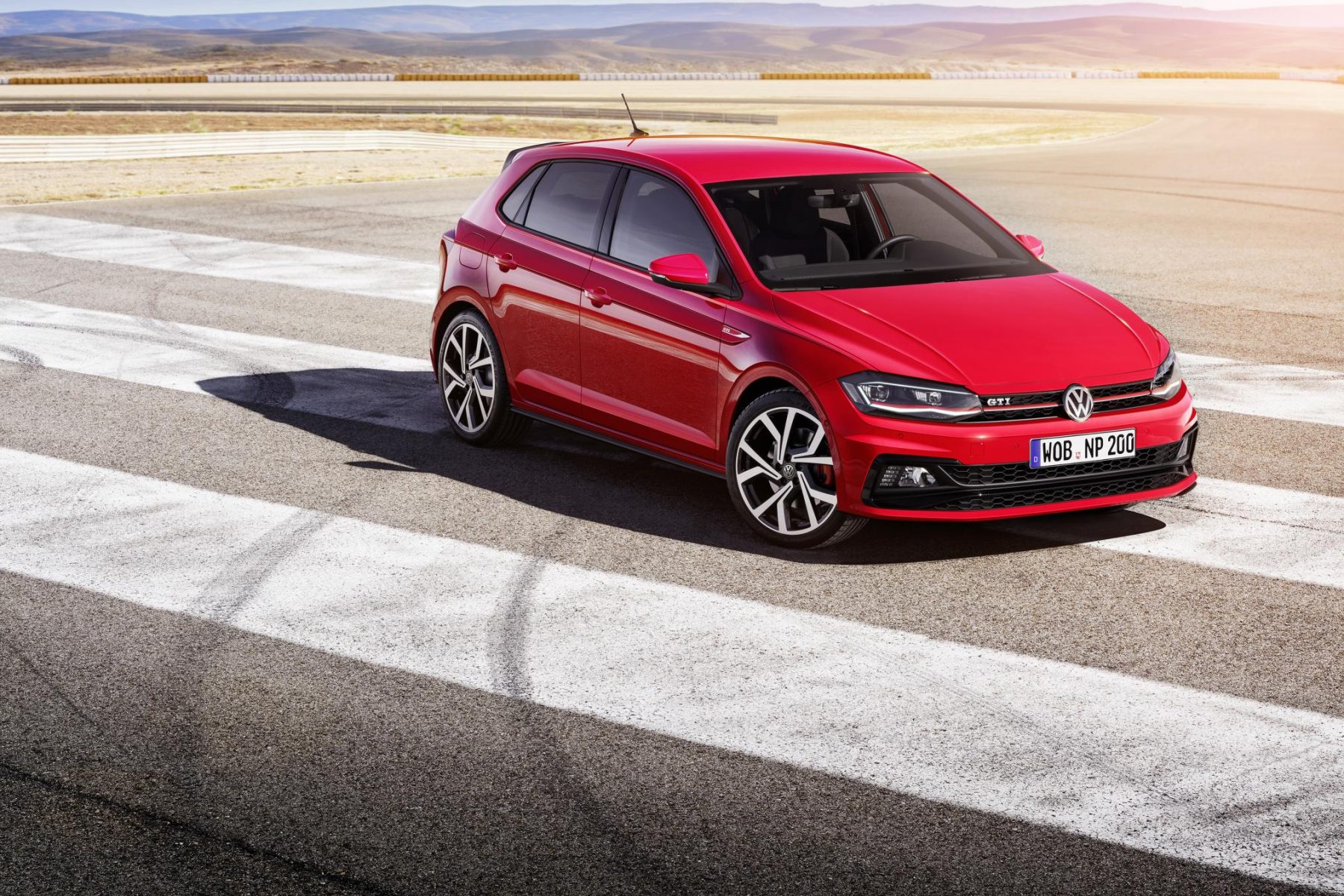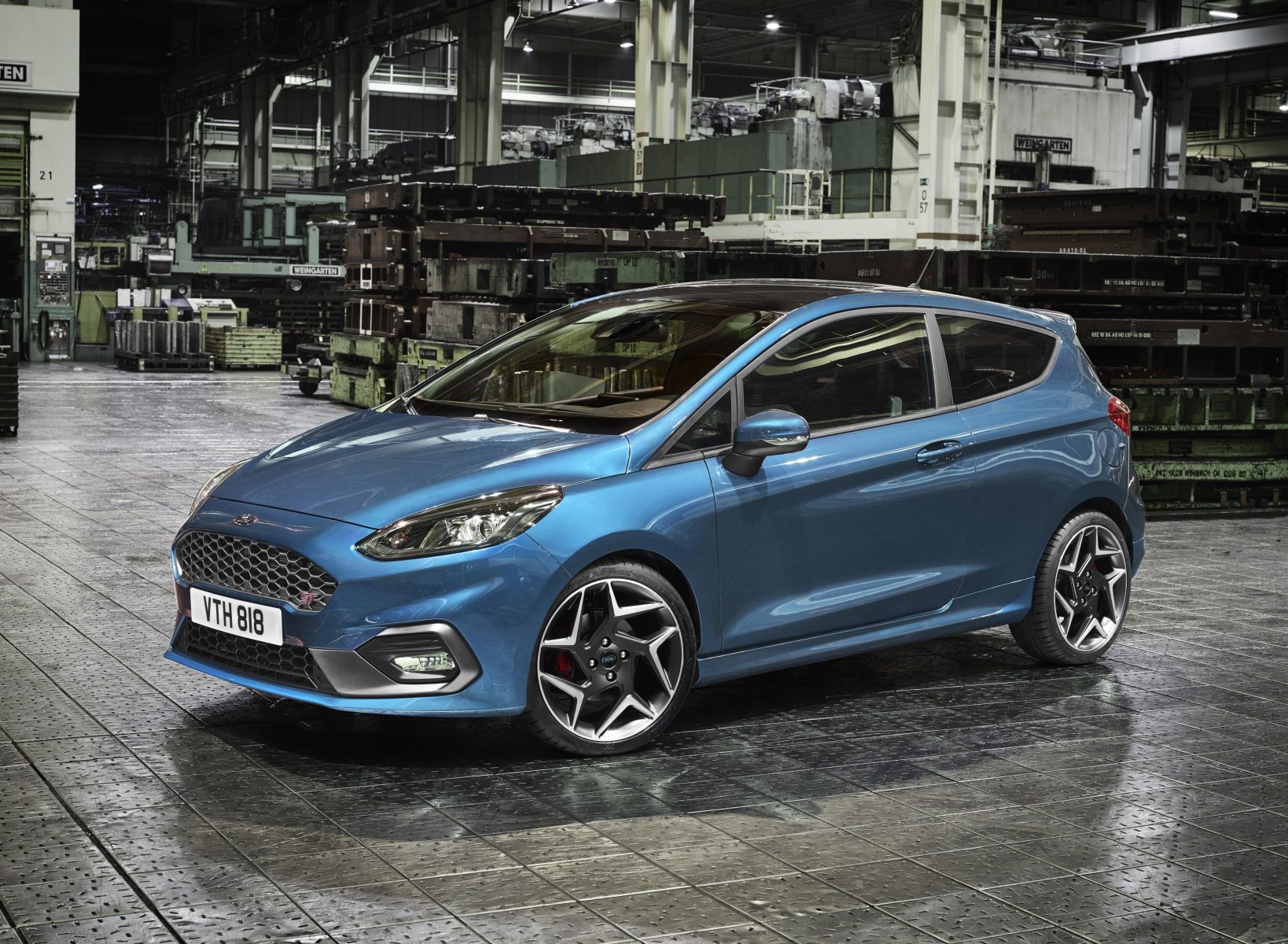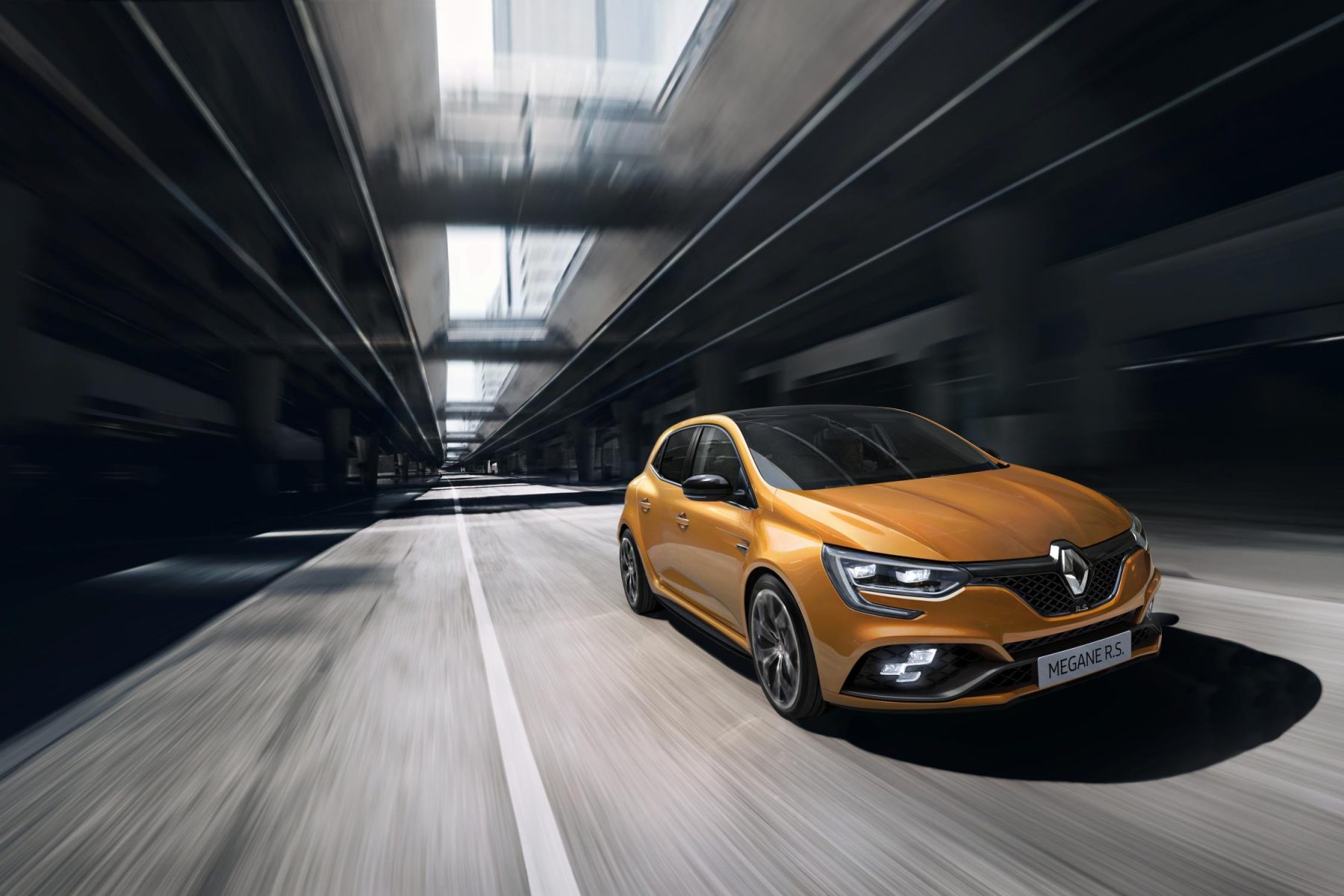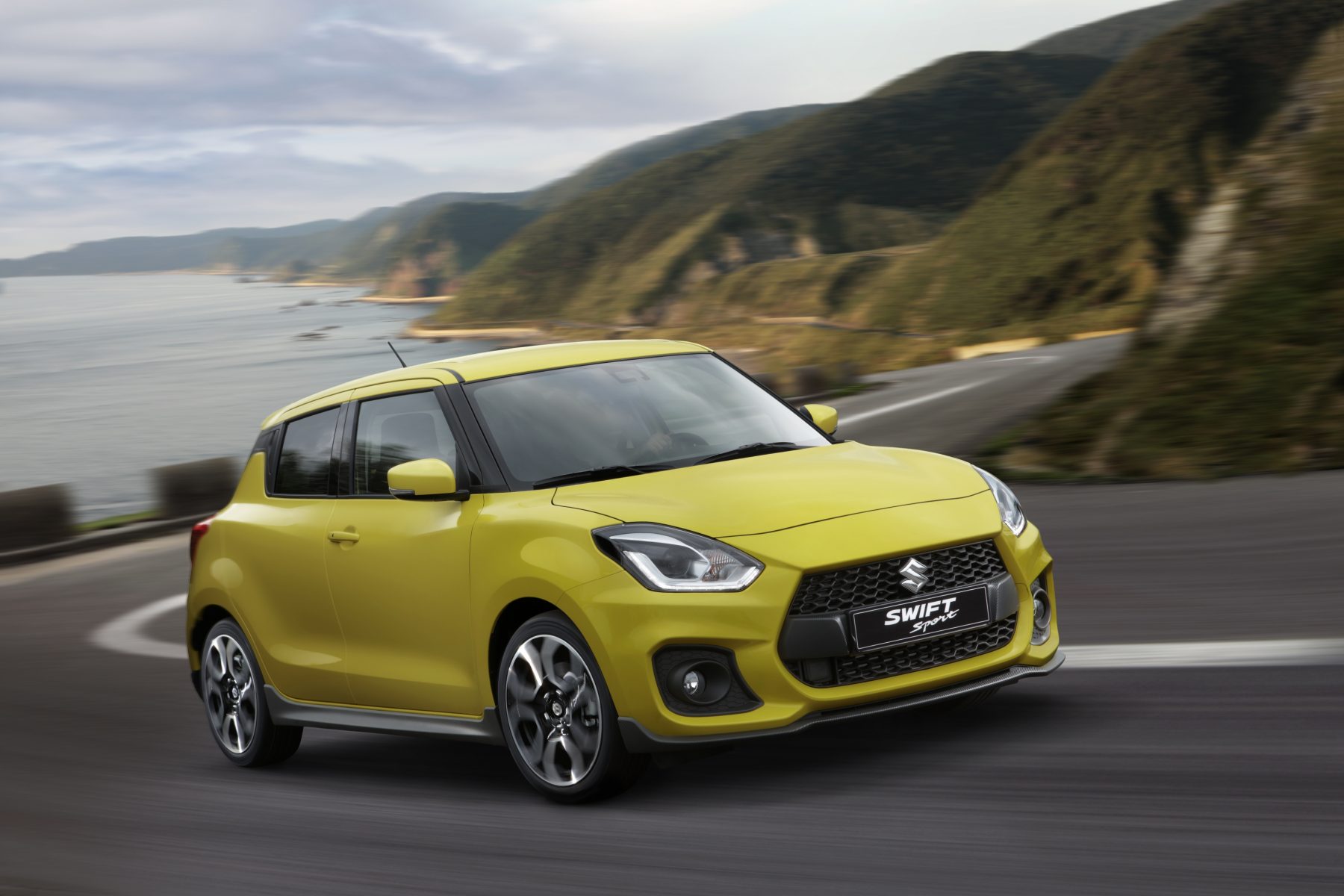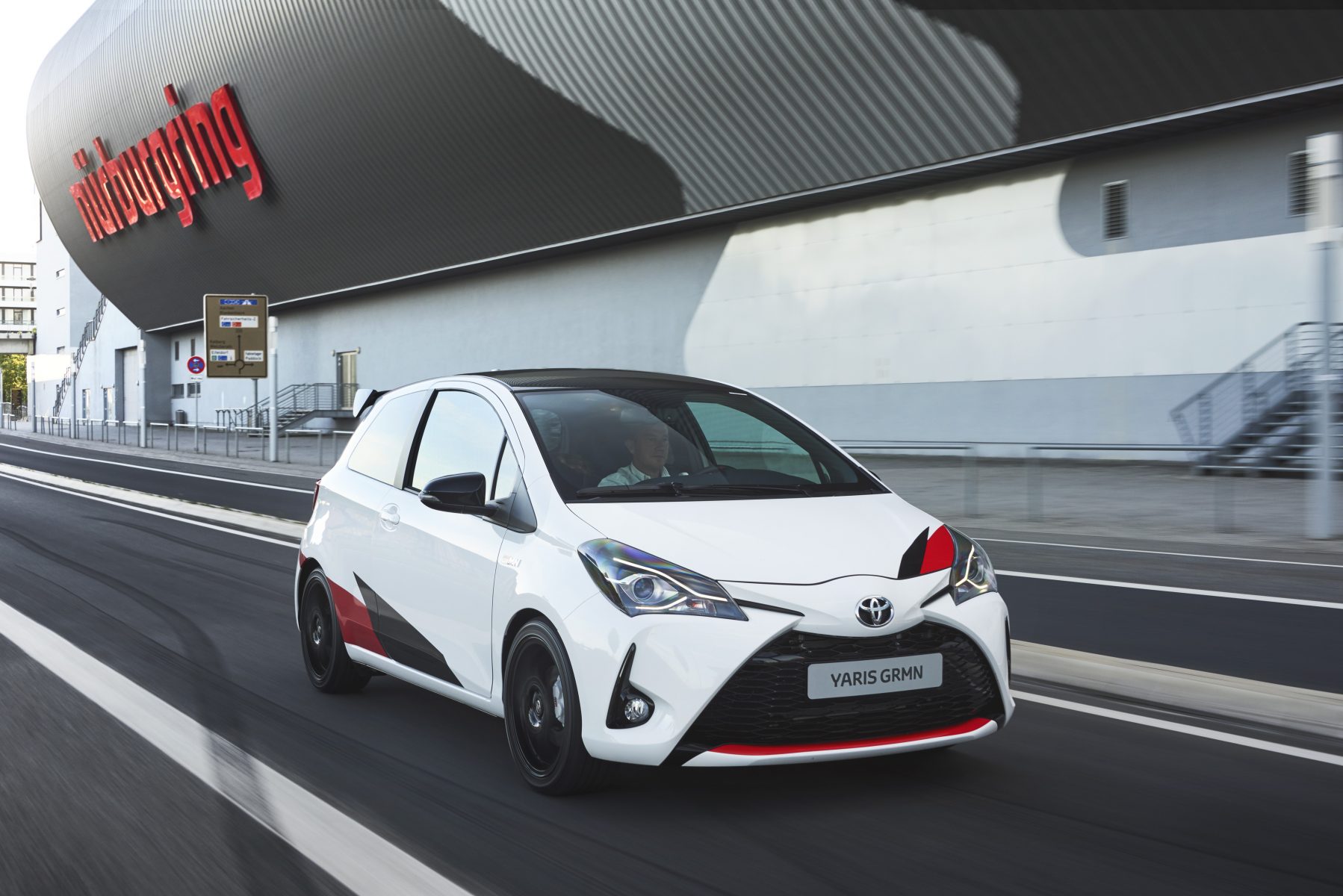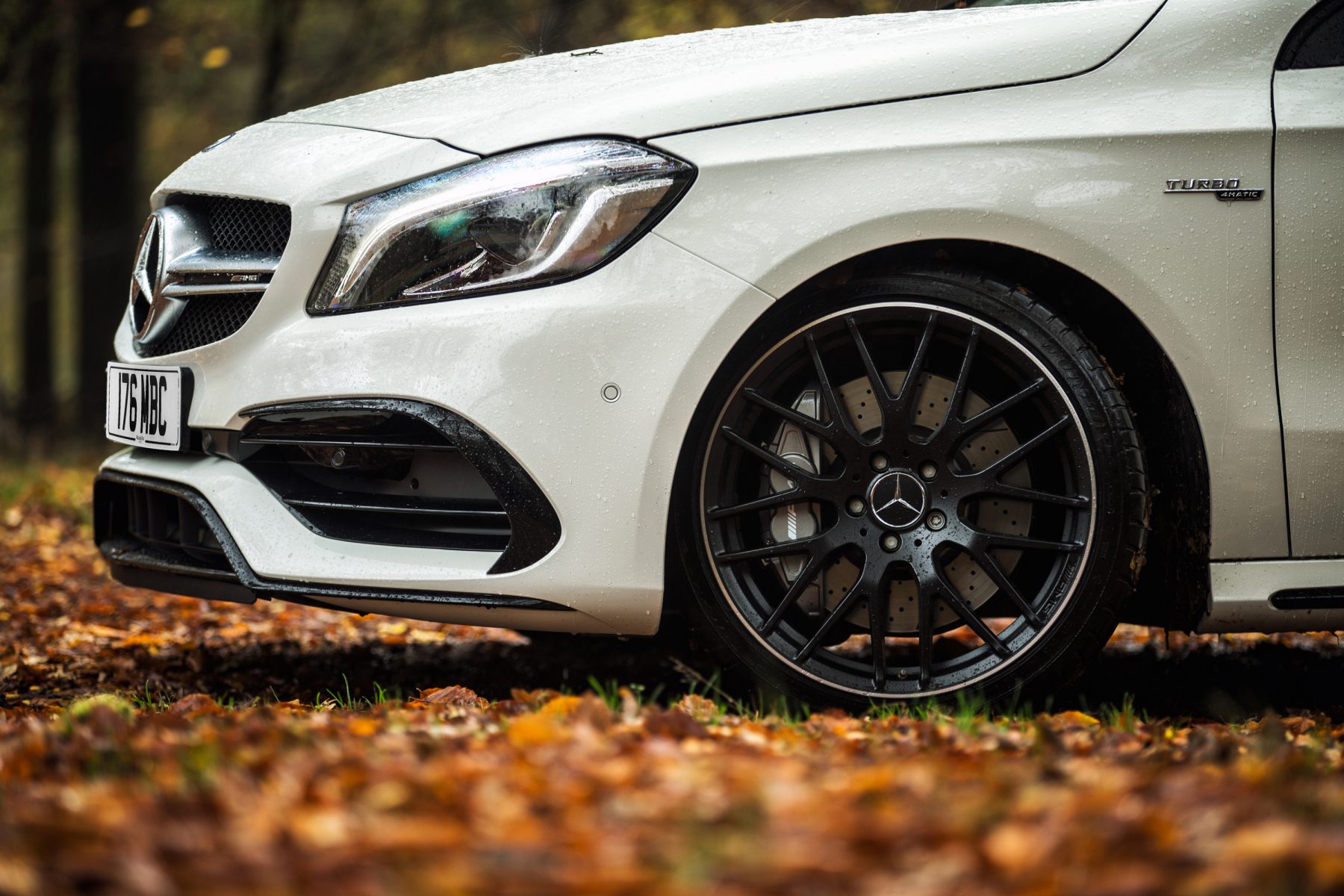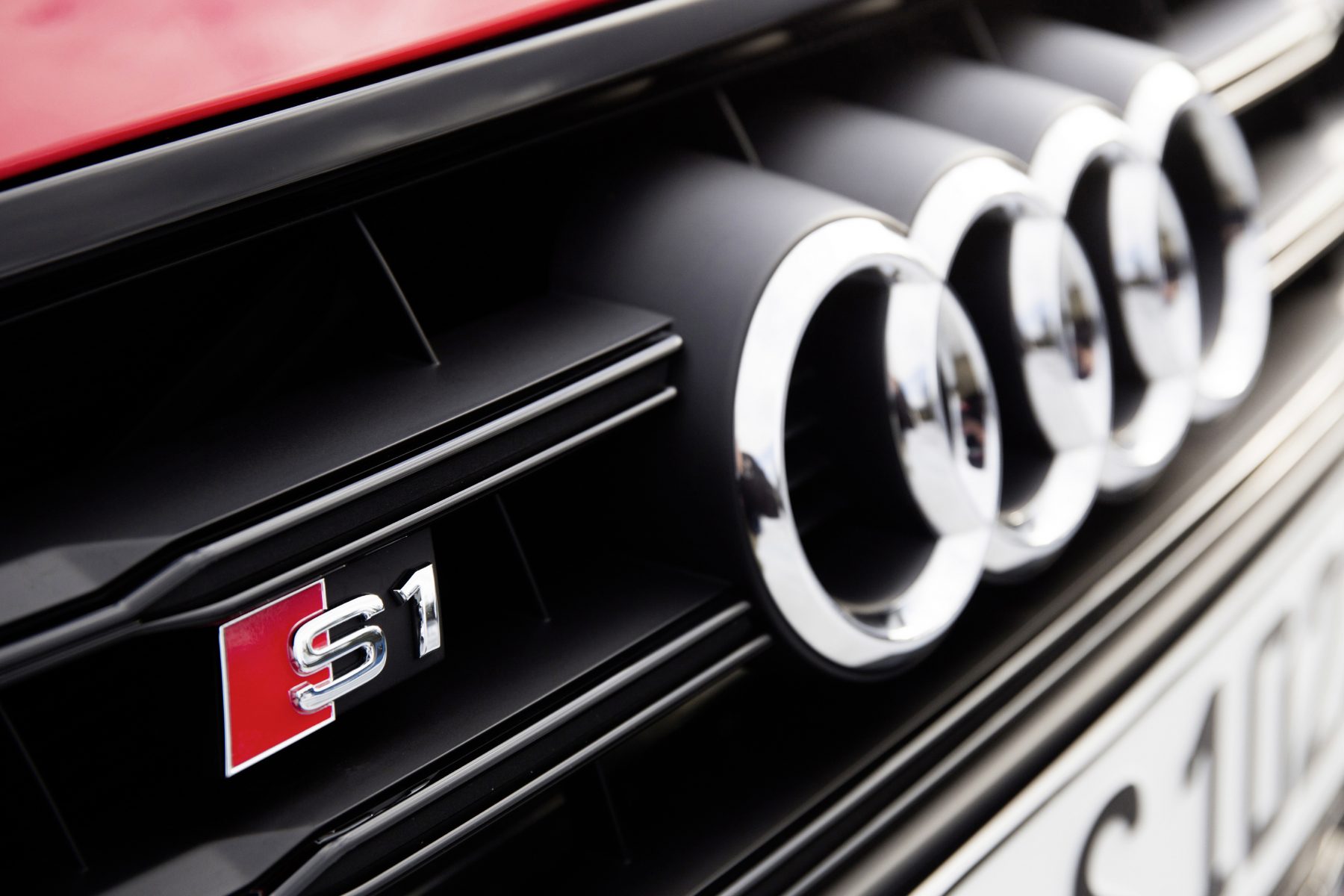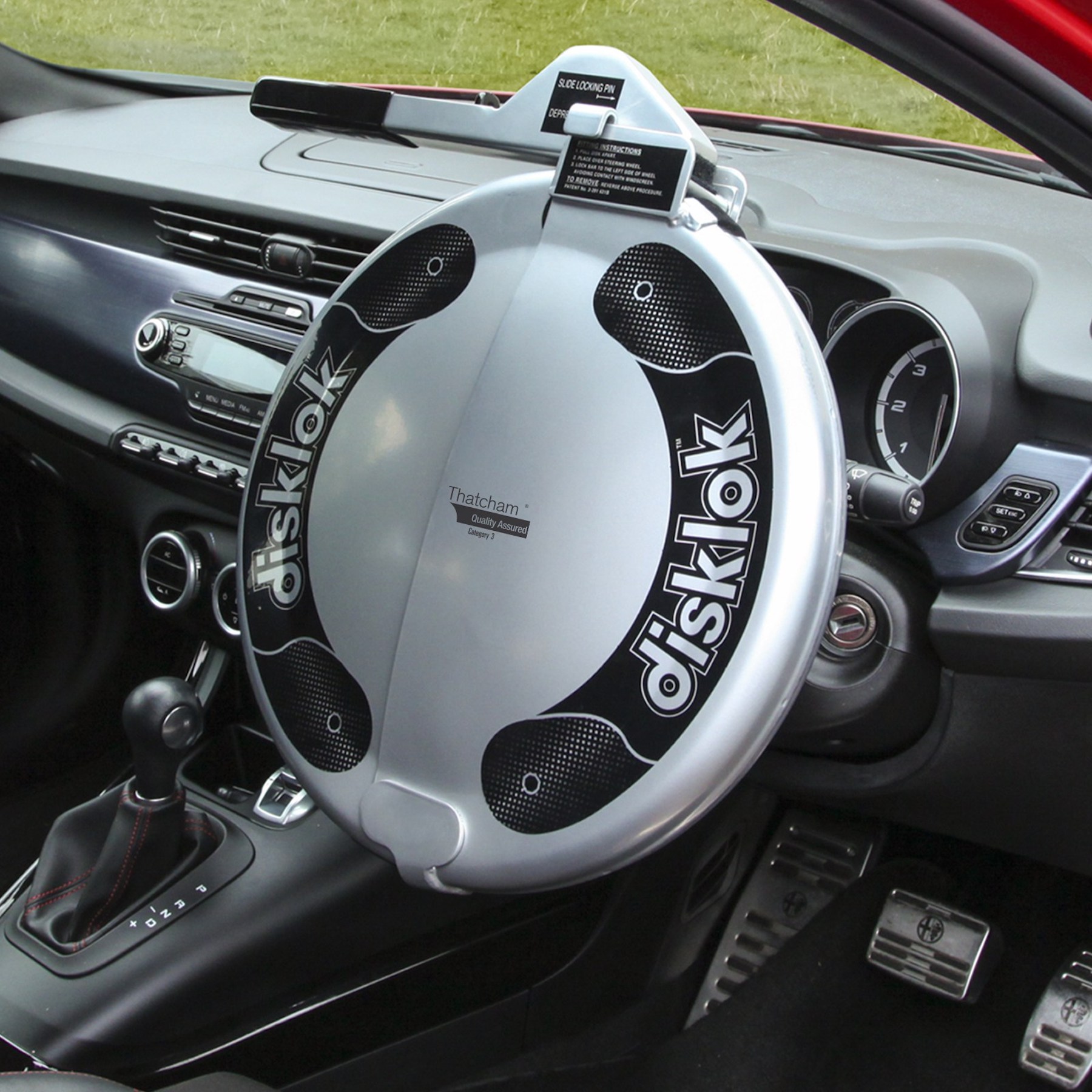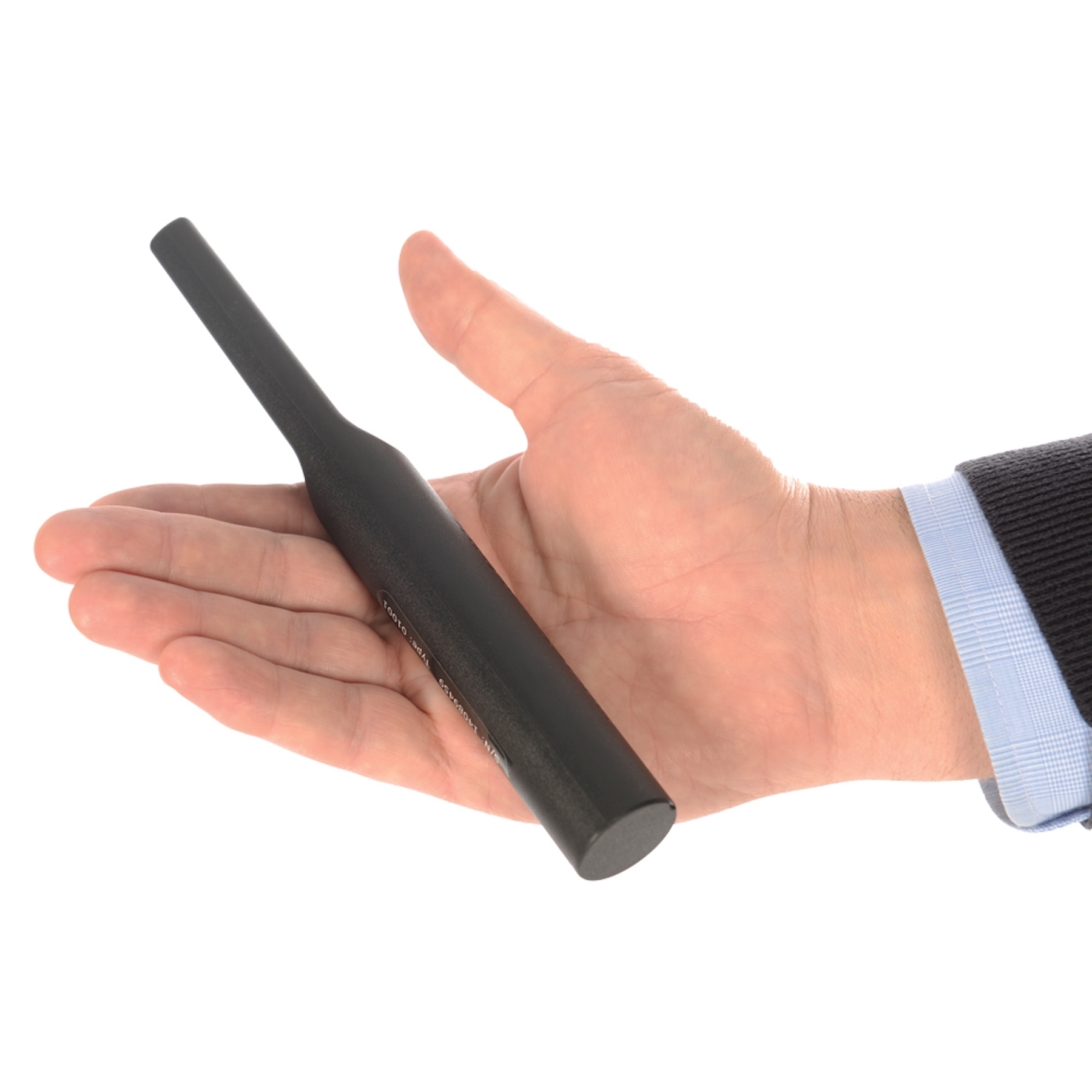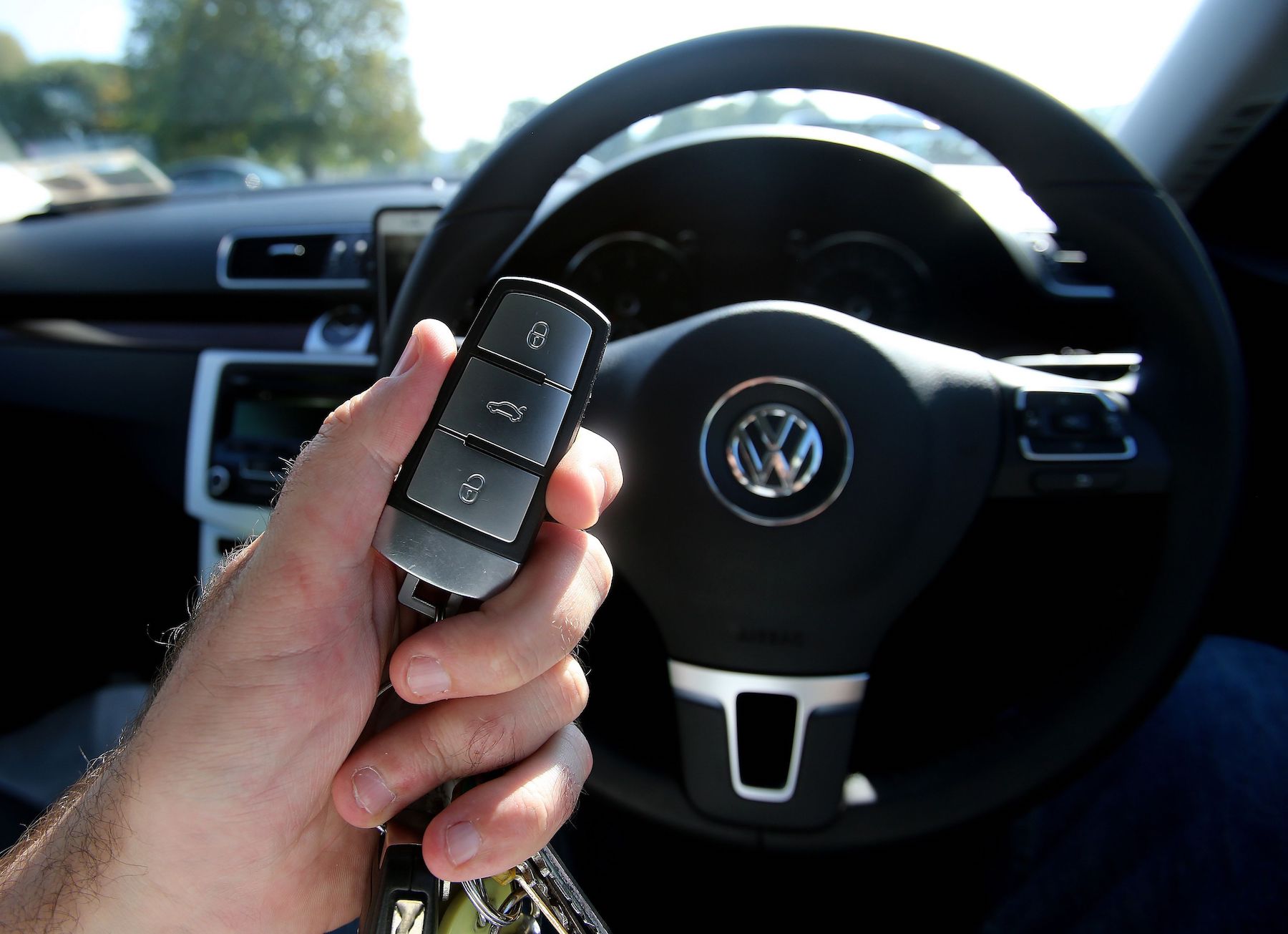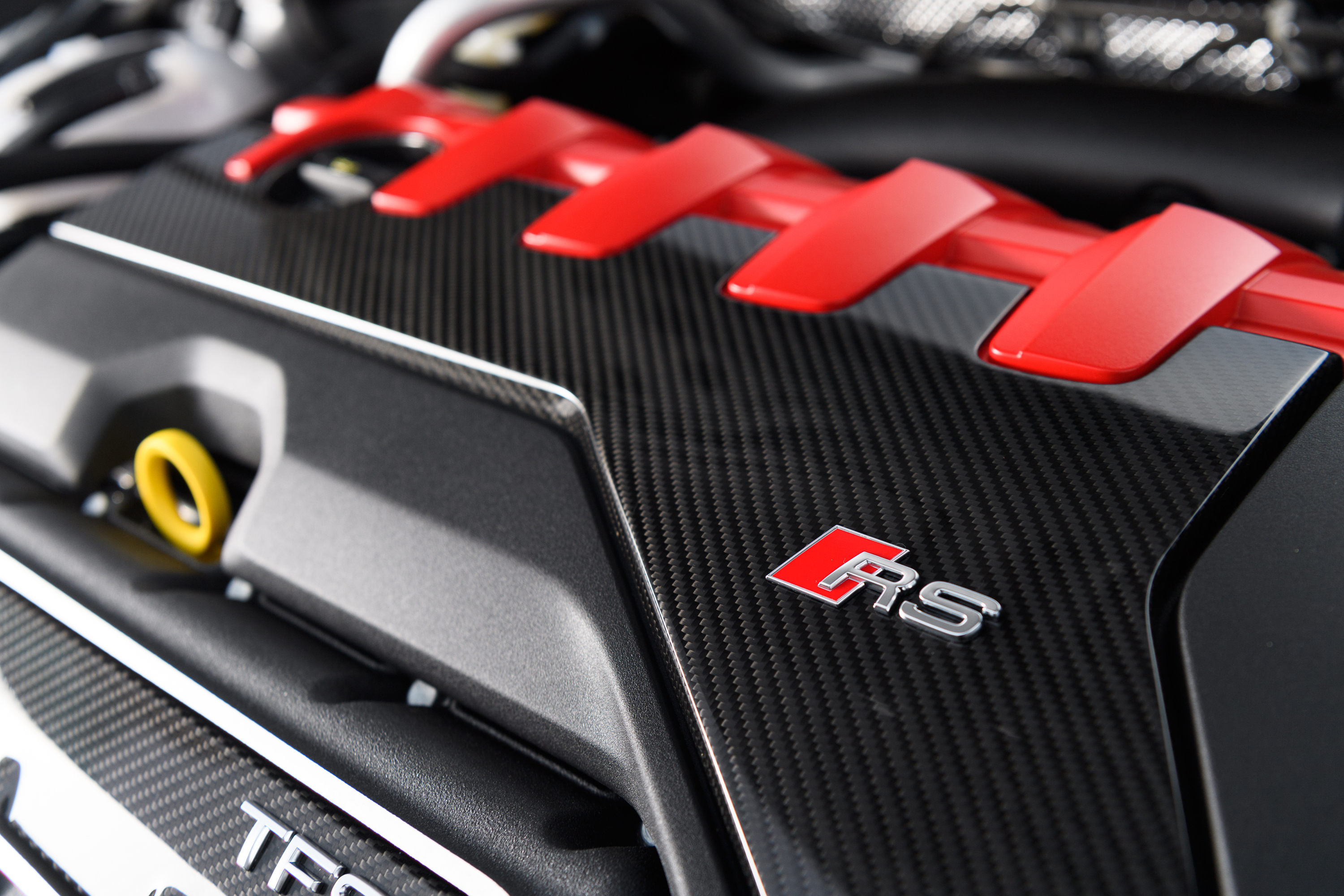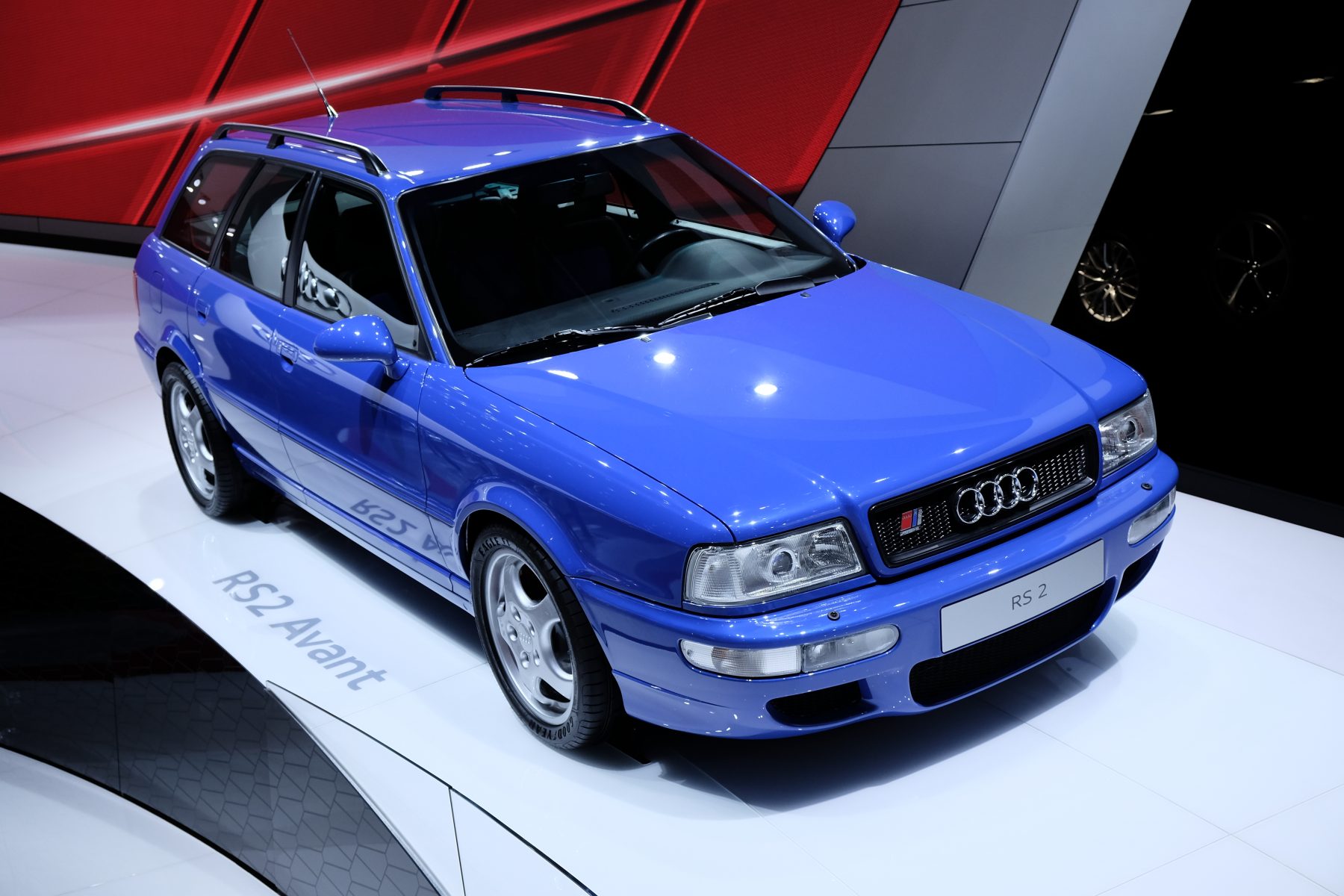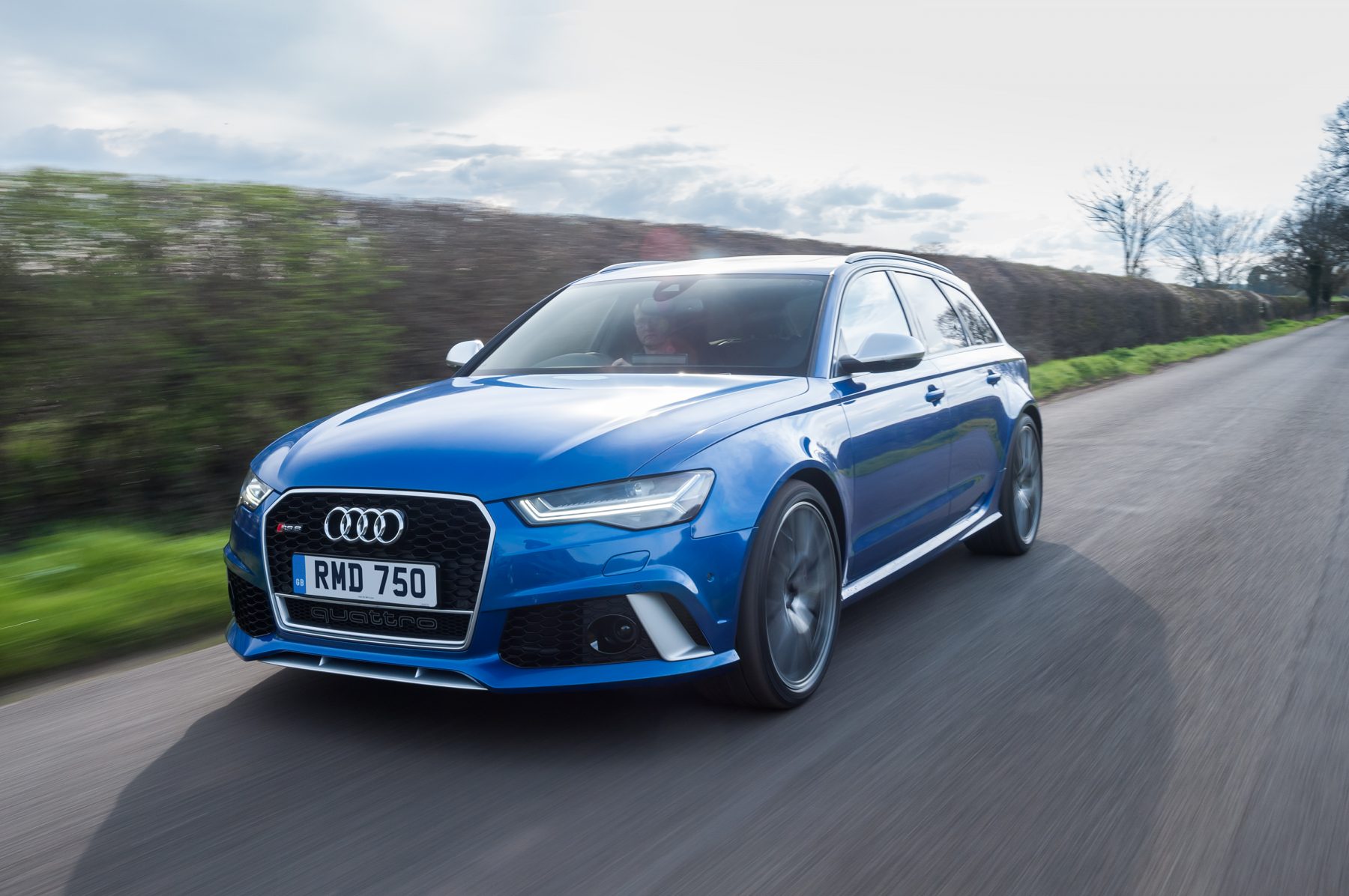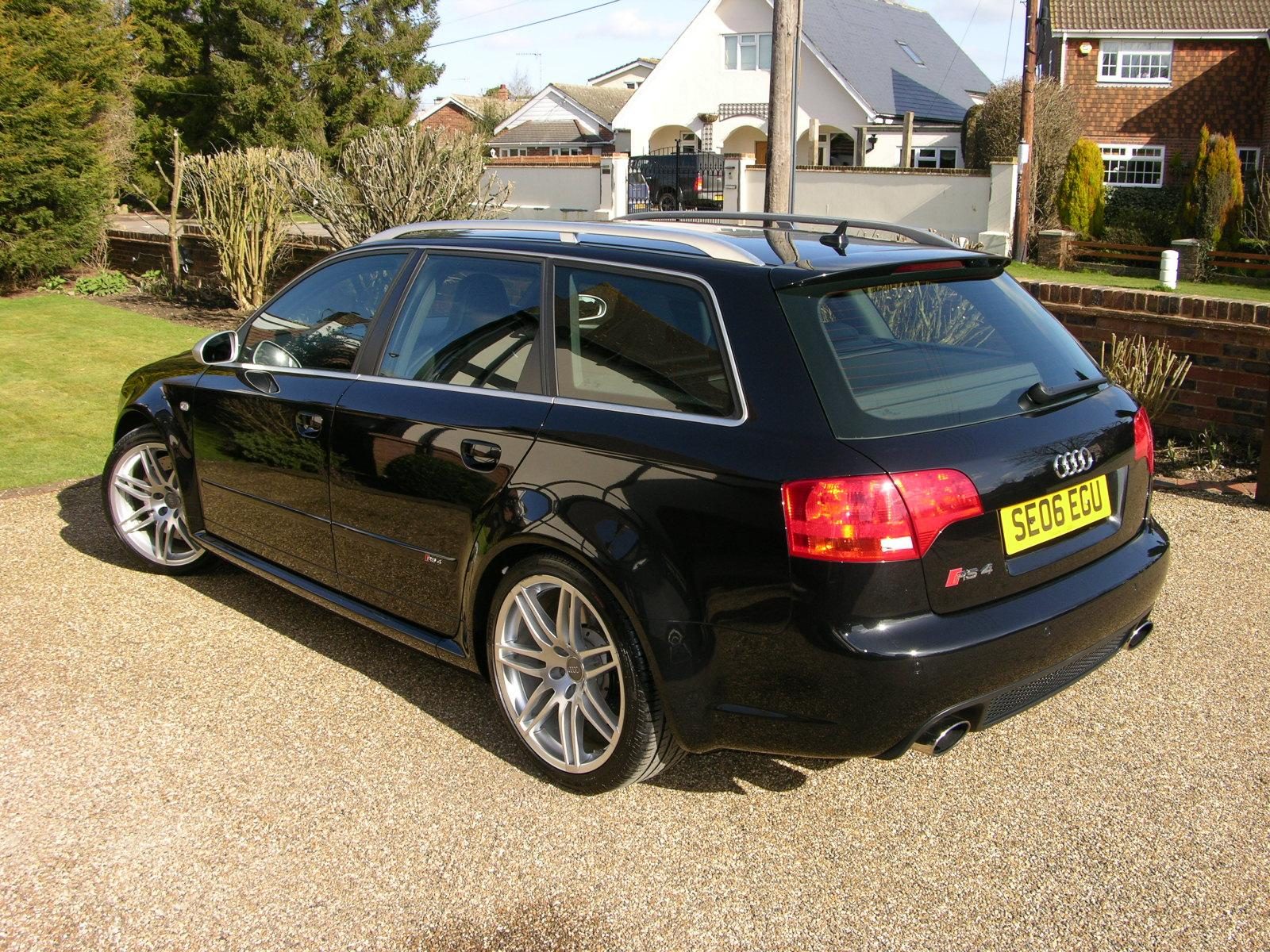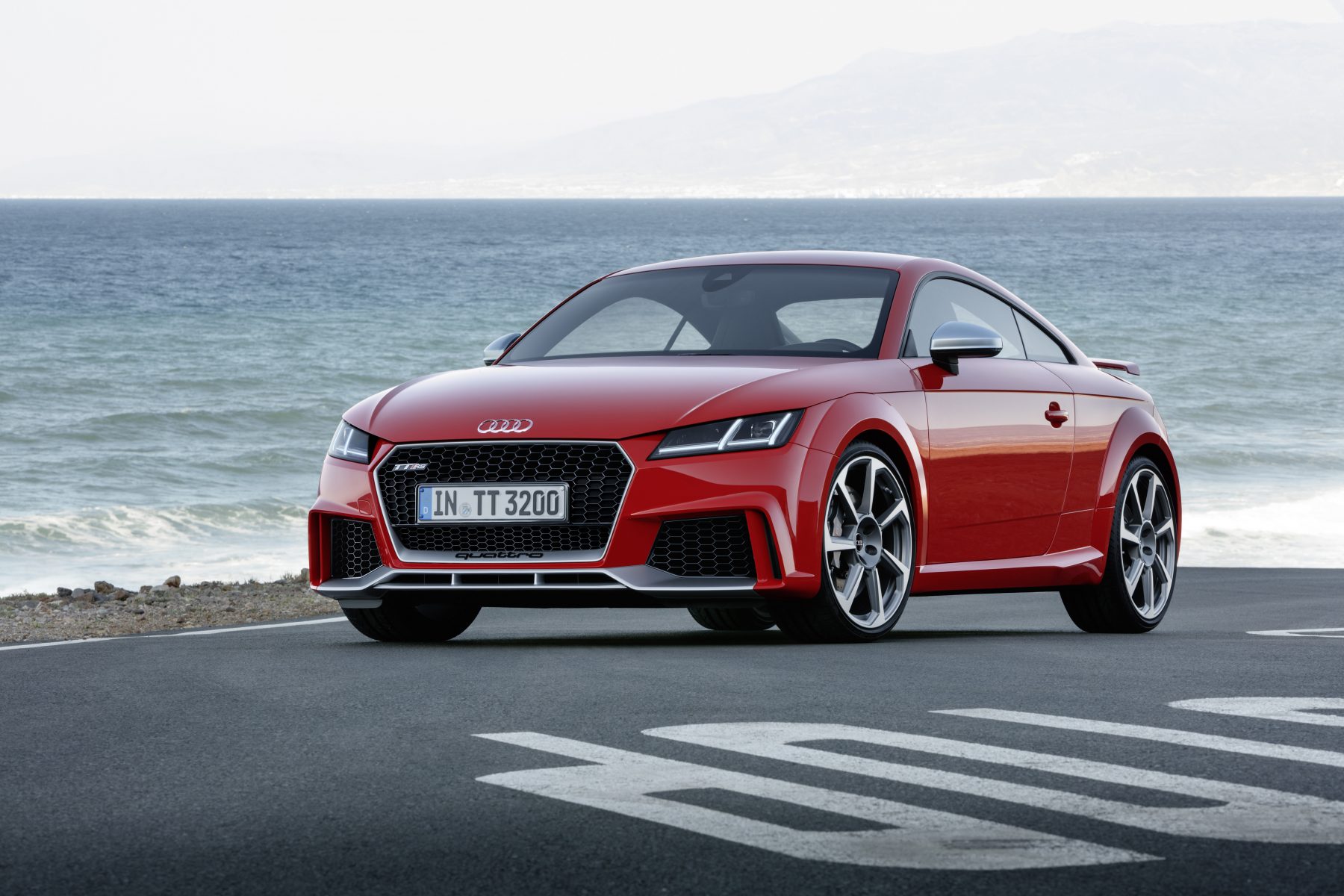Recent figures have shown that the most popular colour choice for new cars in 2017 was black. That’s not the worst news either, as it’s just part of a monochrome podium that includes grey in second place and white in third.
Depressingly, an obsession with perceived resale values and not wishing to offend the eyes of potential buyers means that Britain’s roads are in danger of losing colour altogether. Just look at the options lists for any new car and you’ll likely find it’s a similar story.
For example, the big-selling Audi A4 saloon is available in 12 paint finishes – nine of which are black, white, silver or grey. Even cars aimed at younger buyers aren’t immune – the new Volkswagen Polo can be had in blue, red, or orange – on top of eight monochromatic offerings.
But some manufacturers still light the way for a brighter future, offering various great colours in which you can spec your new car. We’ve rounded up some of the best on sale today – along with a few from history we just can’t forget.
Sonoma Green
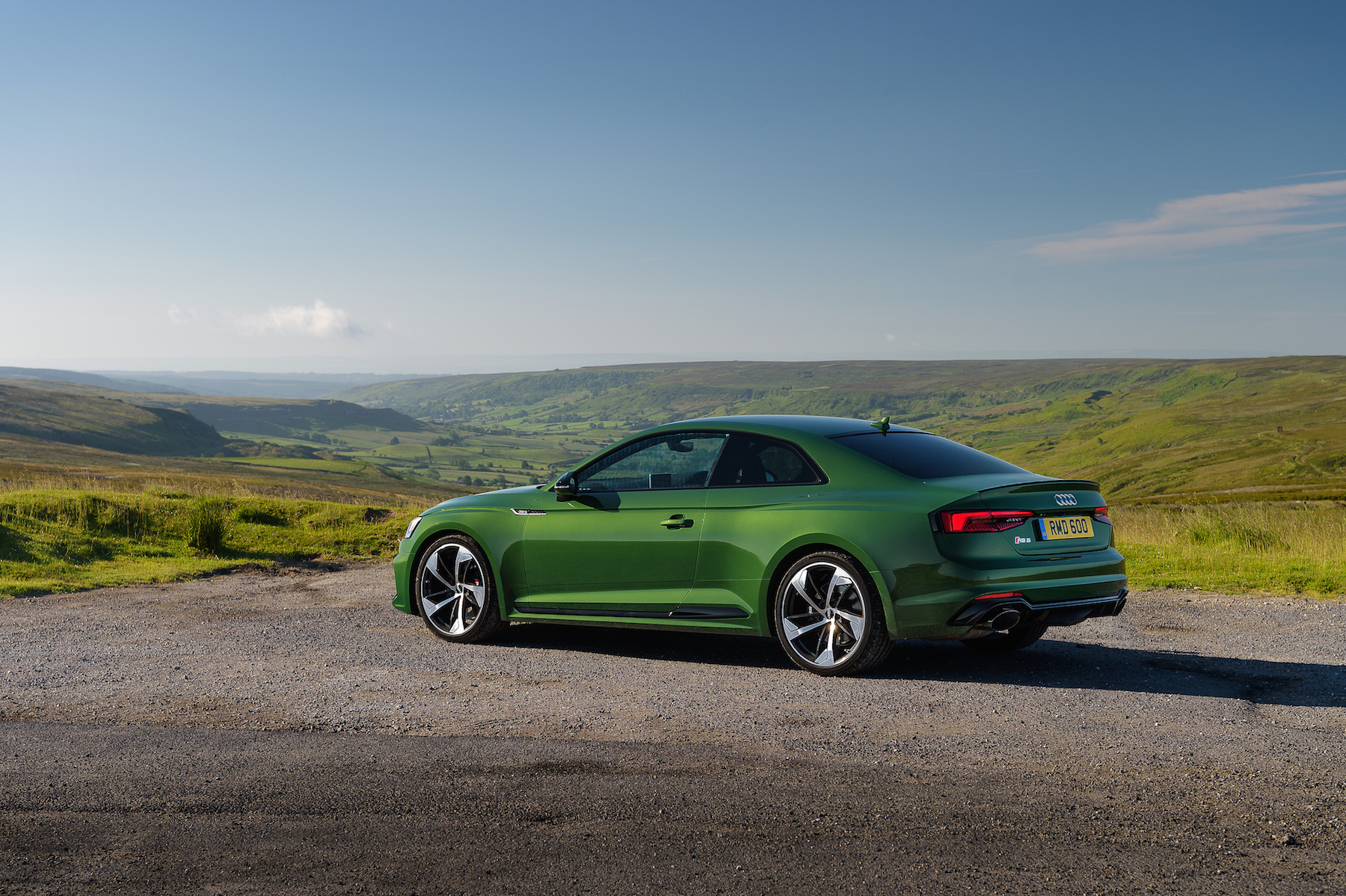
When the new Audi RS5 was launched, surprisingly little attention was paid to the car’s 444bhp V6 engine or quattro all-wheel-drive system. Instead, journalists and potential buyers alike were lusting over the colour.
It’s not that Sonoma Green is a particularly eye-catching shade, but it was an unexpected move from a company that launches most of its cars in silver or grey. We just wish it could be paired with a tan leather interior.
Lapiz Blue
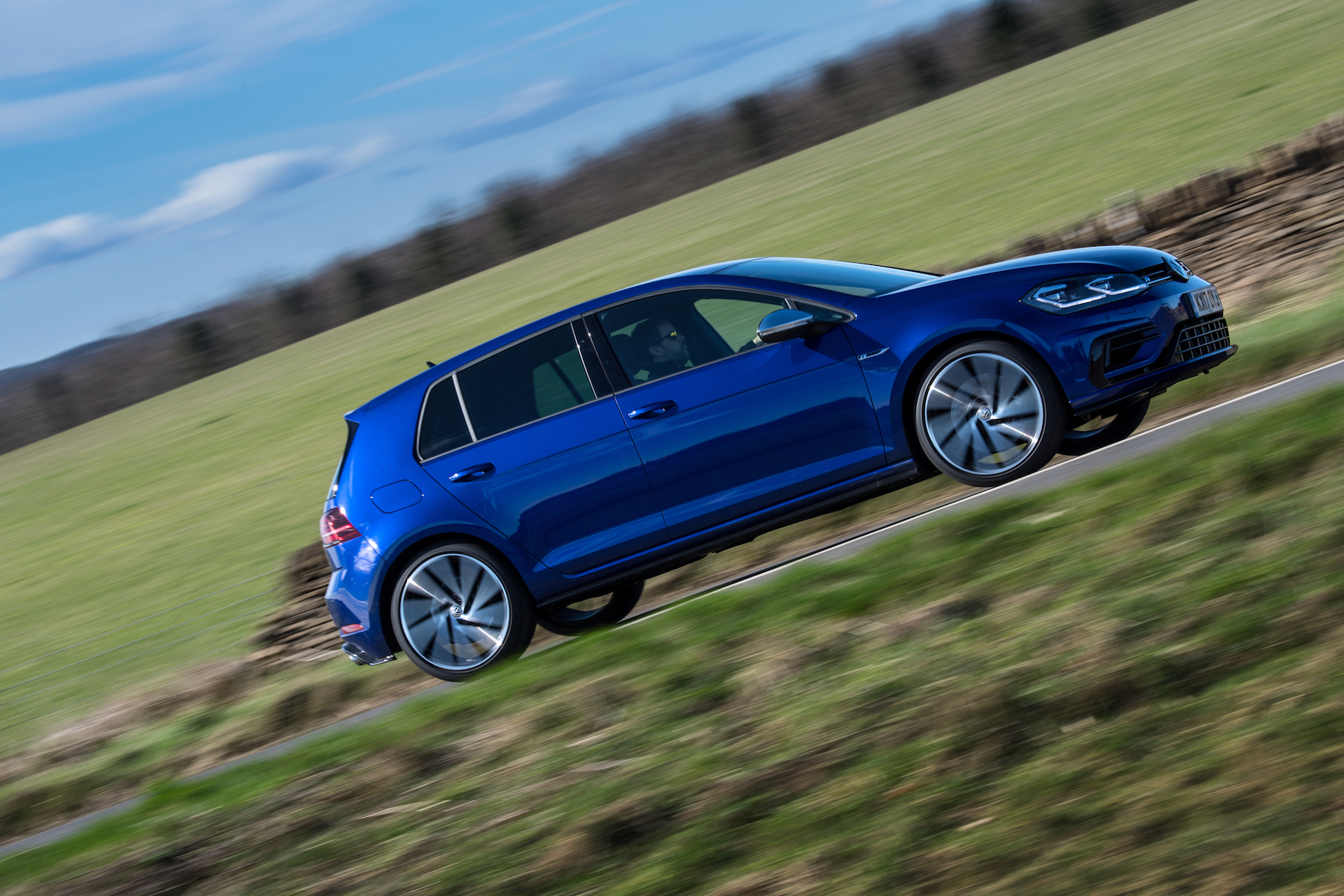
The best colour for a Golf GTI is red, but for the four-wheel-drive R, only one shade will do for us. It’s the gloriously deep Lapiz Blue, and it marks the R out as a more discreet and classy offering than its yobbish little brother.
Admittedly, a rash of brilliant finance deals means the R is a fairly common sight on UK roads – but we love the colour so much that we wouldn’t mind if every car was painted in it.
Soul Red
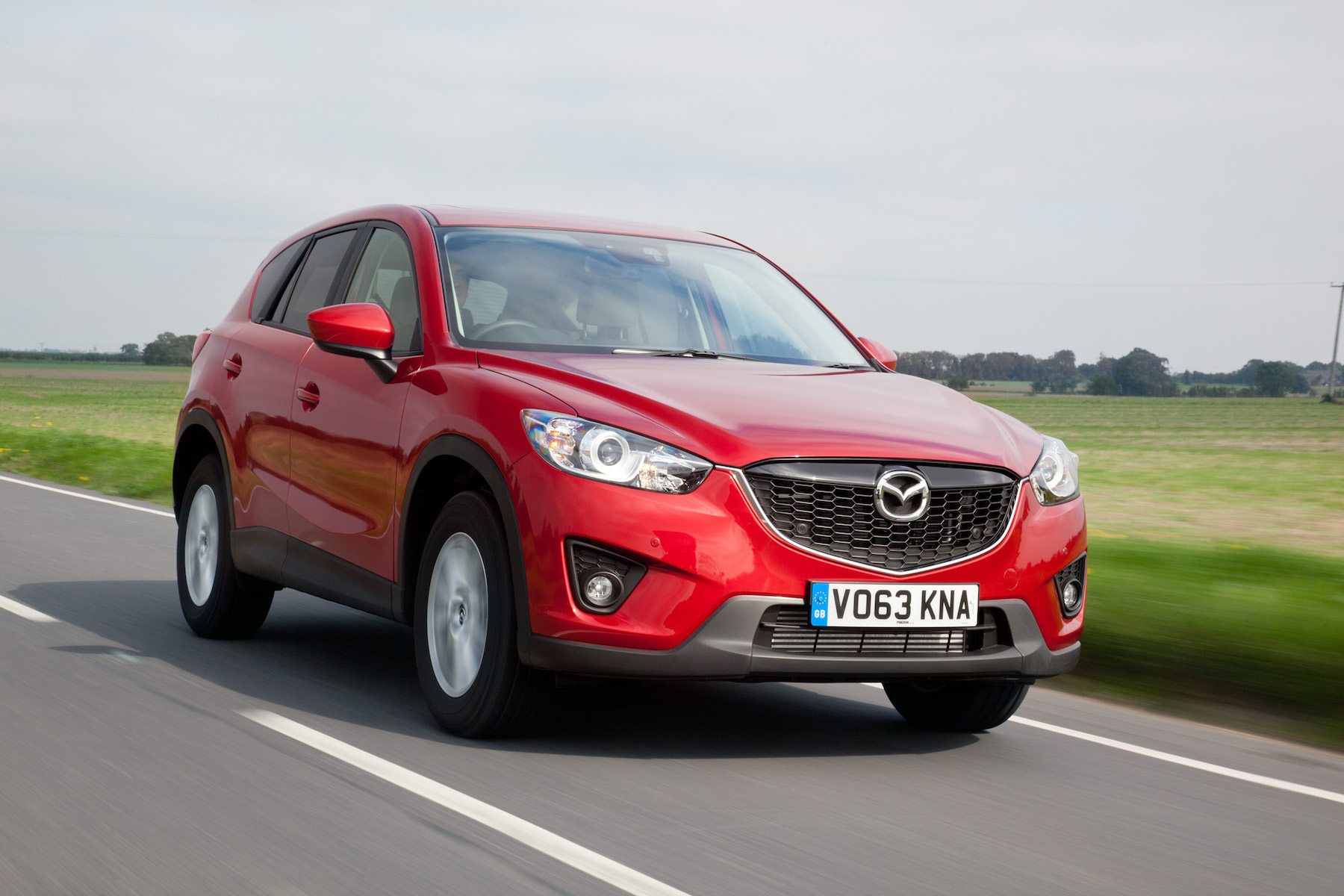
Very rarely does a manufacturer produce a colour that looks the business across its entire range of cars, but Mazda hit the nail on the head with Soul Red. Whether it’s on the tiny MX-5 or the beefy CX-5, it looks great.
Though other colour options are available, we can’t imagine why you’d choose them – plus, the majority are monochrome and dark shades.
Geyser Grey
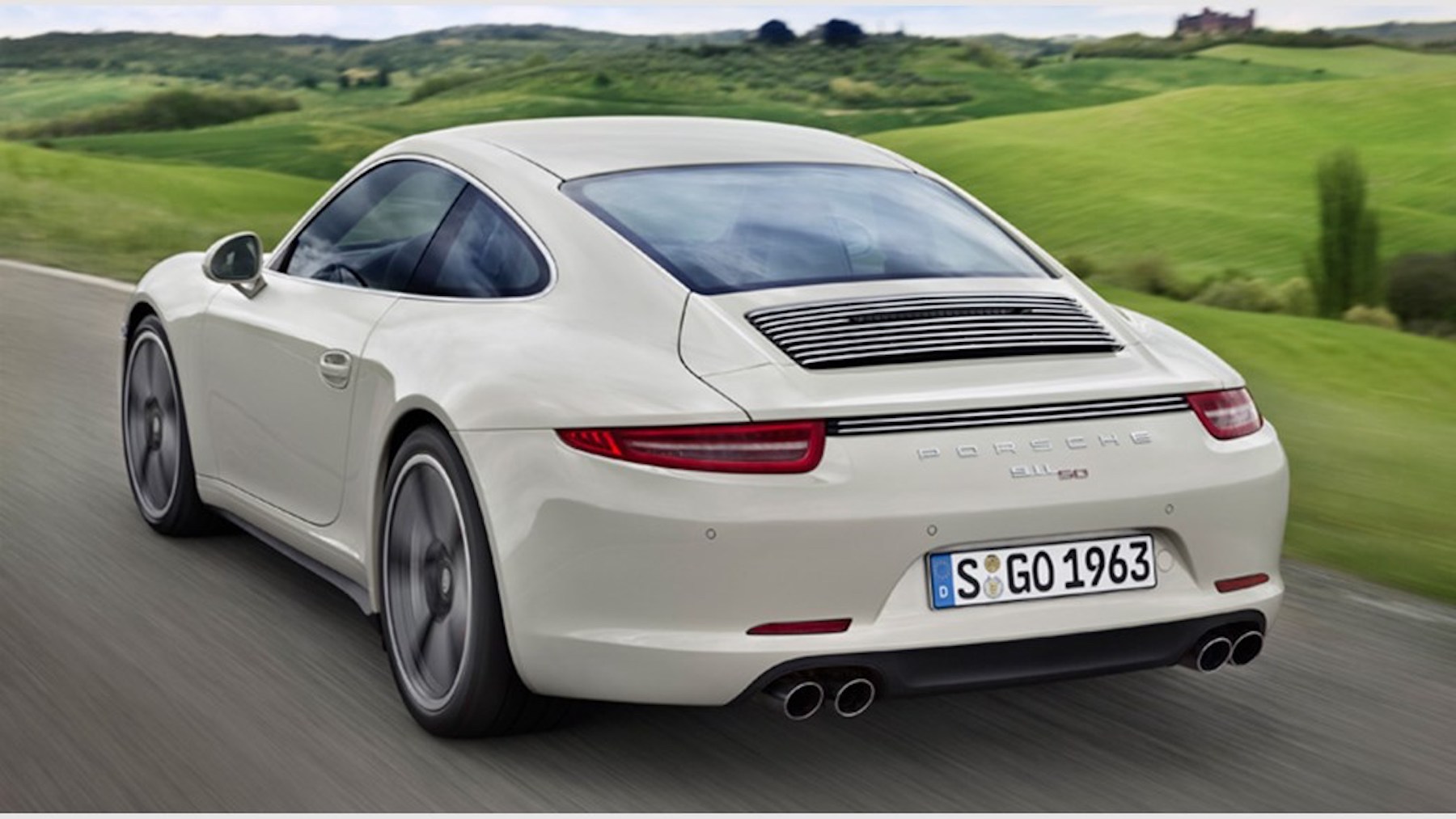
The 50th anniversary of the Porsche 911 brought us a glorious special edition. Fitted with a houndstooth cloth interior and recreation Fuchs alloys, it was a retro marvel that sold out quickly.
However, we’re more interested in the Geyser Grey metallic paint. It’s fantastically understated and suits the car down to the ground, without being just another shade of grey.
Cyan Racing Blue
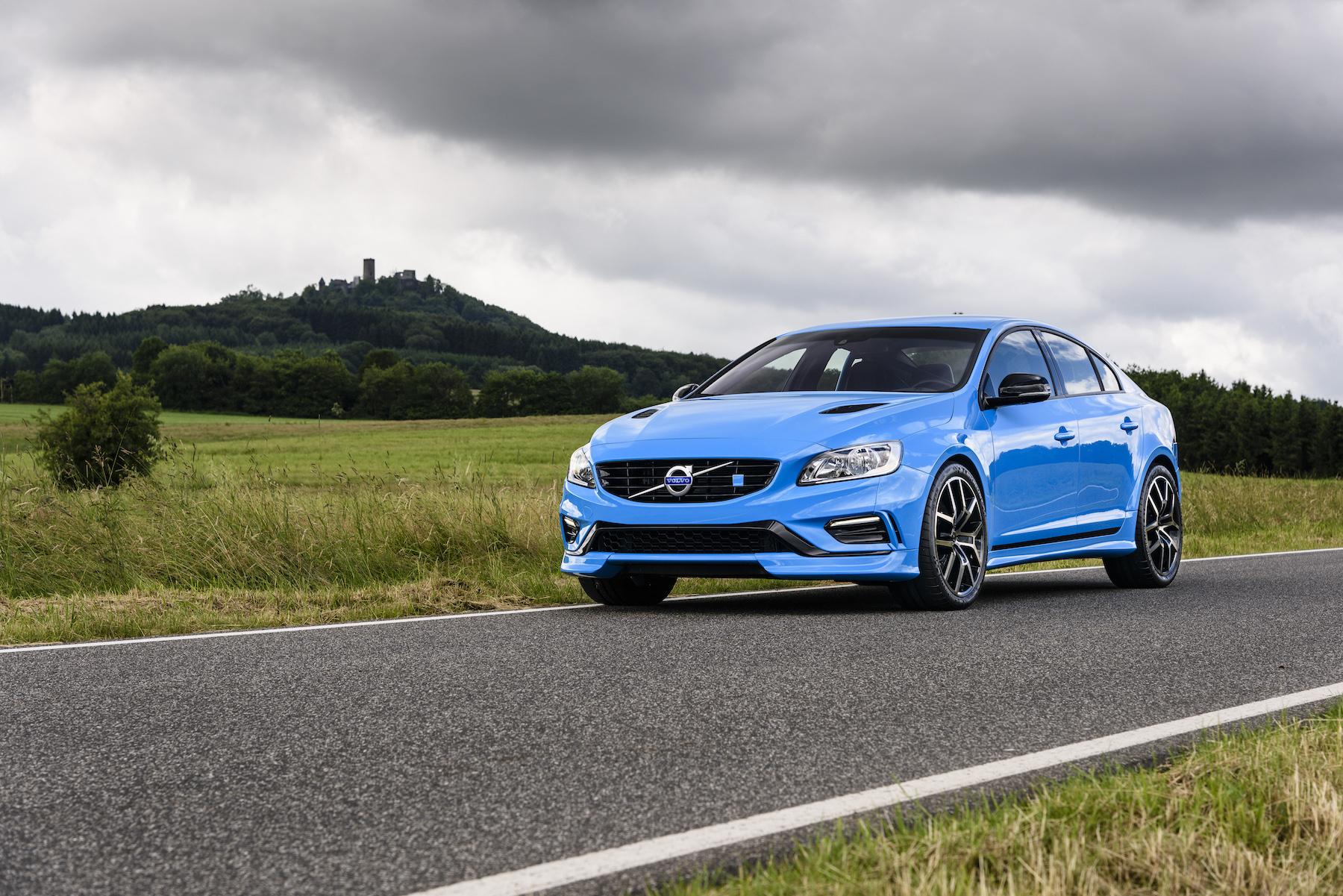
Volvos aren’t exactly known for being eye-catching and flamboyant, but the hot Polestar models are another story. They’re available in this brilliant, bright blue – technically called Cyan Racing Blue, but known to most as simply ‘Polestar Blue’.
With the right wheels and bodykit, Polestar Blue turns a practical and dull Volvo into a loud and proud masterpiece. We’re not biased at all.
Liquid Yellow
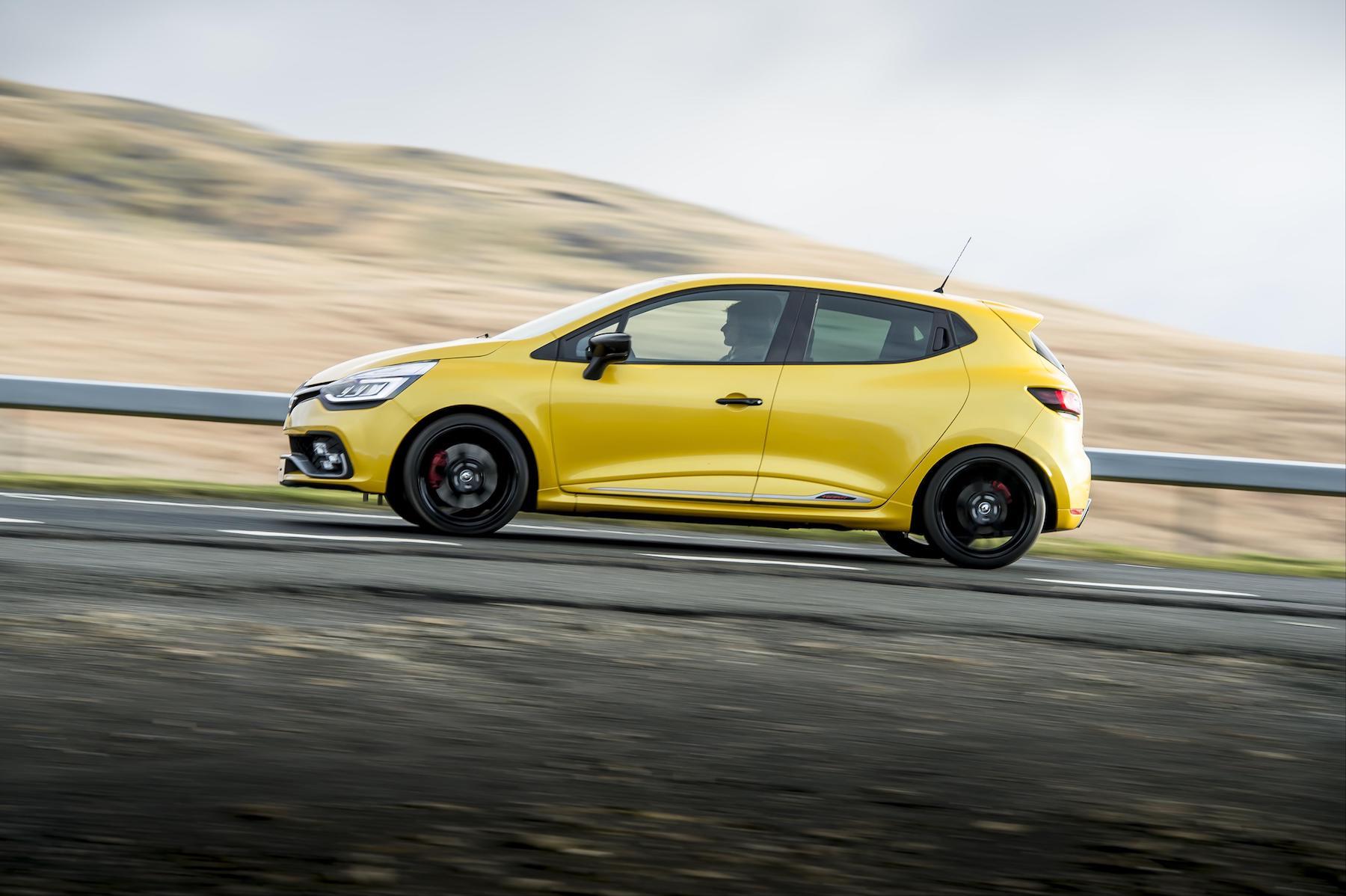
Yellow cars are oft-maligned, and sometimes are subject to abuse – one pensioner in a picturesque Gloucestershire village had his yellow car vandalised for spoiling tourist’s views. We wonder what the tourists would have made of a Renaultsport model in the firm’s brilliant Liquid Yellow.
Lifted right from the Renault F1 team’s livery, Liquid Yellow has been a stalwart of the RS range of hot hatchbacks for years – and always looks incredible. Paired with gloss black detailing, it makes the latest Clio RS one of the prettiest hot hatchbacks around.
MSO Amethyst Black
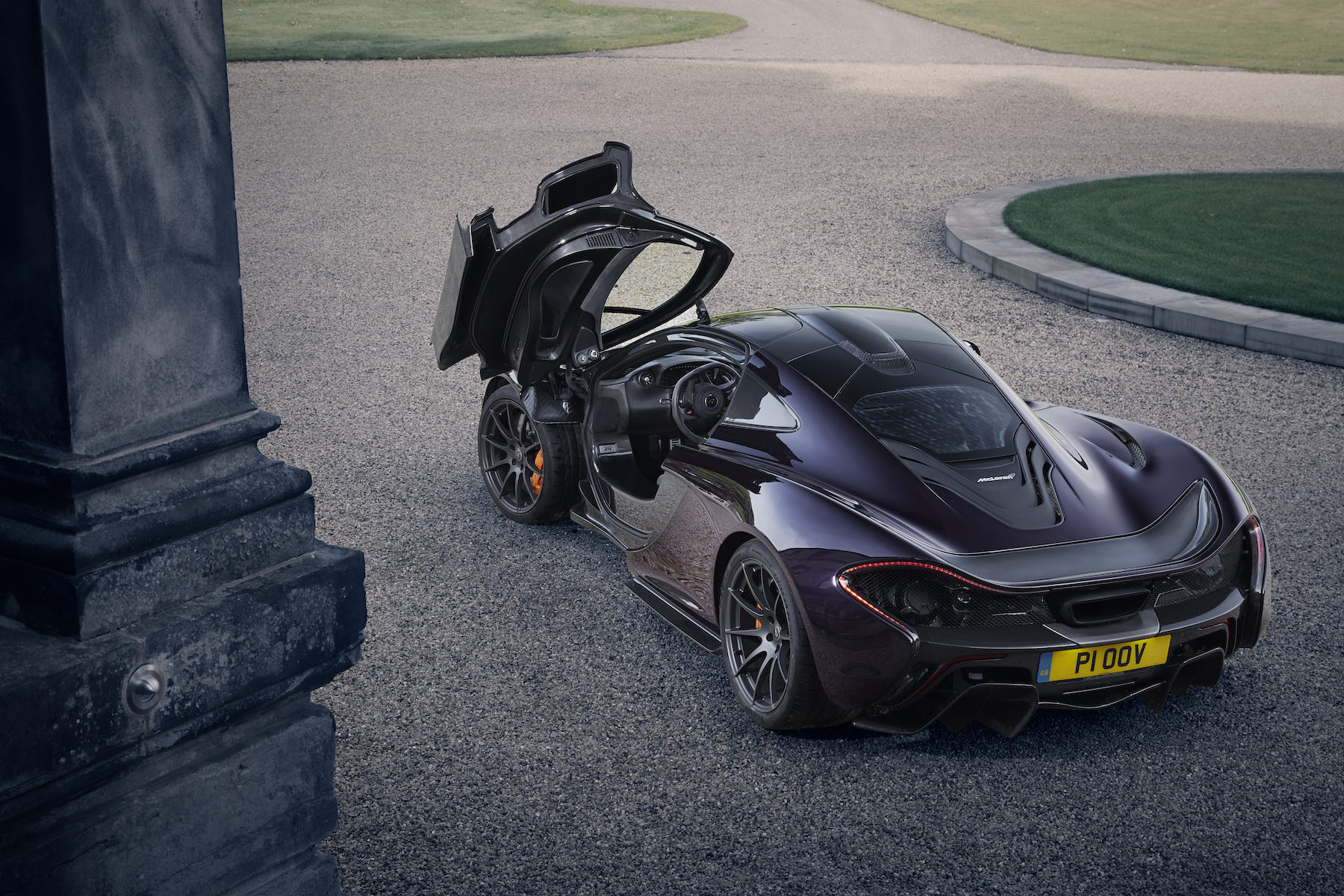
This is how you do black right. McLaren’s MSO division will create just about any bespoke colour you like, but we’re massive fans of Amethyst Black. It’s a sophisticated multi-layer colour, which appears dark until the light catches it just right – when it lights up with a deep purple hue.
When fitted on the curves and creases of a McLaren supercar, it’s just as eye-catching as a bright shade, and slides under the radar more easily, too.
WR Blue Mica
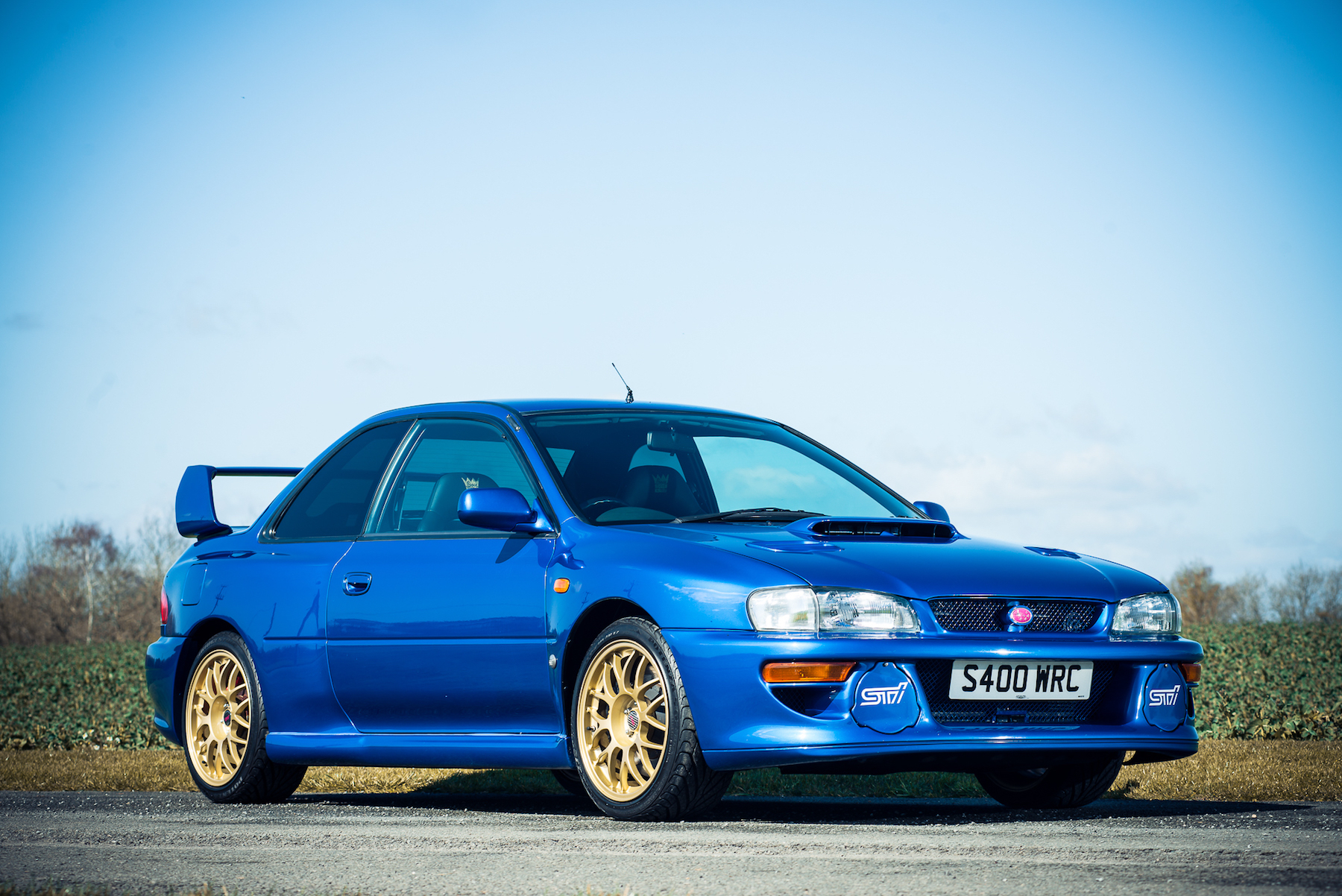
Think of a Subaru and you’re almost certainly going to picture an Impreza WRX STI, finished in WR Blue Mica with gold wheels to match.
The colour is synonymous with the Japanese manufacturer’s World Rally Championship success, winning three constructors titles between 1995 and 1997, while sporting the now-famous blue and gold colours. An Impreza in any other shade is just wrong.
Rosso Corsa

What colour is a Ferrari? Sure, the Italian brand’s supercars look amazing in yellow or blue – but Ferraris are red, and that’s how it always will be.
Rosso Corsa in its purer, non-metallic form is more often found on older Ferraris, with updated versions named Rosso Scuderia and Rosso Mugello equally popular on contemporary models. We like it best on the Ferrari F40 – as do many others, we’re sure.
British Racing Green
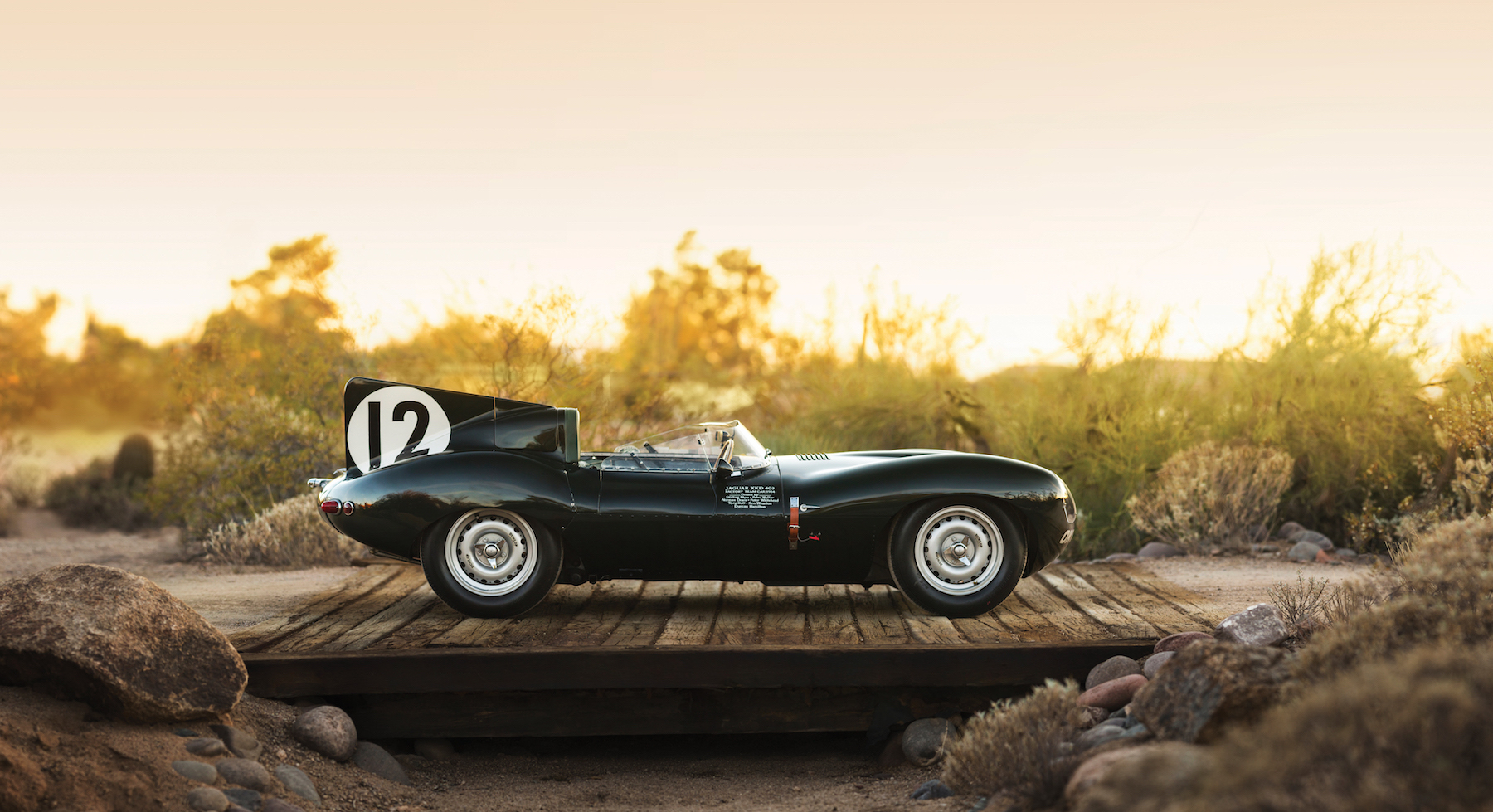
Patriotism ahoy – British Racing Green is absolutely the national shade, though the lack of small British sports cars wearing it is a cause for concern. Still, on vintage vehicles, nothing looks better.
Made famous by the 1954 Jaguar D-Type, various shades of green had appeared before on Bentley cars at Le Mans. It’s now relegated to the options list of Jaguar and Land Rover vehicles, usually under a different name. We say bring back BRG!

